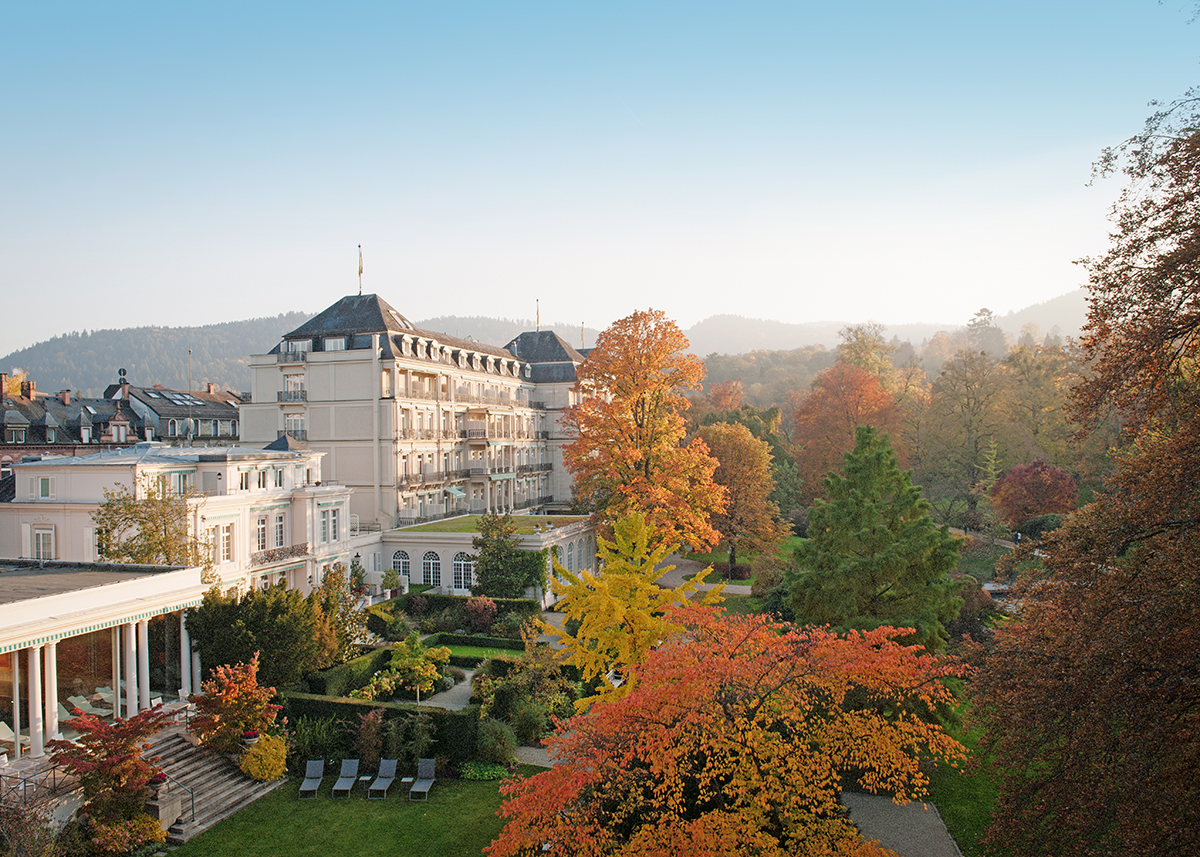
The grand exterior and park of the Brenners Park-Hotel & Spa in Baden-Baden
Our editor-in-chief reflects on travels to some of the world’s great hotels, old and new, across Europe and Asia
Brenners Park, Baden-Baden
Swing open the balcony door at the Brenners, and you are in a fairytale land of luscious trees and deep lawns, with a stream running along the end of the garden in front of you. Locals and tourists stroll along the path beyond, kids run in the flower-bedecked meadow.
Not that long ago, Baden-Baden in Germany was pretty much the place in the world to come to get away from it all. In the days before jets, the view from the Brenners Park, overlooking the gardens, with the tops of the hills of the Black Forest immediately beyond, and the opera house just down at the end of the park, was as good as it could possibly get.
Follow LUX on Instagram: luxthemagazine
It feels pretty good right now. I ease myself into one of the balcony chairs, listening to the birdsong, reflecting that we are in the heart of Europe, a tiny distance from my home, somewhere unencumbered by the over-commercialisation of modern tourist destinations, and without hurricanes, typhoons or sweltering heat.
The hotel is in a little valley which itself is the centre of the spa town of Baden-Baden. Walk out through the grounds, over a little bridge, turn right and you are in a Baroque town centre within around four minutes’ walk. The park itself feels like the hotel’s back garden. Arriving at the grand entrance, you are aware of drawing up at an institution that has attracted the world’s great and good since 1872. Emperors from Germany to Persia stayed here. The reception area has the feel of the ground country house, rather than a city hotel, and a short climb up an oak-panelled staircase (or in a cute vintage lift) took us to a grand corridor with our suite at one end, and the connection to the adjoining villa containing the hotel’s famous wellness and spa area.
True to its history, the Villa Stéphanie is a health, medicine and recuperation centre in its own right. Sure, you can swim lengths in the conservatory pool and chillax on wooden sun loungers inside facing the park, or outside in the park in summer. You can also have a treatment and a tour of the wet facilities in the 5,000sq m spa, with its pool areas overlooking the gardens. You can also get proper medical consultations and physiotherapy along with everything else – the medical centre is housed in yet another building, adjacent to Villa Stéphanie.
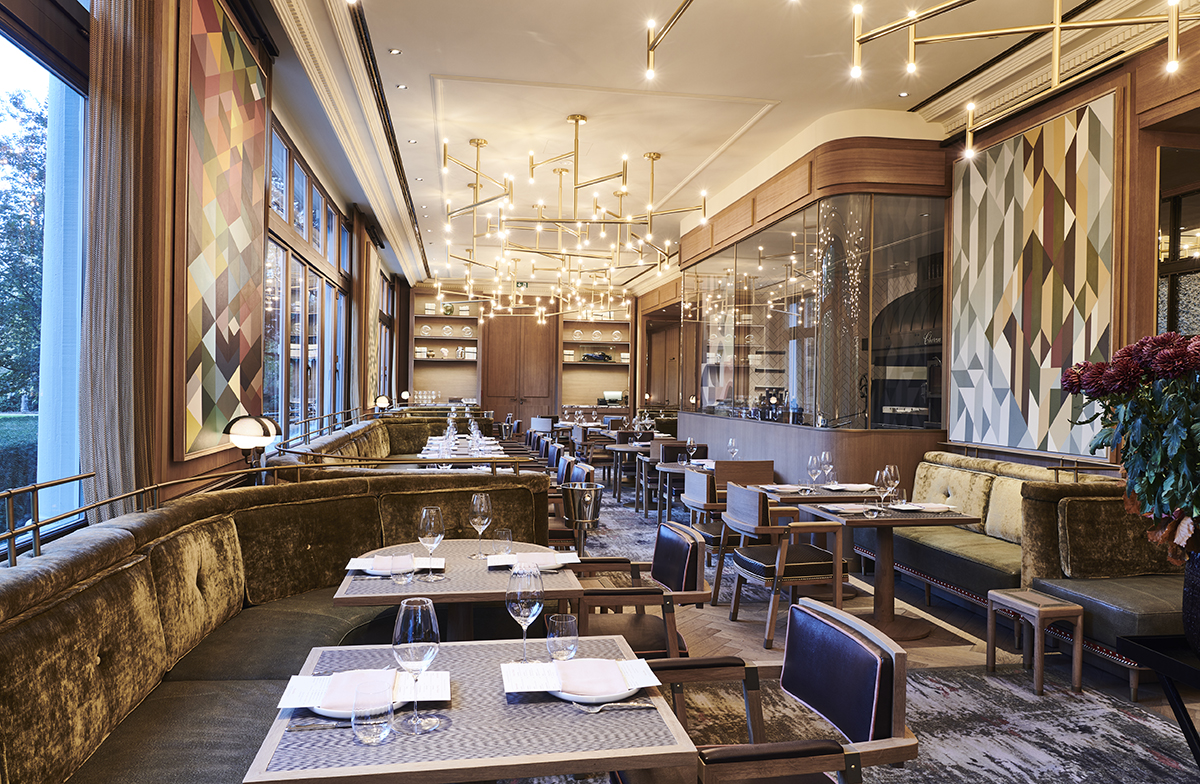
The subtly modernised Fritz & Felix restaurant
I settled for an excellent analysis and treatment session of physiotherapy regarding my tennis elbow (conclusion: too much phone use, and too little actual tennis) after which a refreshing 50-length swim gave me an appetite. We wandered down for dinner at Fritz & Felix, an art-deco styled but distinctly contemporary culinary concept, a restaurant/ bar/kitchen. It was a refreshing contrast to our expectations of a historic German hotel. The menu, all in lower case, featured a delicious looking selection of high-quality but simple dishes: sole with capers, parsley, lemon and olive oil; local pike perch with lentils, balsamic, thyme and olives; fillet of beef with chimichurri and broccoli. The rack of lamb with chick peas, raisins and cumin went down particularly well.
The Brenners Park is part of the same group as the Hôtel du Cap-Eden-Roc in the south of France and the Bristol in Paris, and you can tell with every flutter of perfect service. Pure class.
Book your stay: oetkercollection.com
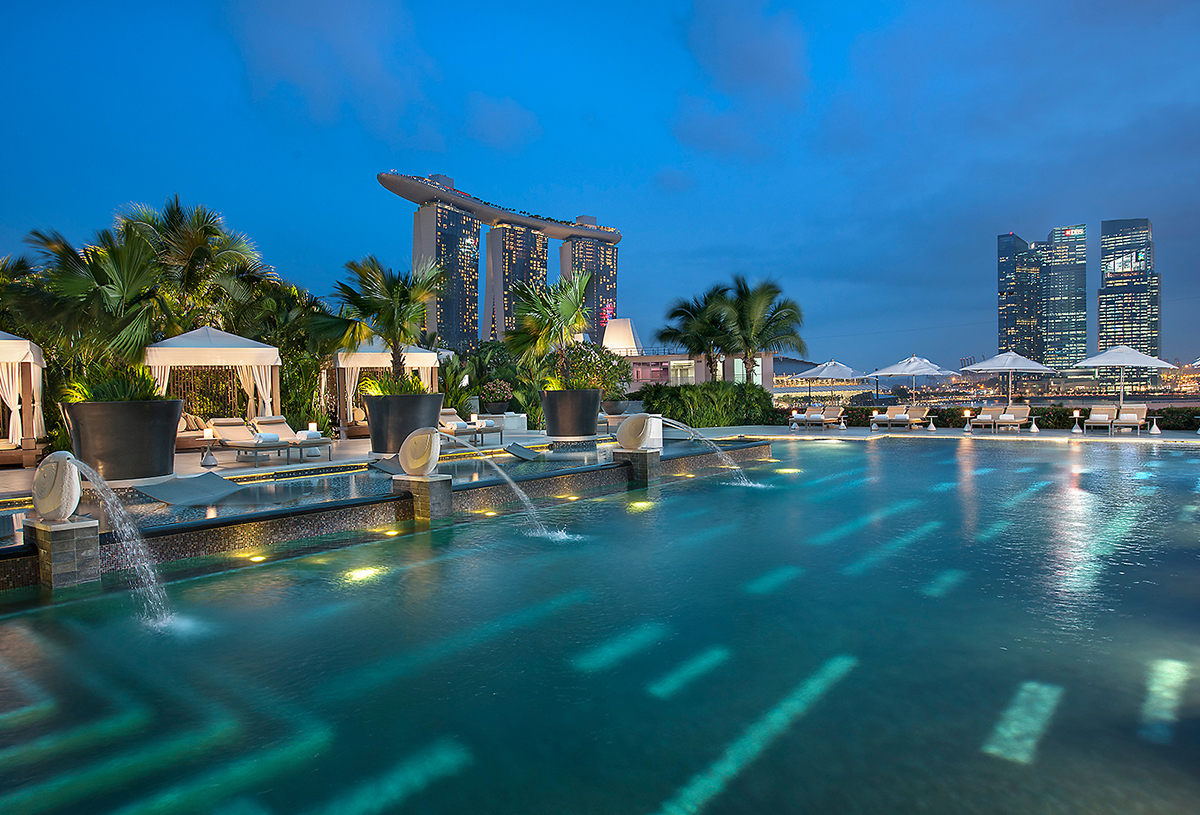
Mandarin Oriental Singapore’s swimming pools with views across Marina Bay
Mandarin Oriental Singapore
It was late when I arrived at the Mandarin Oriental Singapore. The transfer from the airport was quick, only 15 minutes. But the flight had been delayed, we had circled during a storm, and I had missed my dinner arrangement, so was feeling rather irritable.
I explained this all to the pleasant young lady who met me at reception and took me to my room (in-room check-in is such a slam dunk for a luxury hotel that they should all be required to do it to retain their five-star status) and she sympathised and, in that luxury Asian hotel way, immediately came up with a solution. Why didn’t I go to the poolside lounge bar, Bay@5, still open, for a glass of wine and a bite to eat?
Read more: Back to school with Van Cleef & Arpels
There aren’t many city hotels in the world where the swimming pool bar will be open, let alone tempting, at 11 o’clock at night, but this Mandarin, it turns out, was very much one of them. On exiting onto the pool terrace, I was greeted with a night-time-hued blue pool and surrounding tropical foliage and, across the waters of Marina Bay, an archipelago of black liquid and skyscrapers that is one of the most intimate yet dramatic night-time cityscapes in the world. Being on the fifth floor, we were just raised above the streetscape of the bay area.
The storm had passed over, the sky was starry with a warm breeze. The terrace of the bar area had a few couples and a small group sipping wine, and 80s music playing. I sipped on a beer so cold the condensation poured and reformed and poured again onto my lap, and instantly I felt much improved.
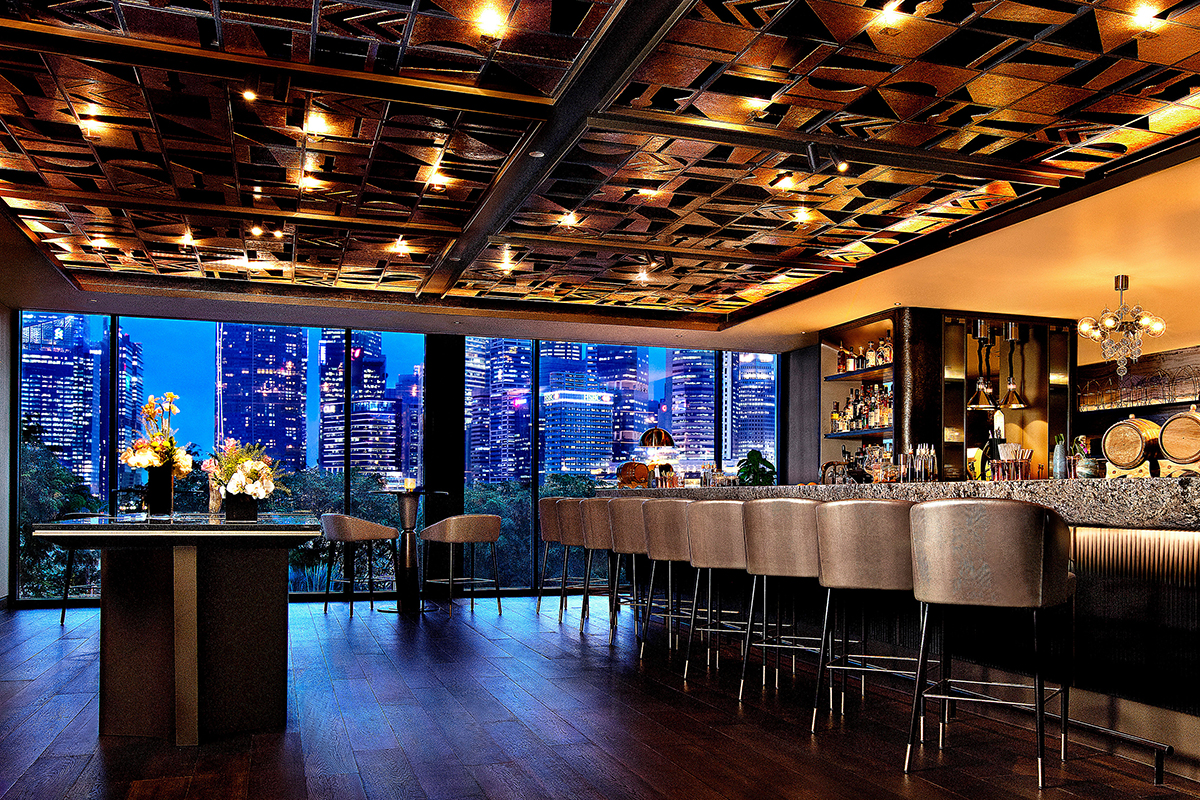
The bar at Mandarin Oriental Singapore
The food was exactly what you might want after a long and jet-lagged journey: I had a vegetarian pizza with San Marzano tomatoes and grilled vegetables, and a hamachi ceviche with coriander. There was a selection of cocktails from Mandarin Oriental bars across the world, some fine Australian wines, and Ruinart Blanc de Blancs champagne, but the draft beer suited me fine that evening – I was the last to leave, and back in my room I was half tempted to leave the curtains open so the harbour lights lulled me to sleep, although in the morning I would have been woken by the tropical sun.
I had a morning in my room before meetings in the afternoon, which was nothing if not invigorating. The decor was contemporary Asian luxury: lots of greys and taupes, some piano blacks, and floor-to-ceiling windows. Fortunately, Mandarin Oriental has not yet fallen for the trend of assuming everyone works lying down propped up on pillows in their beds, and there was a proper office chair and desk, which I shunted around to face the view. On my final morning I had an hour spare, and went back to the pool deck, this time to do some lengths of the huge pool and spend 10 minutes lying under the overhead sun. With a view directly across the harbour and out of the sea, it felt like we were on a tropical island, and in a sense we were. Pretty impressive for a city-centre hotel, and I can’t think of anywhere that beats it for a resort in a city of glamour.
Book your stay: mandarinoriental.com
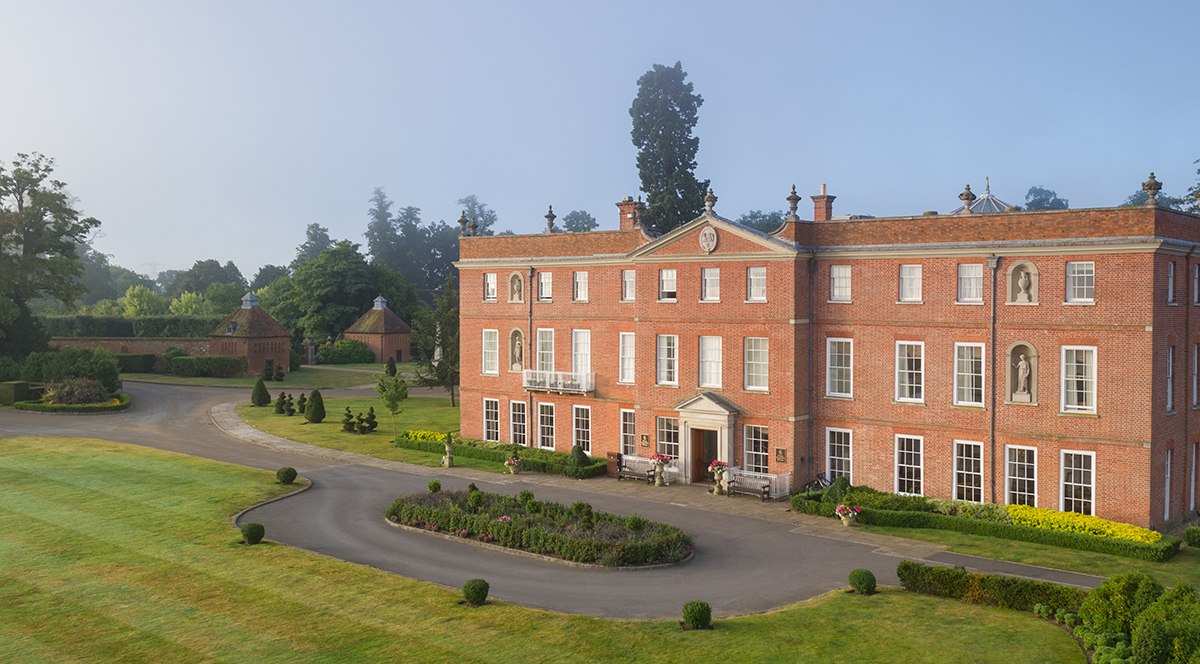
The Four Seasons Hampshire brings a modern style to its 18th-century English manor house and park
Four Seasons Hampshire
The clouds were dramatic as we headed up the drive towards the brick manor house that is the Four Seasons hotel in Hampshire. The hotel is on a slight hill above open fields of English countryside, and on a sunny day, puffs of white and slabs of grey fought each other for places in the Atlantic-washed sky. Arrival was made even more atmospheric at the sight of three fawn-coloured horses, their riders gently leading them across a lawn to the stable block.
The feeling here is of space and light; you (or your kids) are free to roam down the slope leading around the hotel to the restaurant, café and eventually the shooting field at the back. Inside the building, a covered passageway in the conservatory leads to a spa block with a big indoor pool with a glass roof, and outdoor Jacuzzi and sunbathing area, completely private on an Italianate terrace.
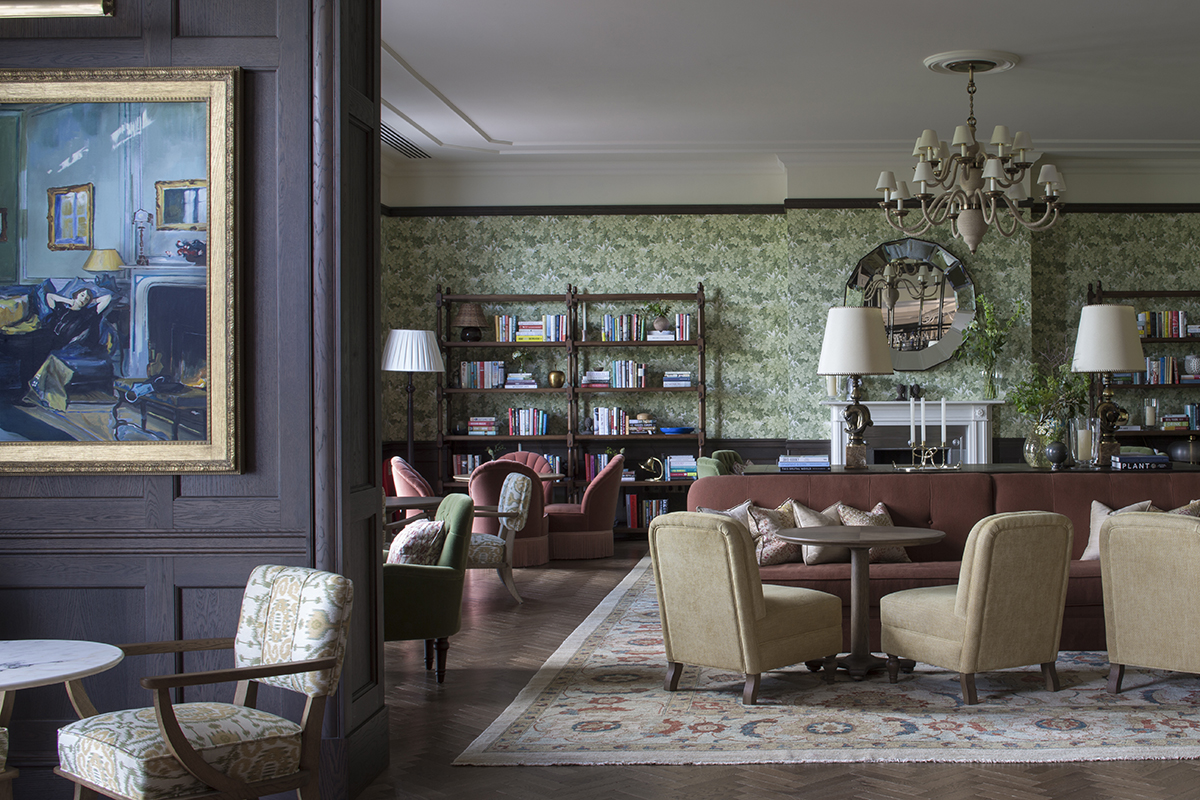
The lounge are of the Wild Carrot restaurant at Four Seasons Hampshire
Our room was a blend of traditional English coloured cushions – pinks, dark pastels, and burnt orange – a combination of leatherwork, ornate wallpapers, with windows looking over the open fields. Less than 40 minutes from Heathrow, you are plunged into a serious English country house experience.
Read more: High altitude luxury at Riffelalp Resort 2222m, Zermatt
We were expecting a slightly formalised English dining experience, but fortunately the management had more sense than that. Wild Carrot, the main restaurant, has been reborn as a kind of grand Parisian bistro. There were leather banquettes, bare wooden floors and no tablecloths, and a menu featuring lots of raw and local ingredients. Typical was the very welcome lightly torched house-cured mackerel with pickled radish and hollandaise, and a main of Somerset salt-marsh lamb rack with roasted cucumber, Greek yoghurt, tomato chutney and mint. All the vegetables are locally grown.
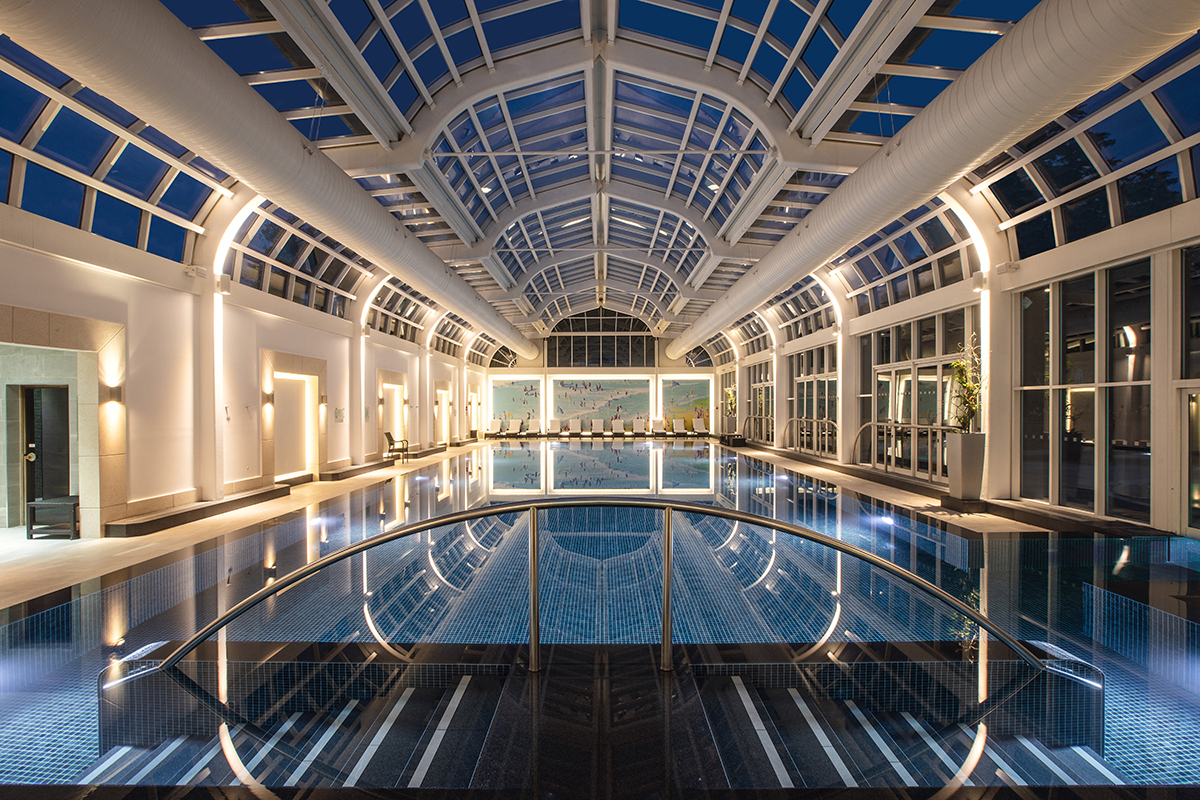
The hotel’s pool is attached to the converted stables
Unlike some traditional English country house hotels, signs proclaim children and dogs are welcome, and there are plenty of activities for both. The riding stables offered us a trek across the fields and around the lakes and hacking around the woodland on horses which had been perfectly matched to our height, weight and experience. There is also a high-wire adventure park, which involves zip wires, ladders and perilous bridges to clamber across, all with highly professional instructors.
There is also tennis, clay pigeon shooting, cycling, croquet and an immensely satisfying spa. The grounds are vast – a walk down to and around the lake and back is enough to work up a full day’s appetite. Altogether, it’s impossible to think of another English country house hotel which offers such a complete range of experiences in such luxury, let alone one so near Heathrow Airport and the capital.
Book your stay: fourseasons.com
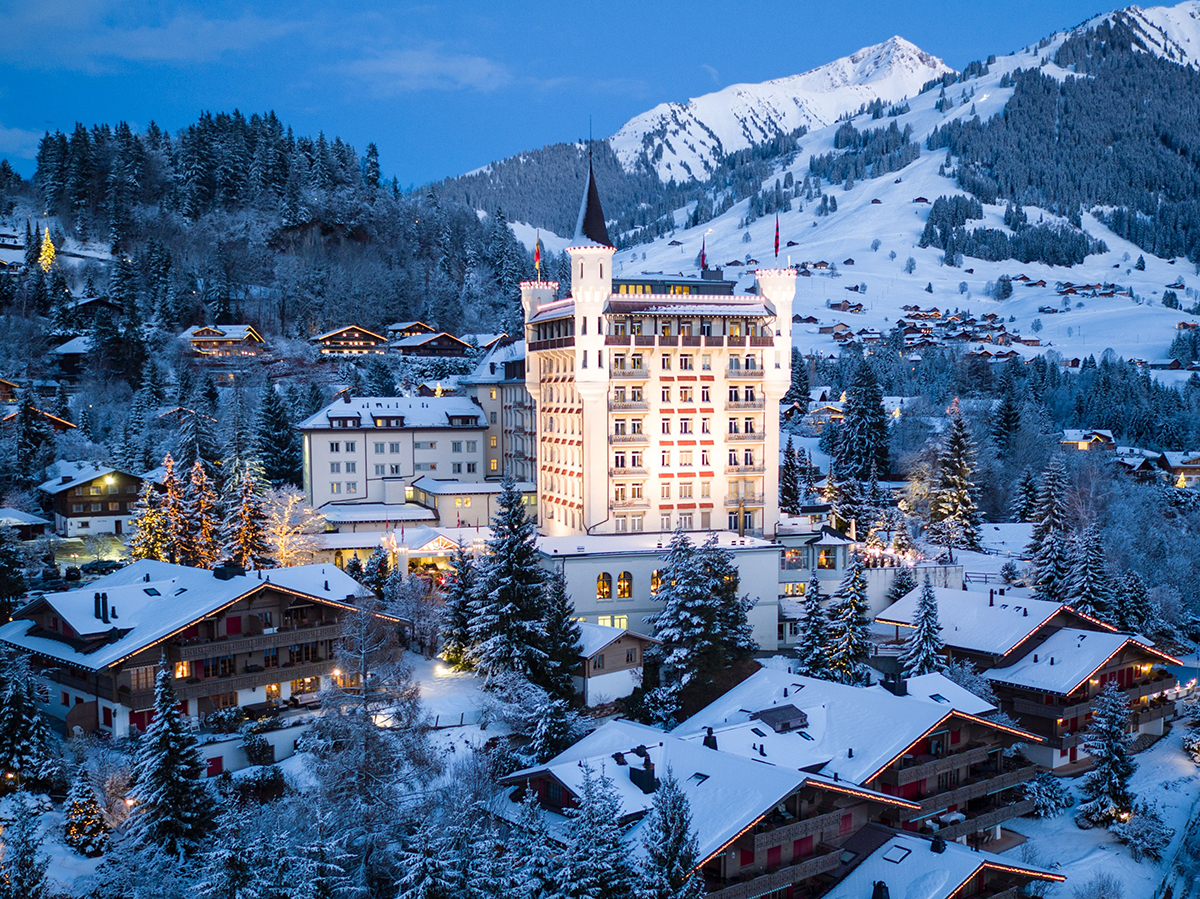
The Gstaad Palace was once called, for good reason, the ‘Winter- Palace’
Gstaad Palace
A memory of a place is first recalled by rapid-fire still or moving image (or maybe now a GIF?) in your brain. A few weeks after my visit, my instant memory of the Gstaad Palace was our table at Le Grill restaurant. Wood-panelled walls and ceilings and a thick Alpine carpet, and veneered wooden chairs and occasional tables gave it a mountain chic. Formally dressed waiters bustled around, chatting with guests they have known evidently for years or decades.
They were no less courteous to us, to their credit, although of course we had no common anecdotes to share with them. With Alpine flowers on the thick tablecloths, and cuisine rich and local ingredients, including flambéed dishes prepared at the table by the waiters like a glorious piece of 1970s revival, it was an evening experience unlike almost any other.
Read more: The Thinking Traveller’s Founders Huw & Rossella Beaugié on nurturing quality
There was a fantastic Hungarian traditional string band playing in adjacent bar, alternating with a soulful jazz band. The house Burgundy, poured from magnums, accompanied everything extremely well. You could choose Le Grill to propose to your other half, for a family get-together, or a casual dinner for one – it’s that versatile.
When we drew back the thick red curtains of our suite in the morning, we were greeted by the Alps as drawn by Laurent de Brunhoff, creator of Babar the Elephant. Big, forested round hills dropped into a broad bowl, above which jagged rocky peaks loomed. The Palace is the cornerstone of Gstaad, the reason the village has become one of the epicentres of wealth in Europe. In winter, after dinner at Le Grill or one of the other restaurants, you would roll down to the GreenGo nightclub, with James Bond and Pussy Galore sitting on corner sofas sipping two olive martinis as Julio Iglesias rocks the dance floor.
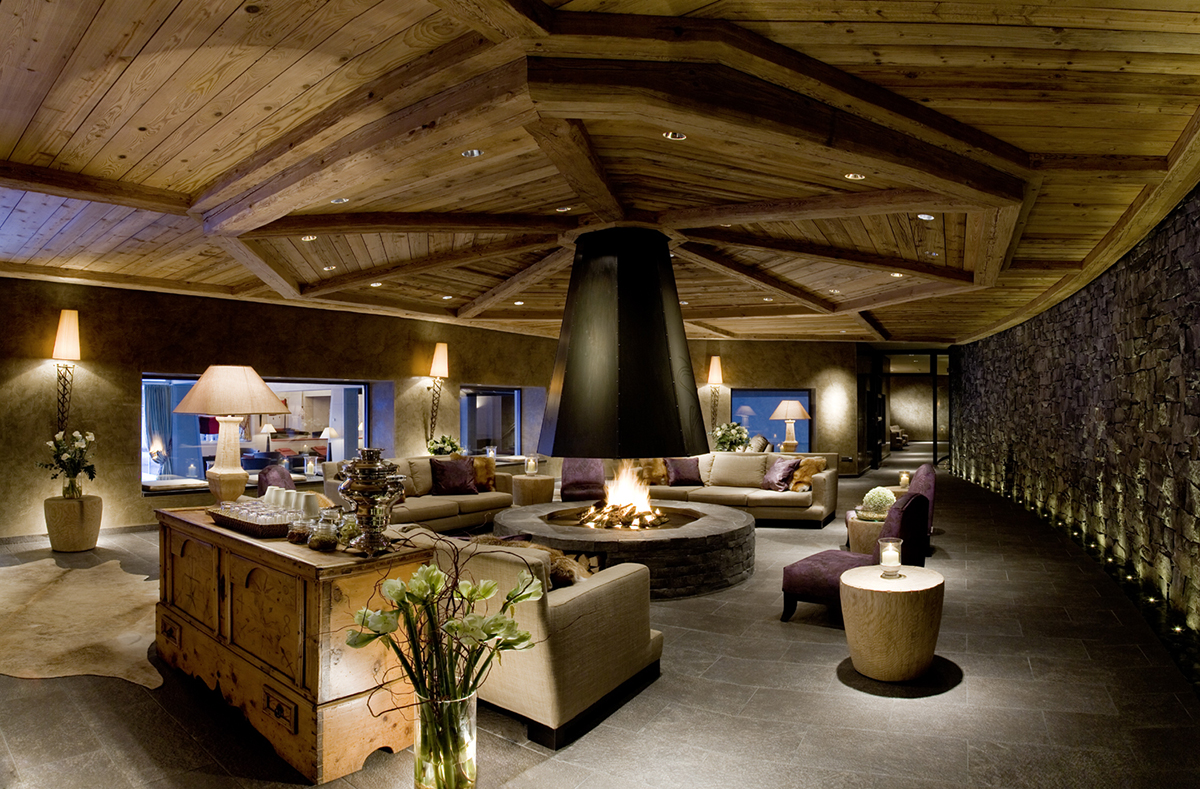
Today, the hotel’s modern spa adds a warmer kind of seclusion from the outside world
In summer, when we went, the nightclub is a swimming pool, connected to the spa (open year round) and looking out onto a garden with a cute kids’ playground, and lined by the hotel’s famous clay tennis courts. Here, you can play as if you were born with a pro living in your garden house (as many guests likely were) with a 270-degree view of the mountain bowl of the Bernese Oberland. If you need something bigger than the hotel’s internal pool, wander up to the Olympic-sized pool the hotel shares with the village (it has its own sun-lounger area, and this is a very posh village). We loved our simple, abundant mountain-food lunch at the pool bar.
The Palace is the kind of place which makes you feel very welcome, but at which it is always evident that there are layers of society into which money simply won’t buy. In its lavish lounge and bar area, just behind reception, old families from Germany, Switzerland and Italy, whose forebears have been coming here for generations, chat easily about art, girls and boys, and schools. The windows in the corridor leading down to the restaurant contain watches and jewellery, from famous brands, that simply might not be available to you unless you know them personally.
The service, however, is sublime for everyone – there was not a flicker of an eyebrow when we booked a tennis court, arrived on the court, and realised we didn’t have any rackets or balls. They were served up in an instant. I just enjoyed sitting on the terrace at breakfast, picking out a gluten-free croissant, looking out over the view, and catching snippets of cultured conversation in several European languages. Perhaps we will be coming back here for generations also.
Book your stay: palace.ch
This article was originally published in the Spring 2020 Issue.

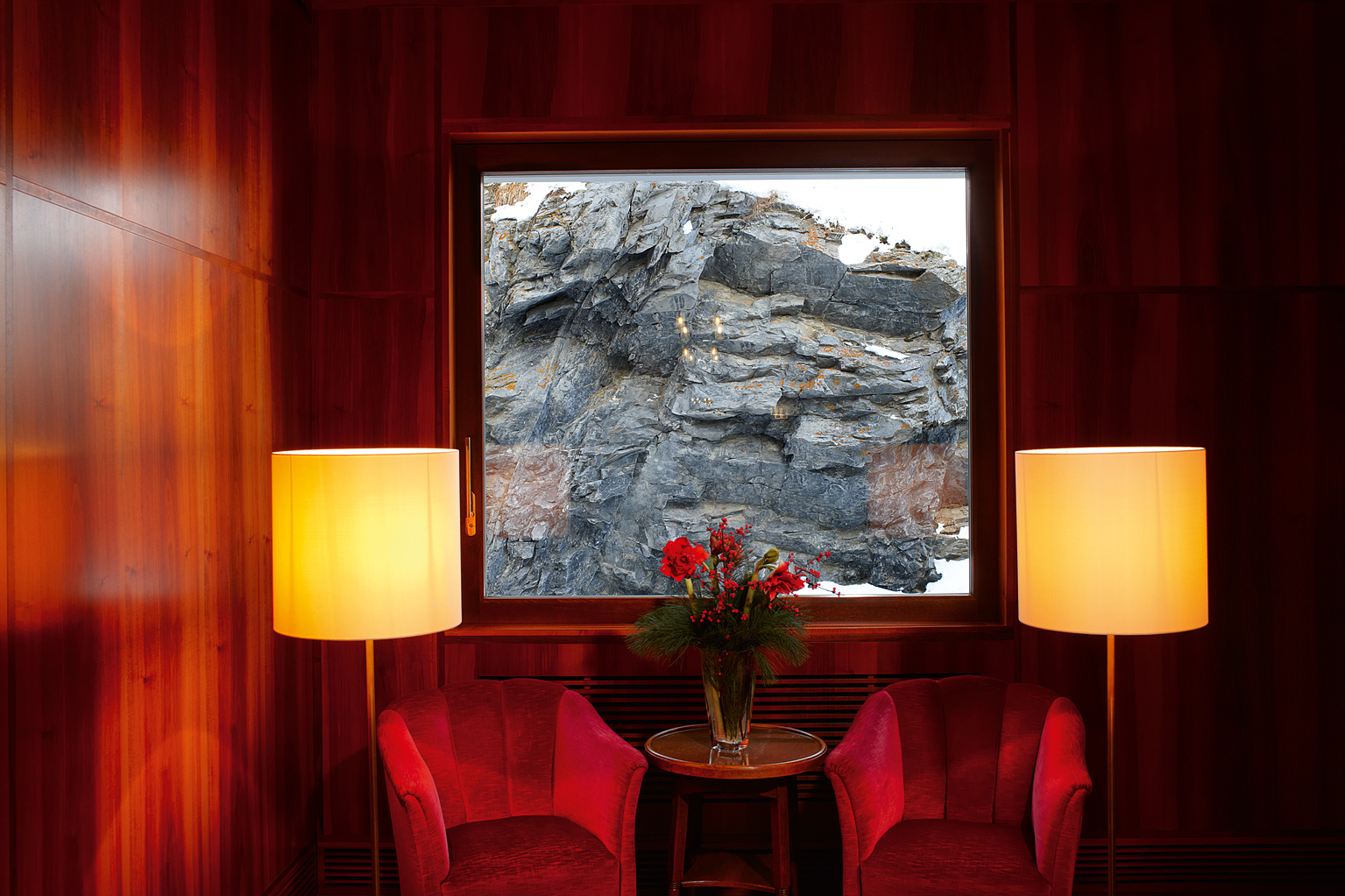
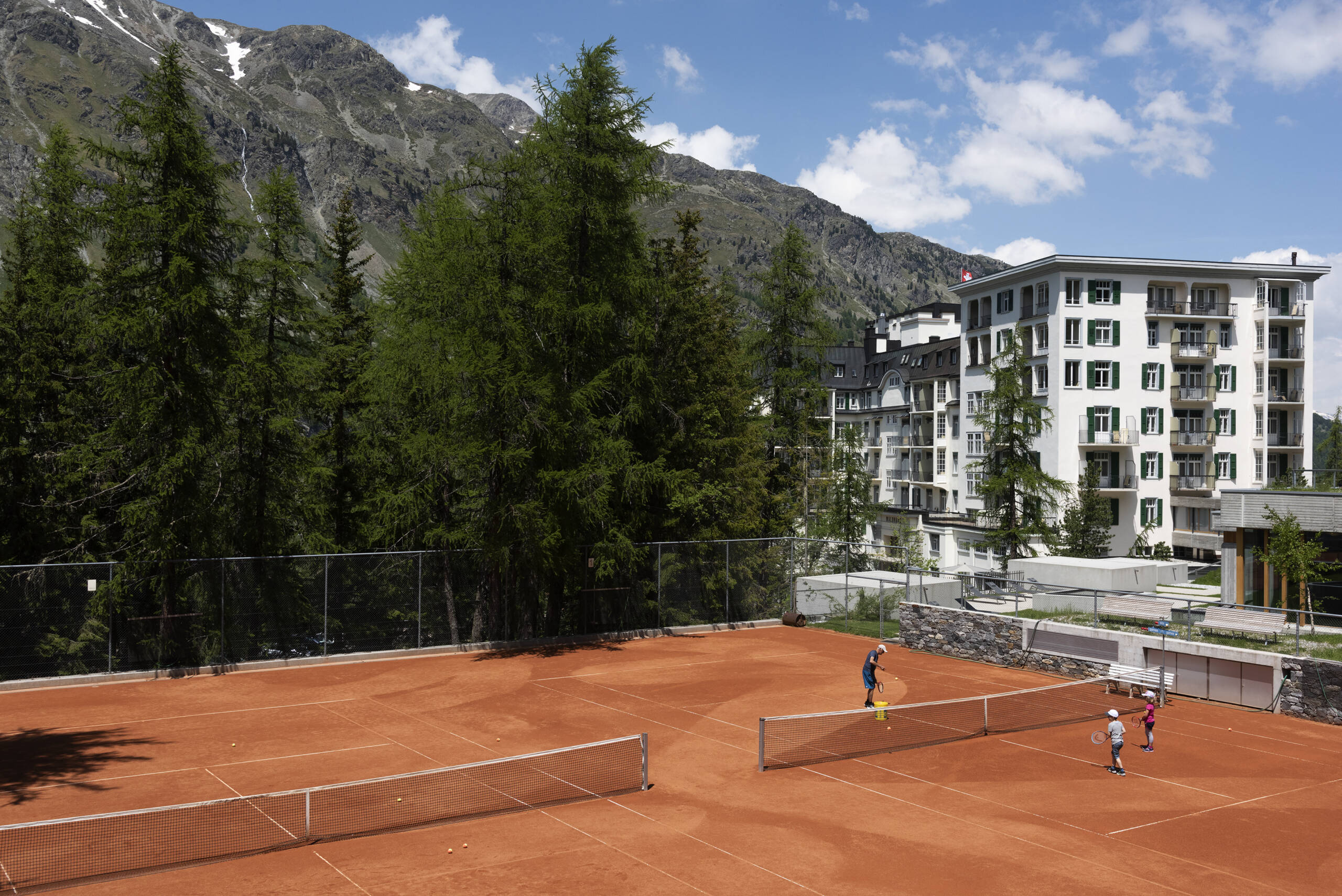
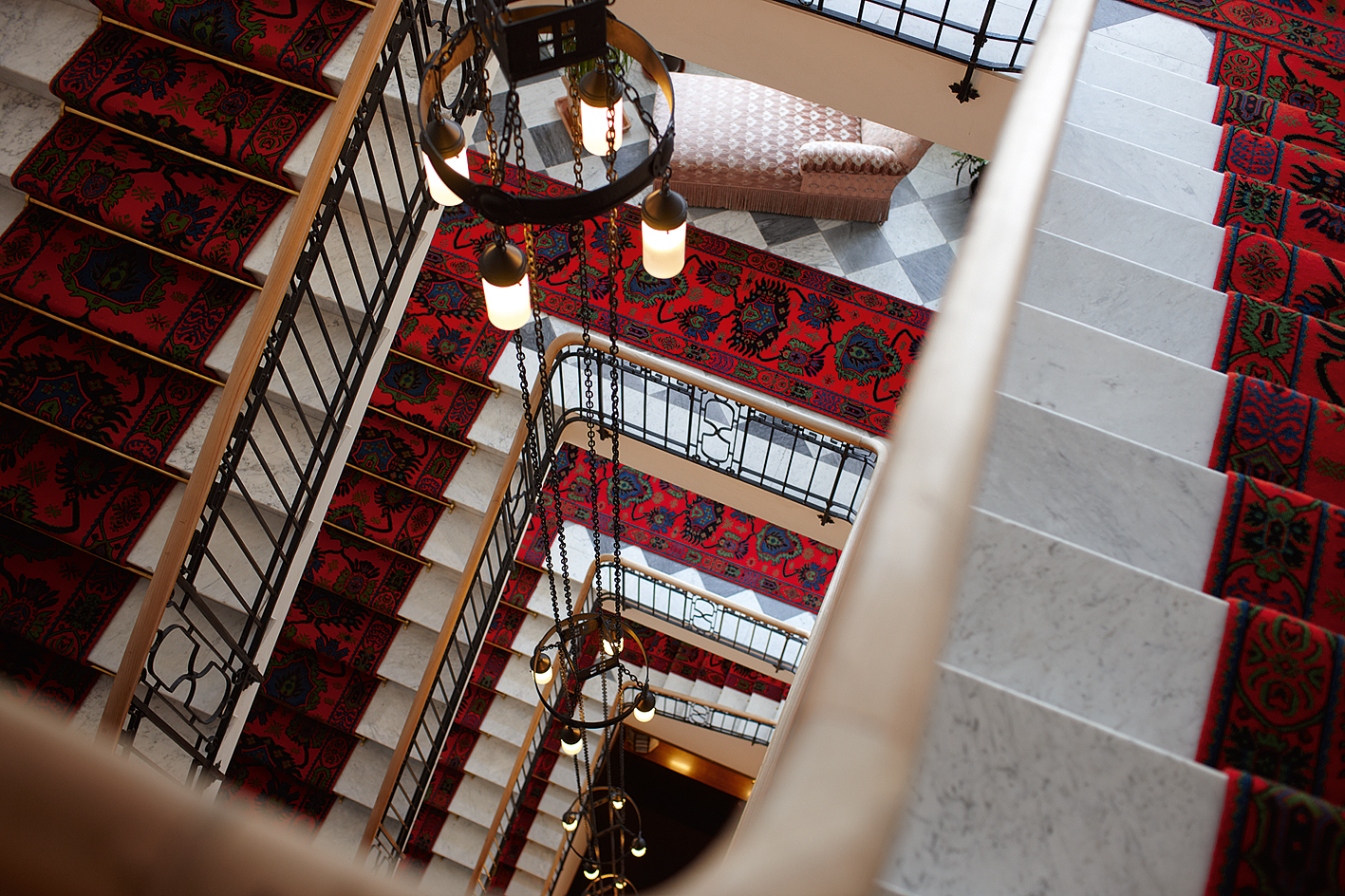

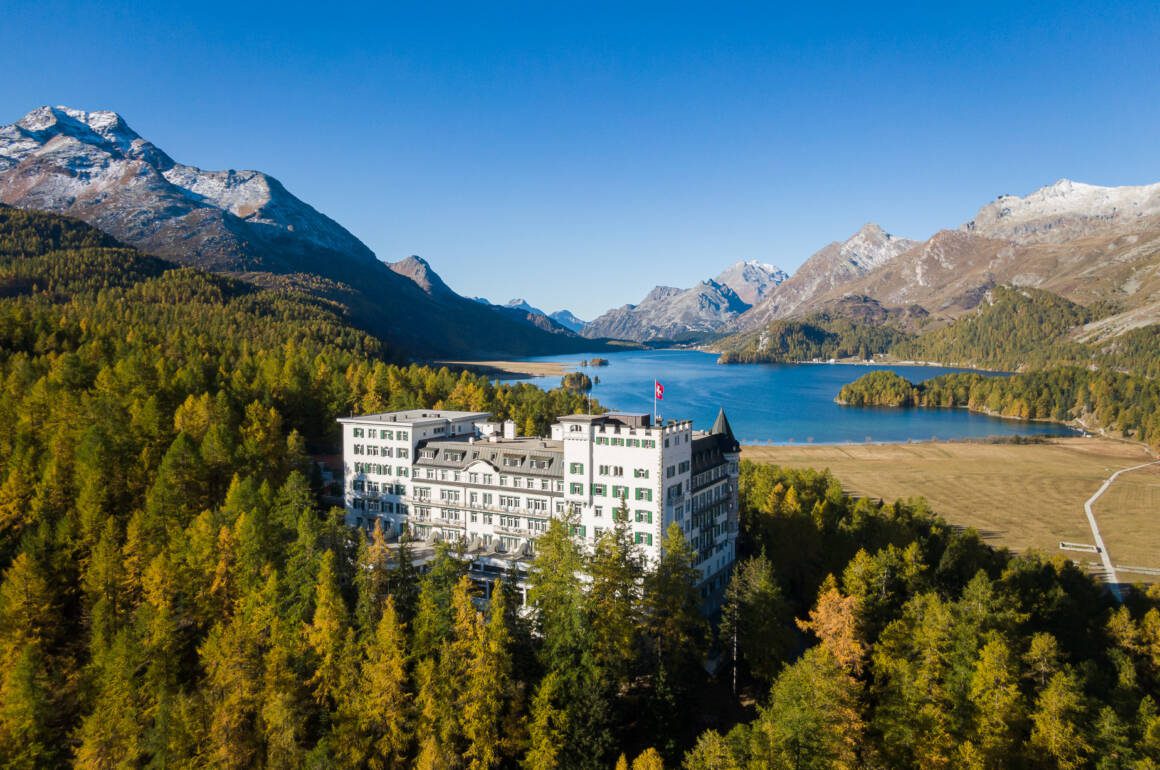
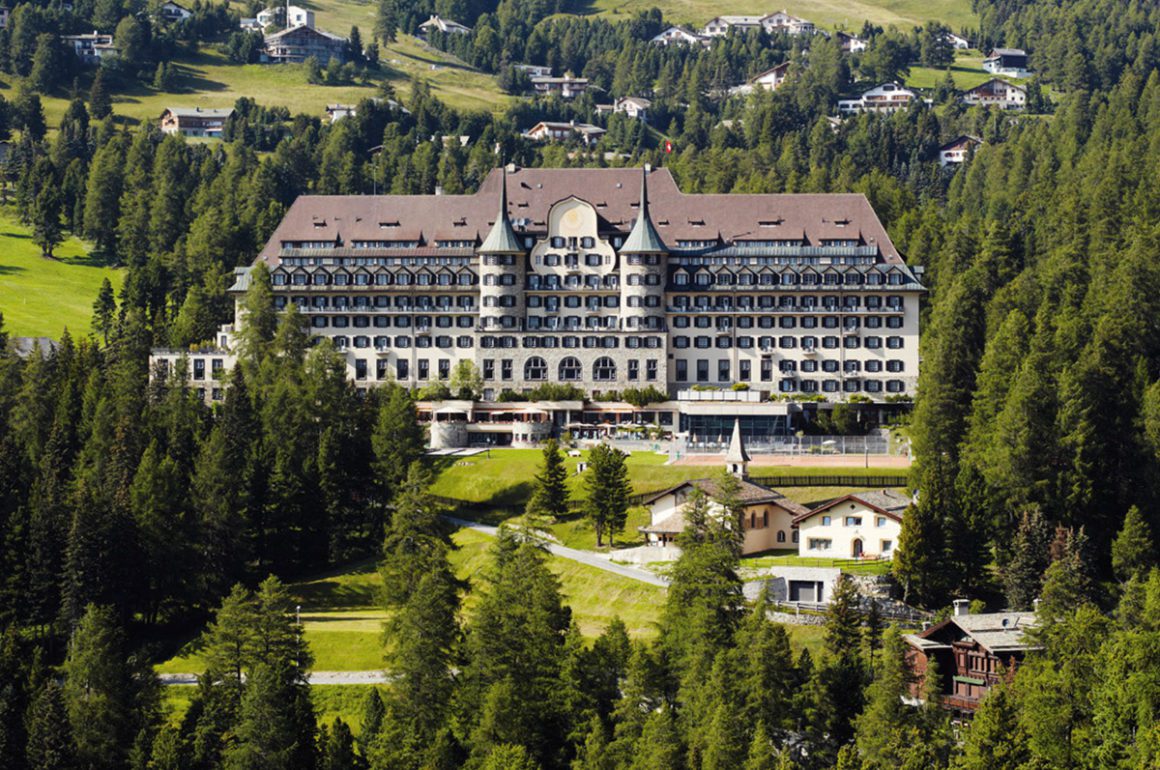
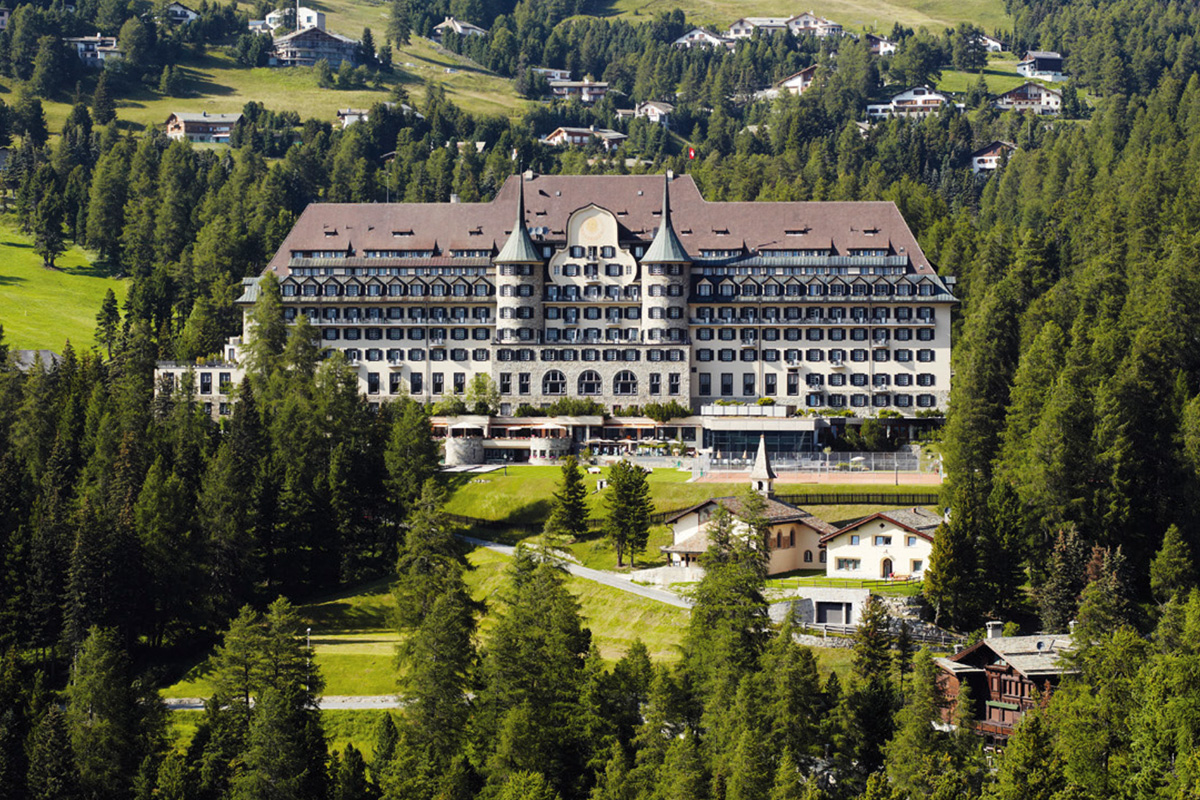
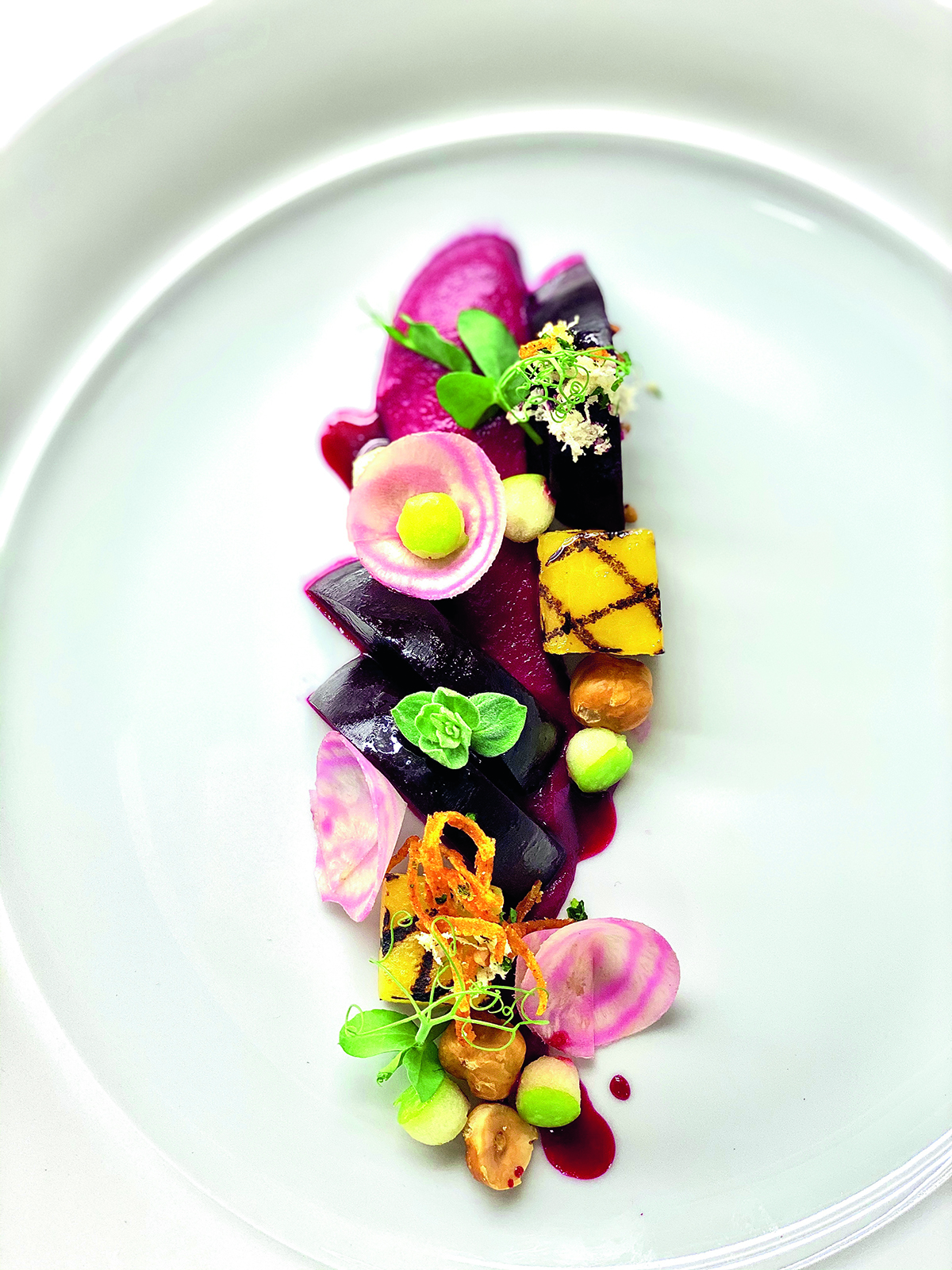
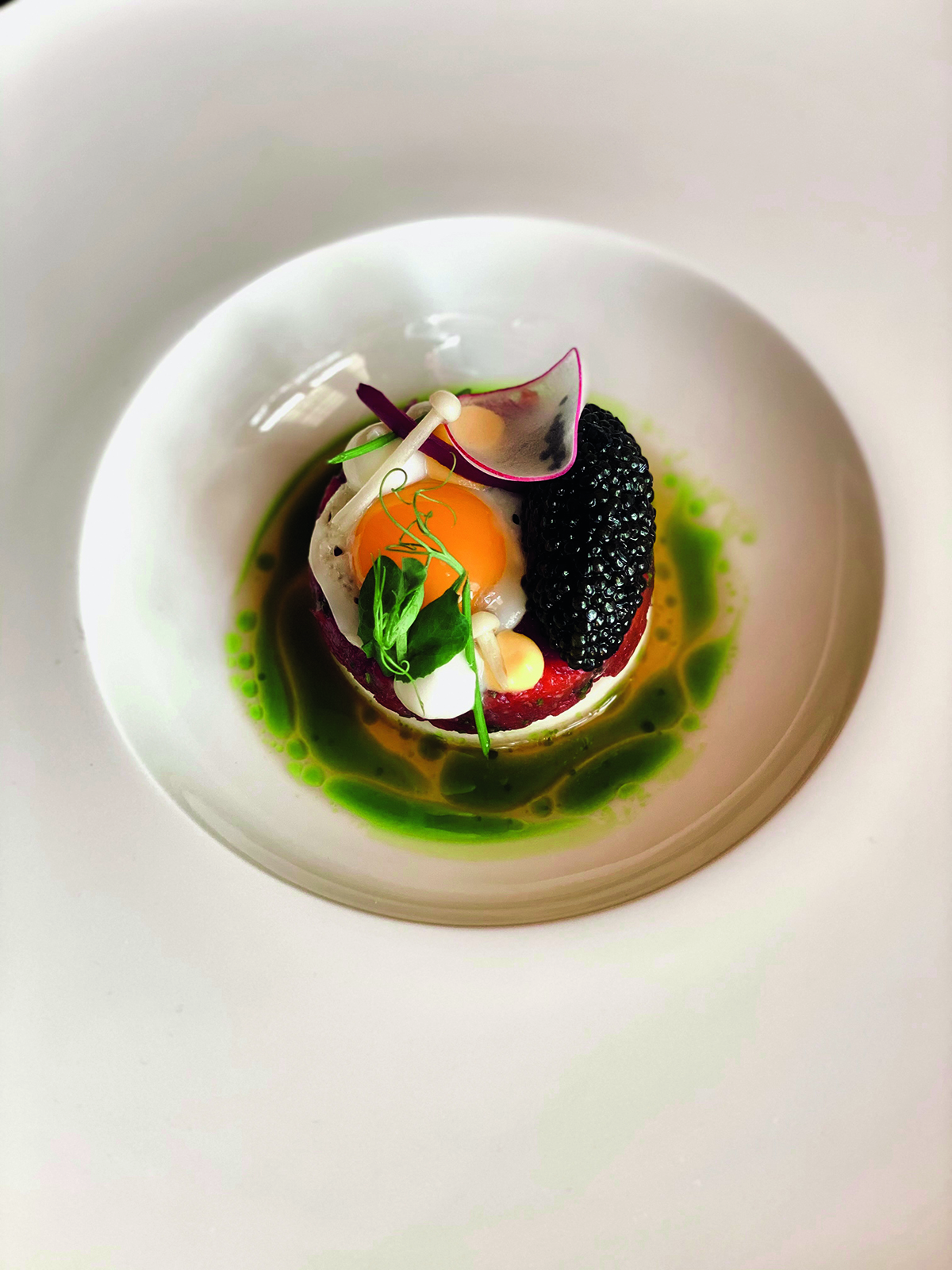
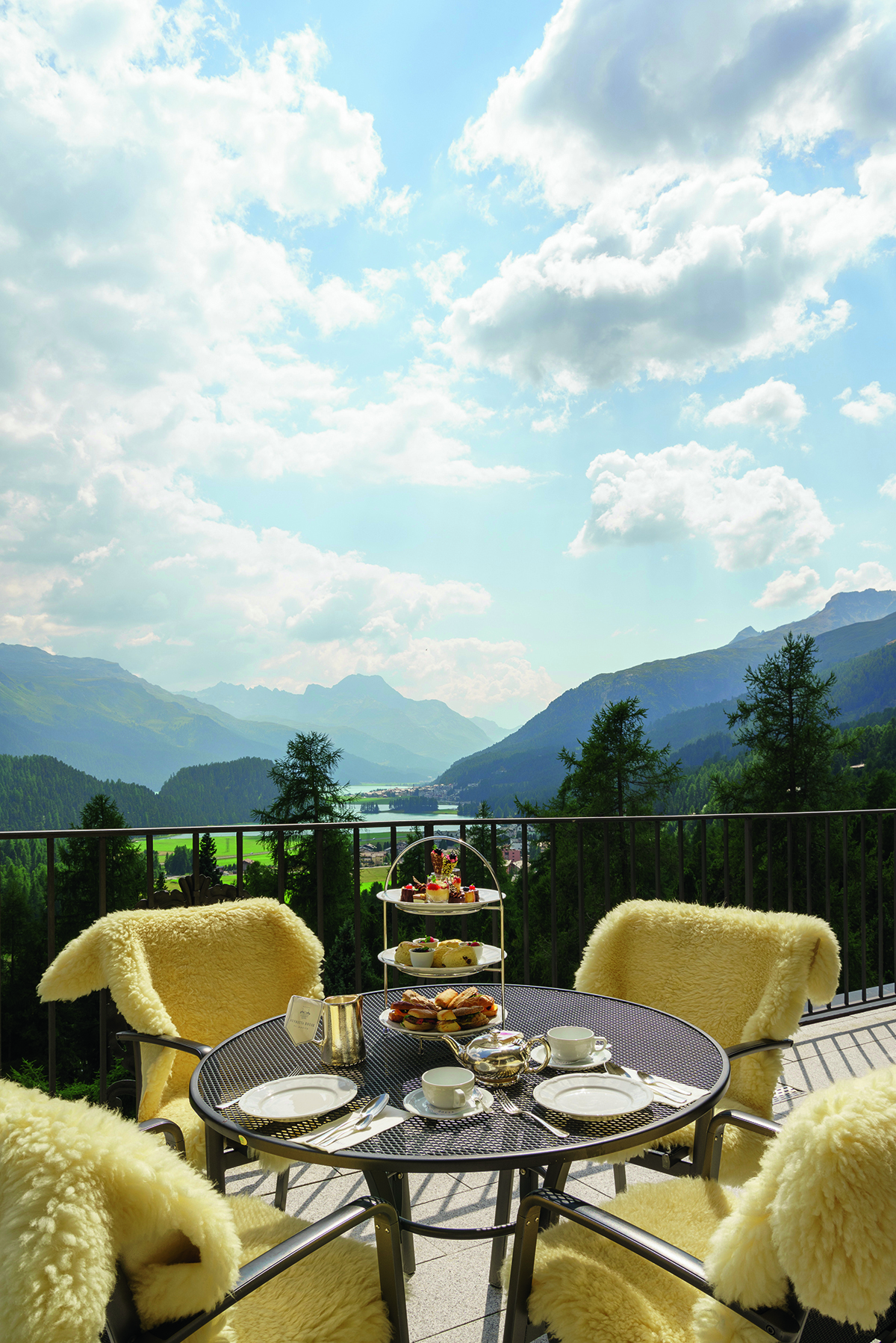


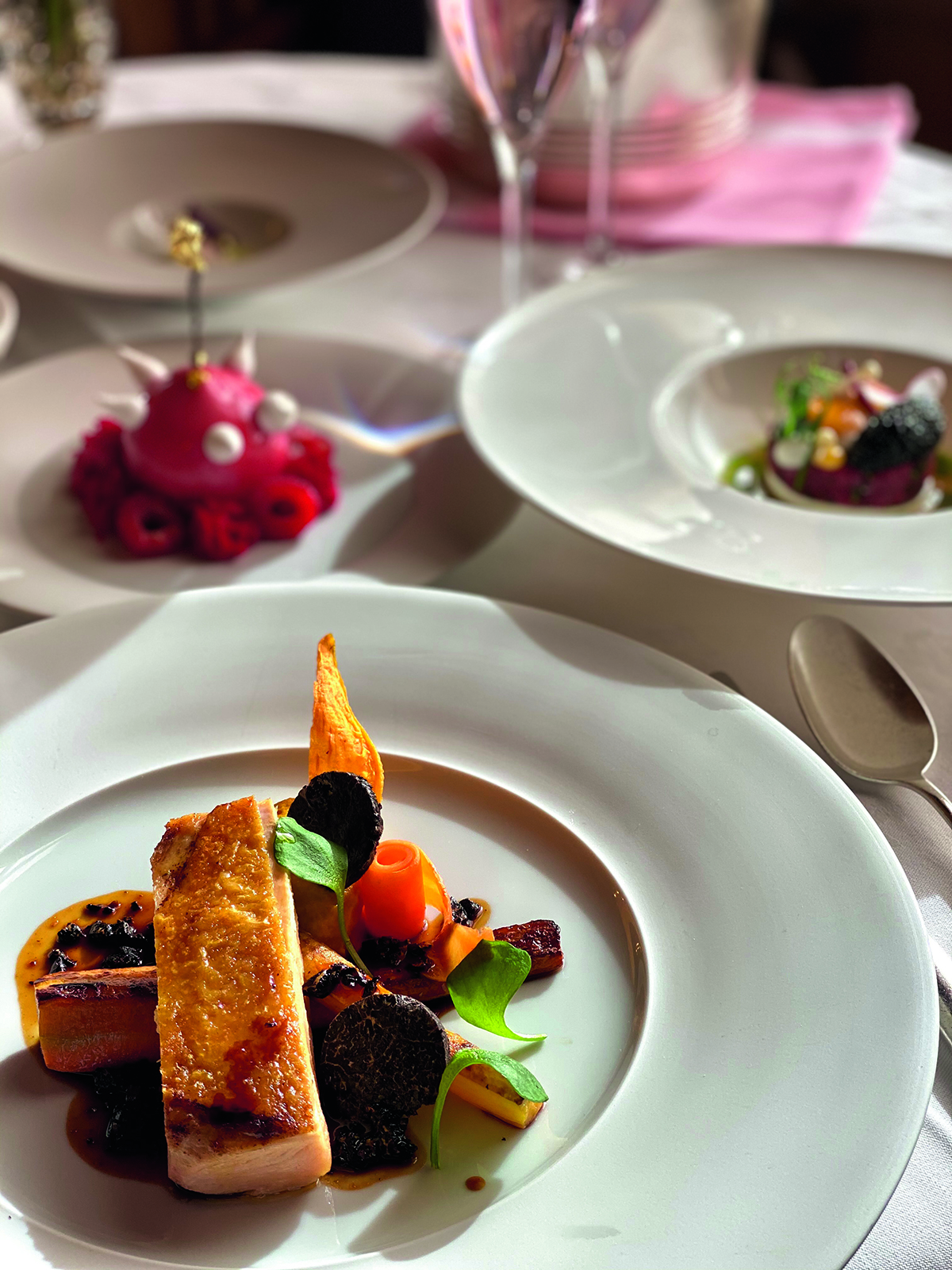

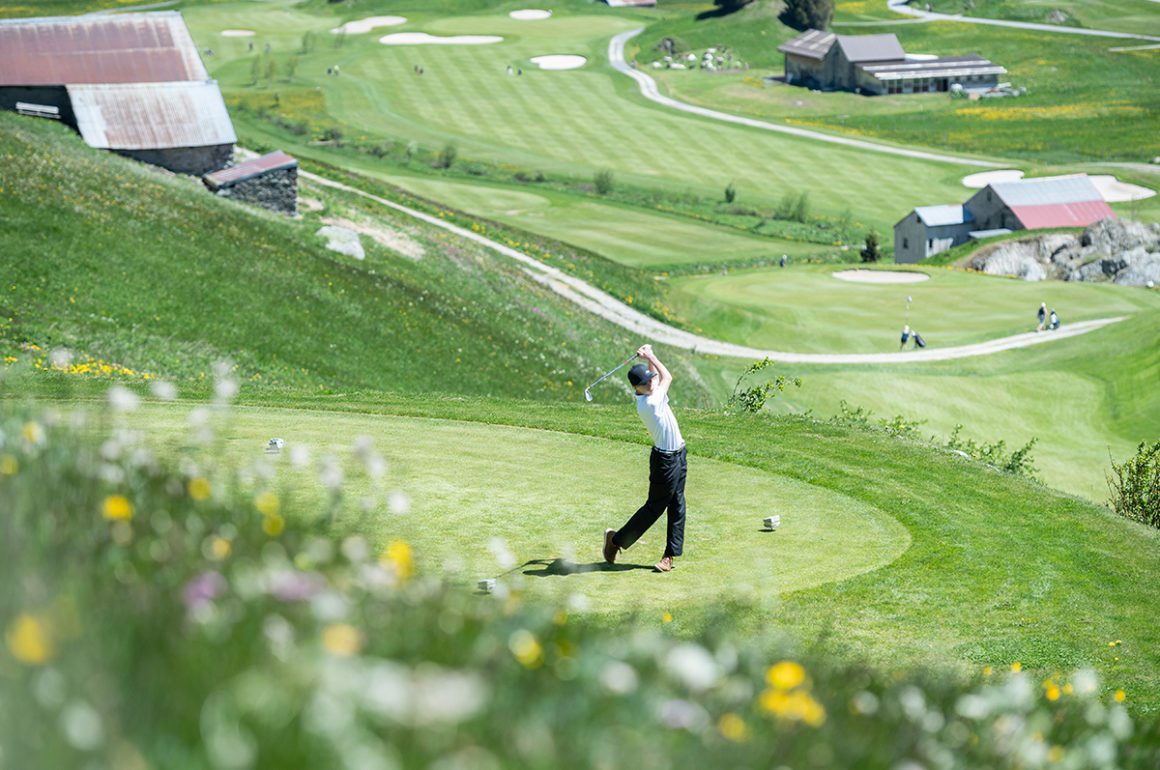

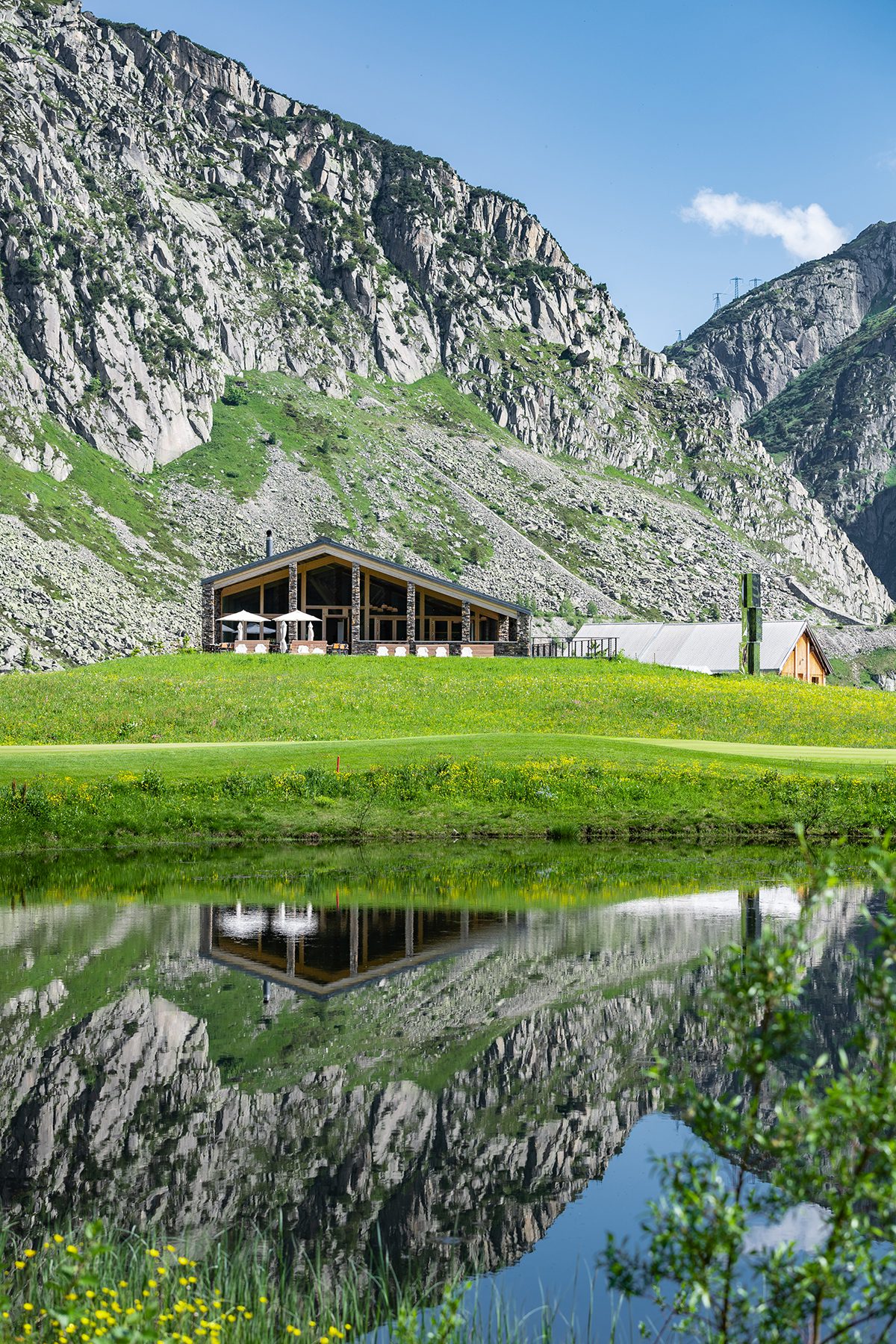
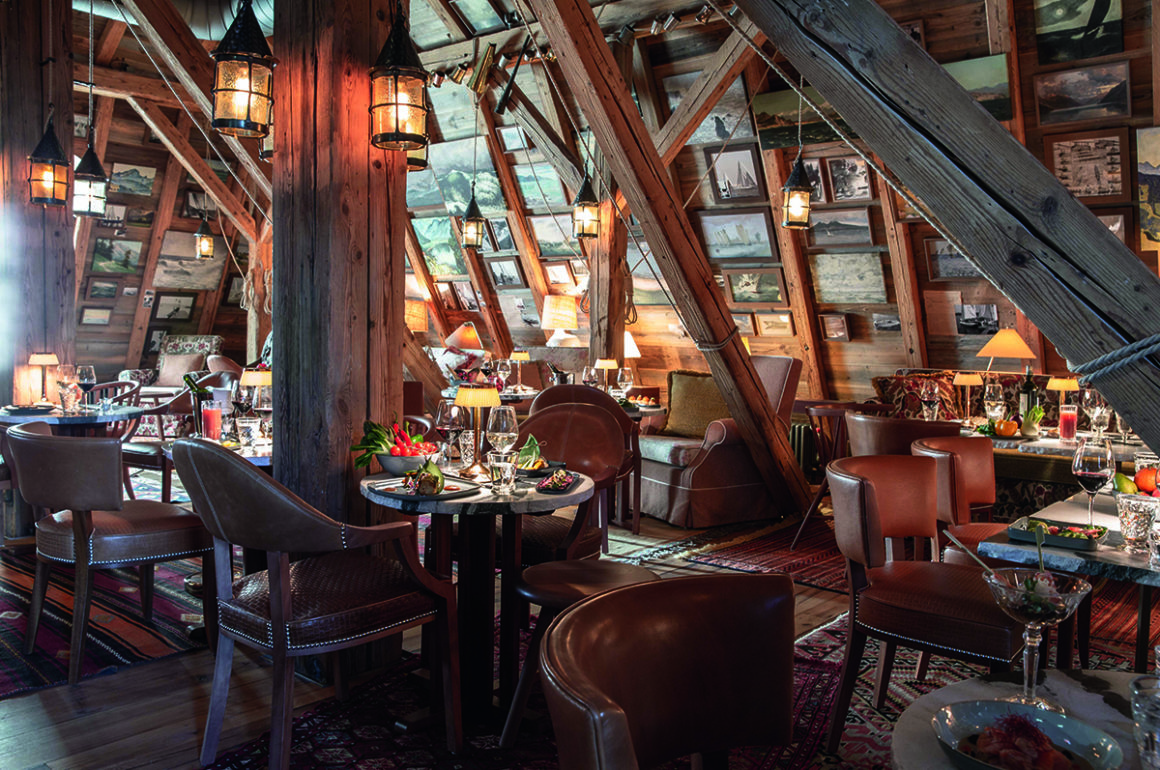
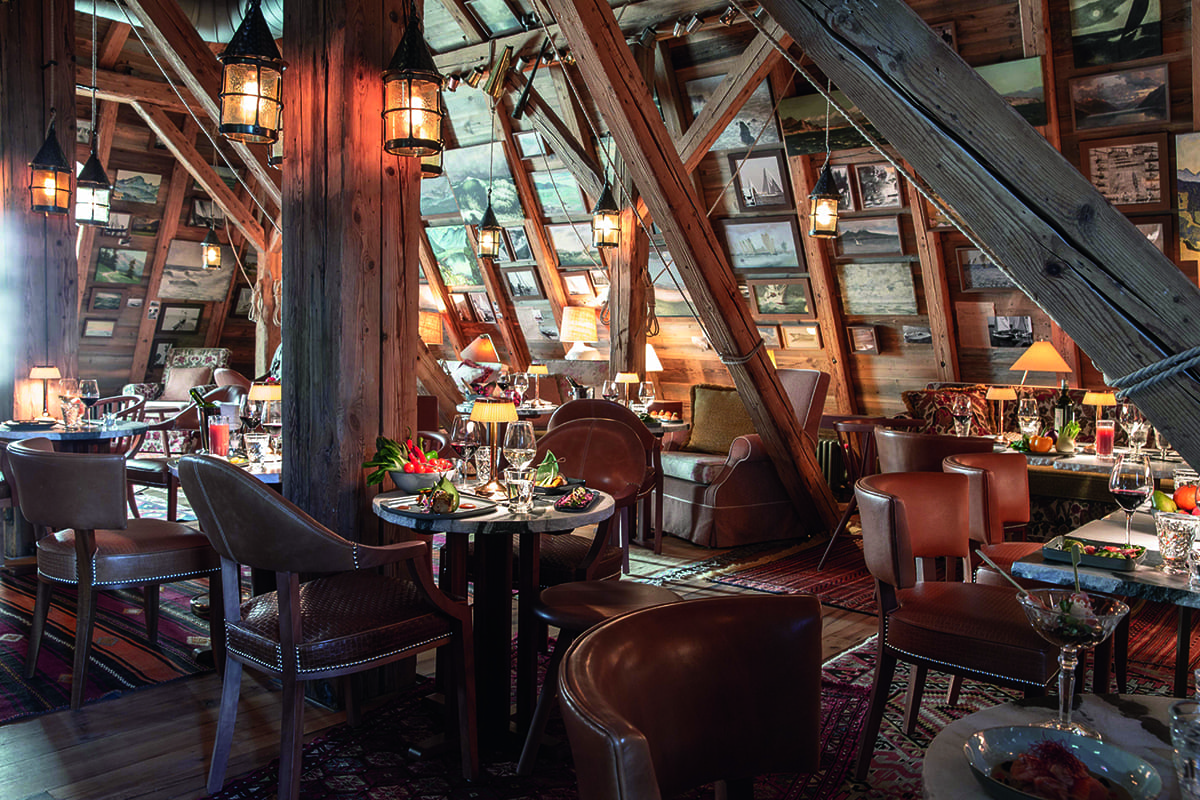
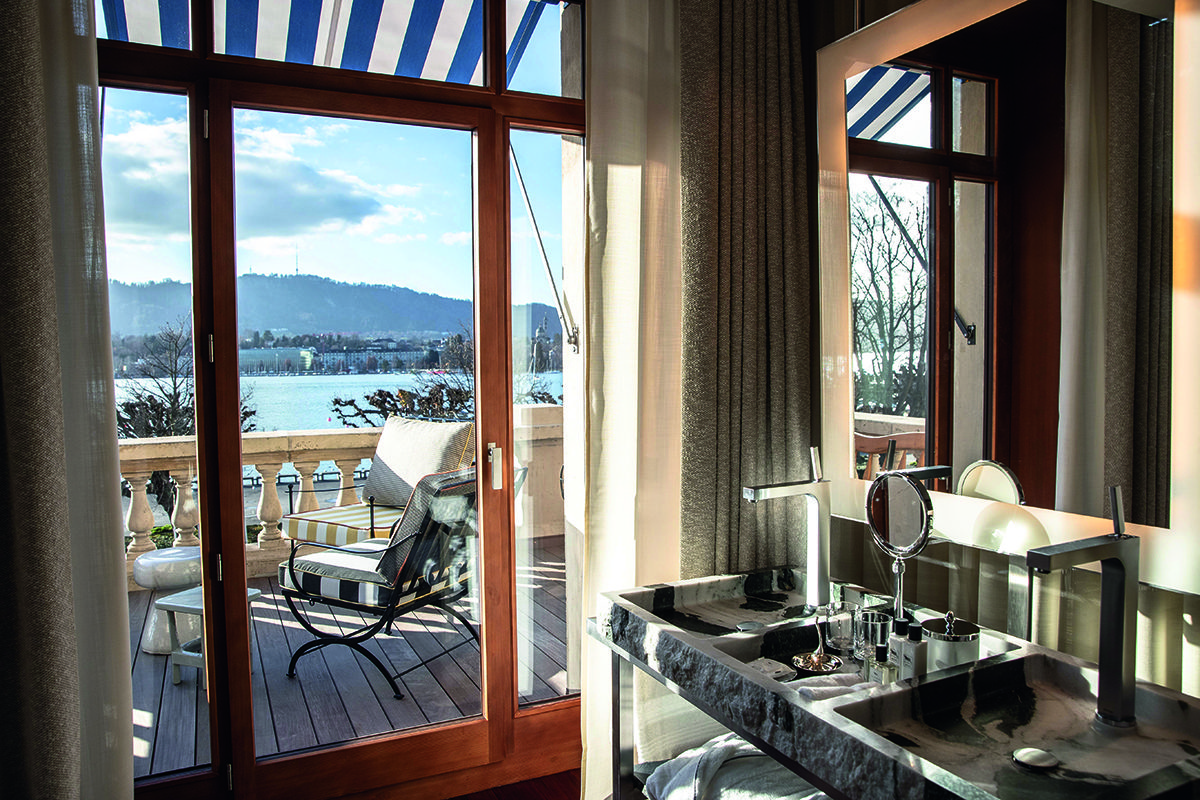
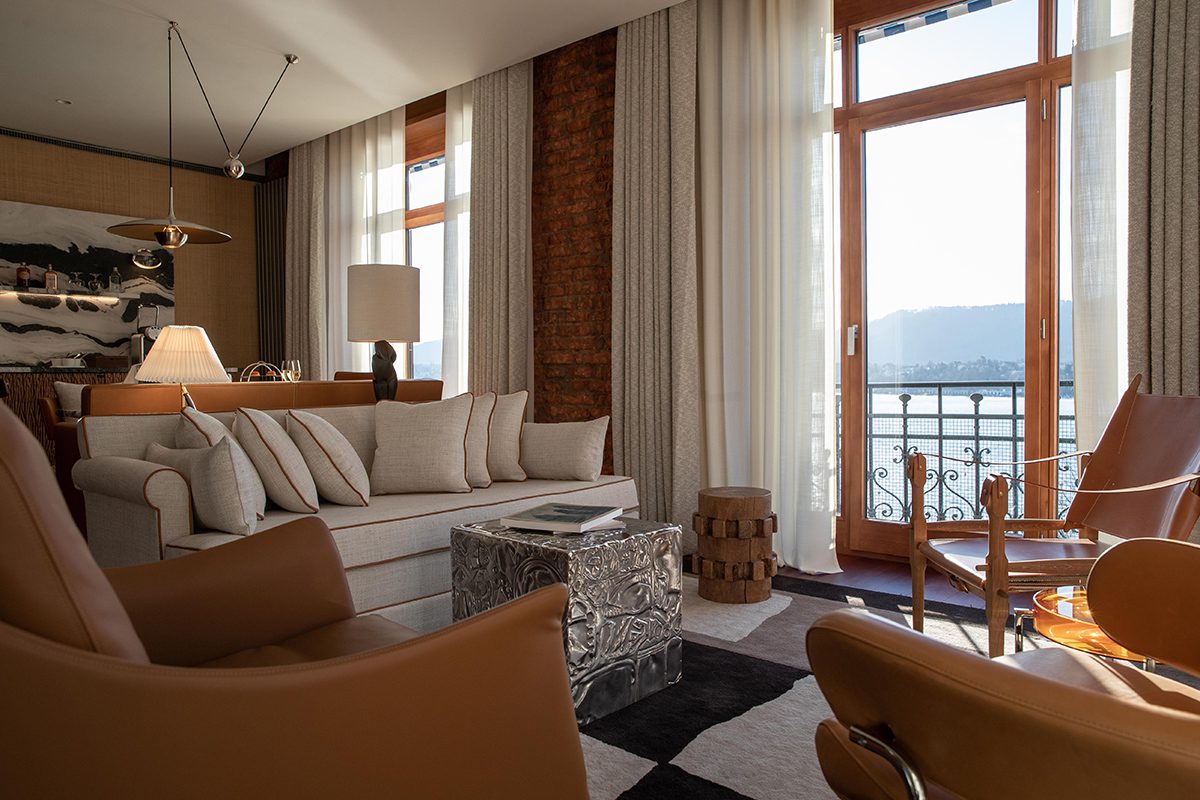
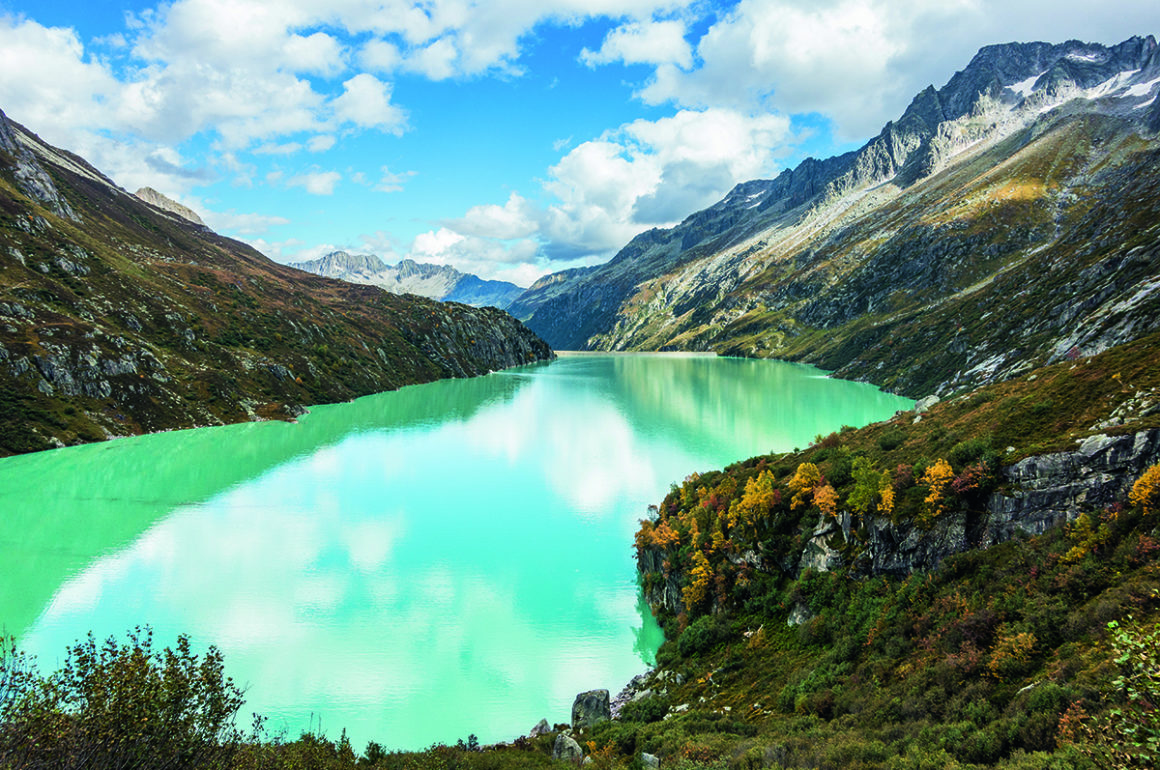
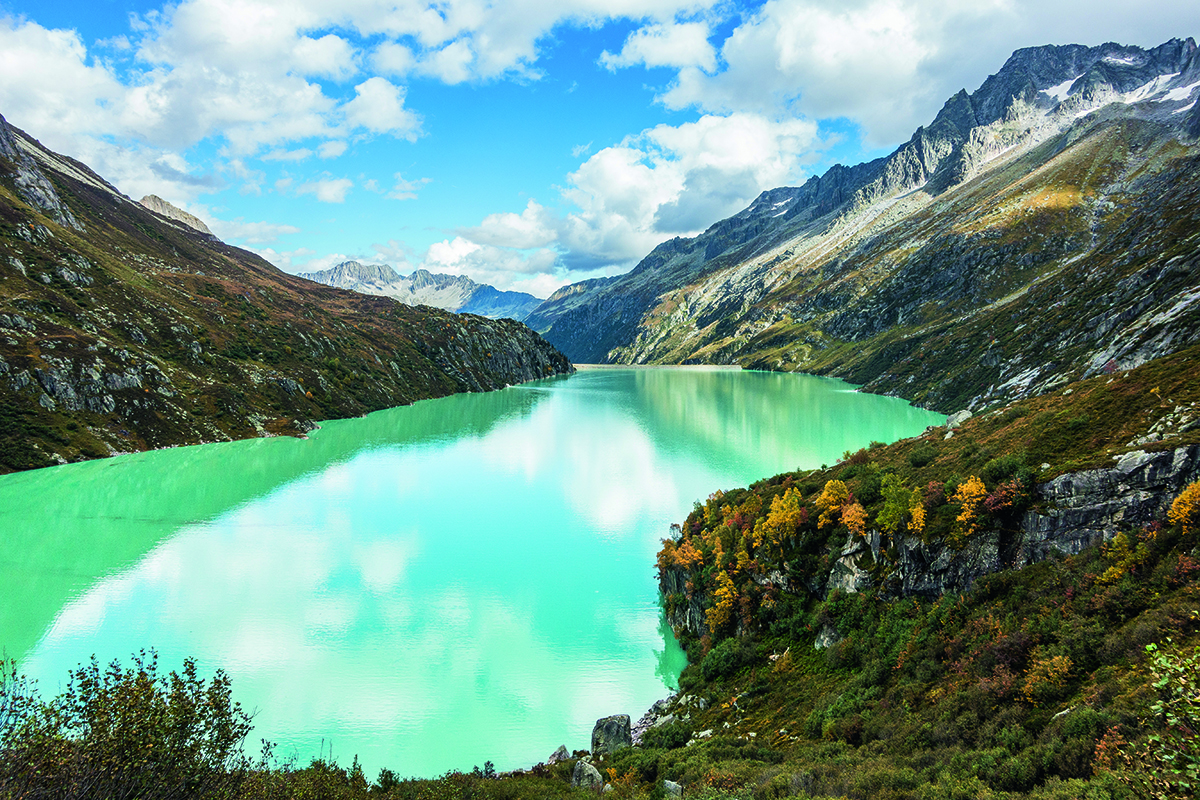
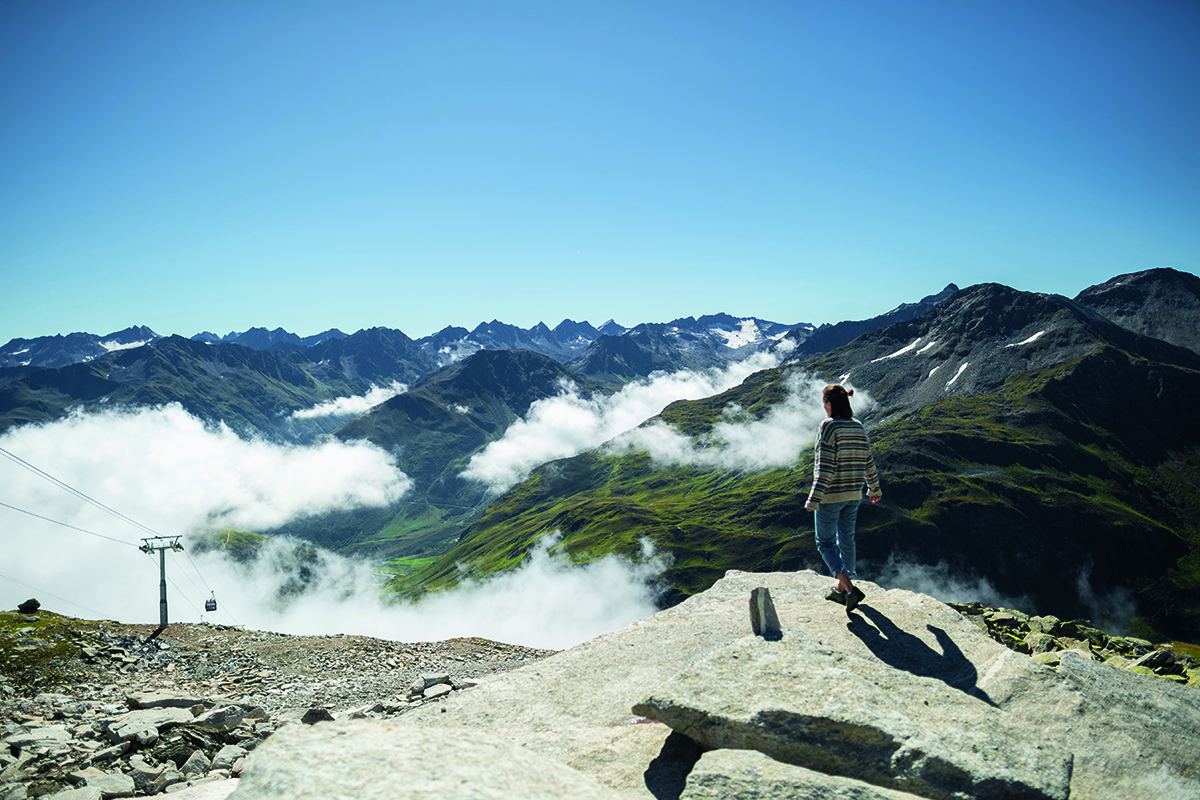
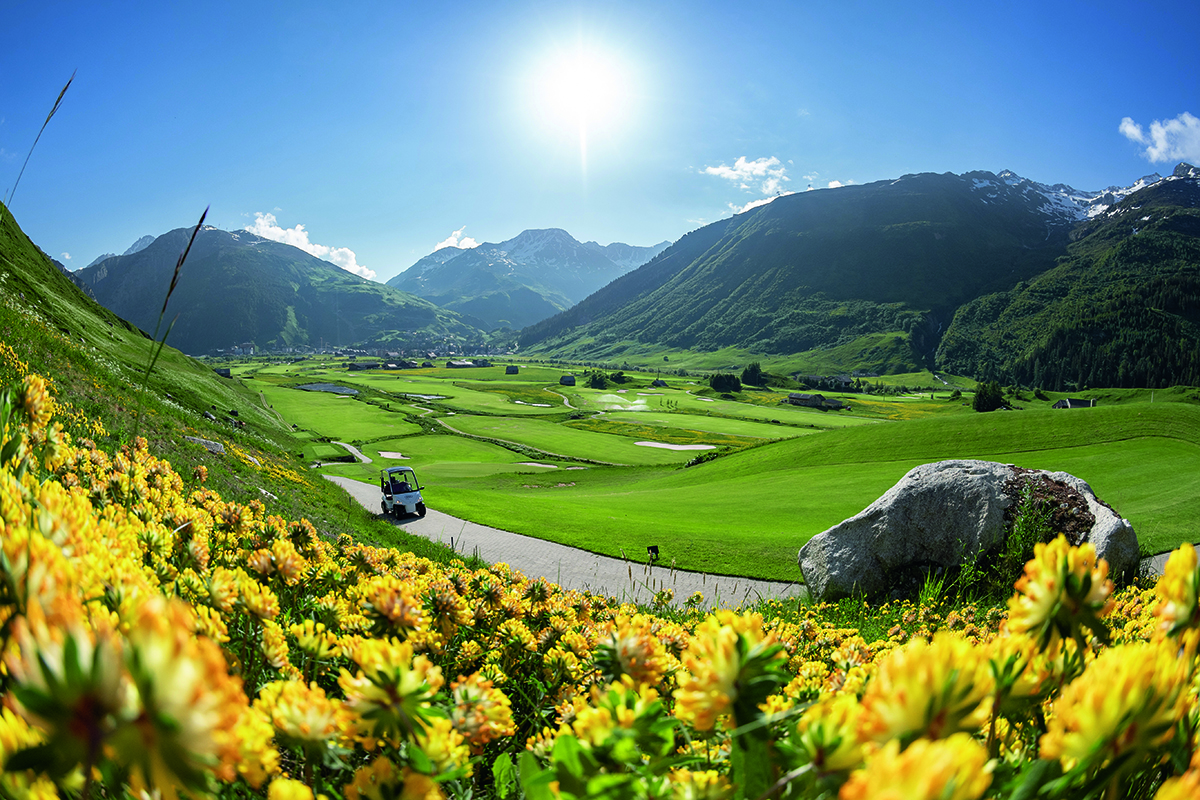
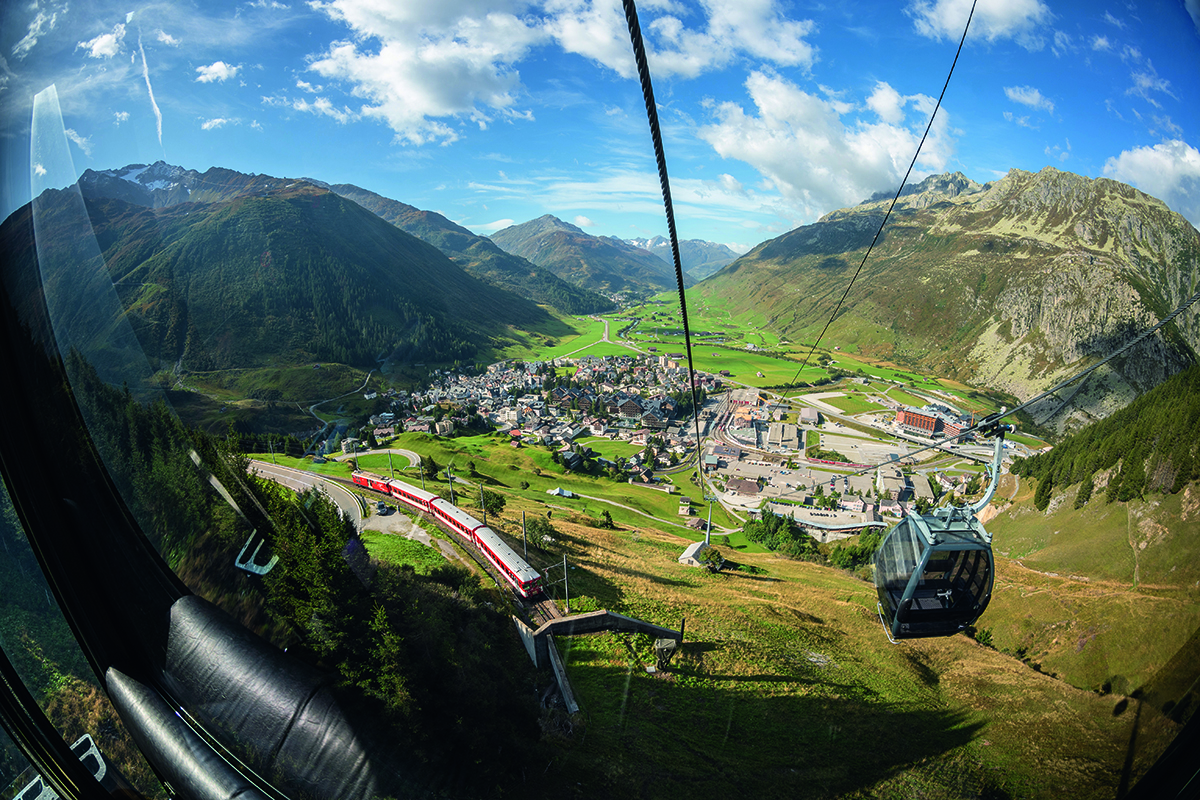
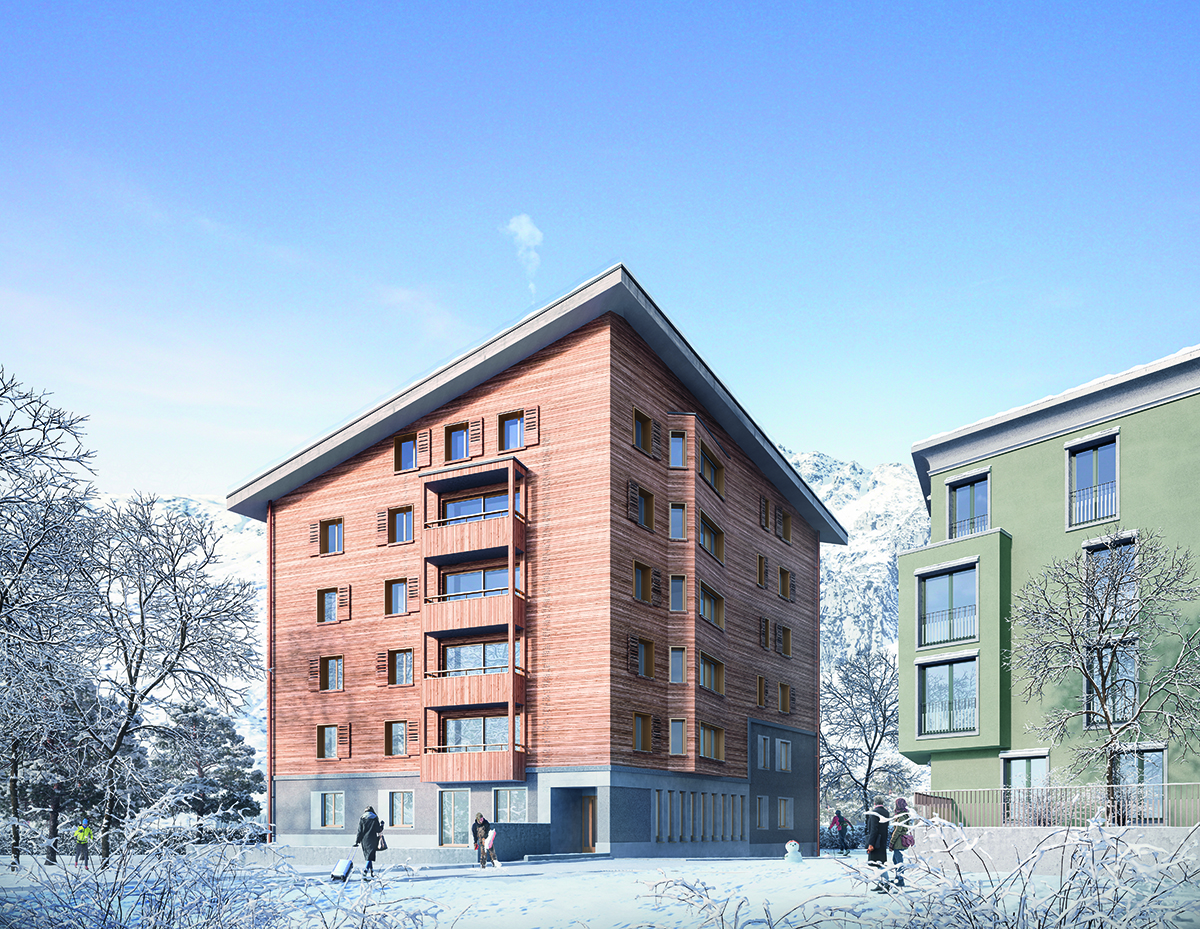
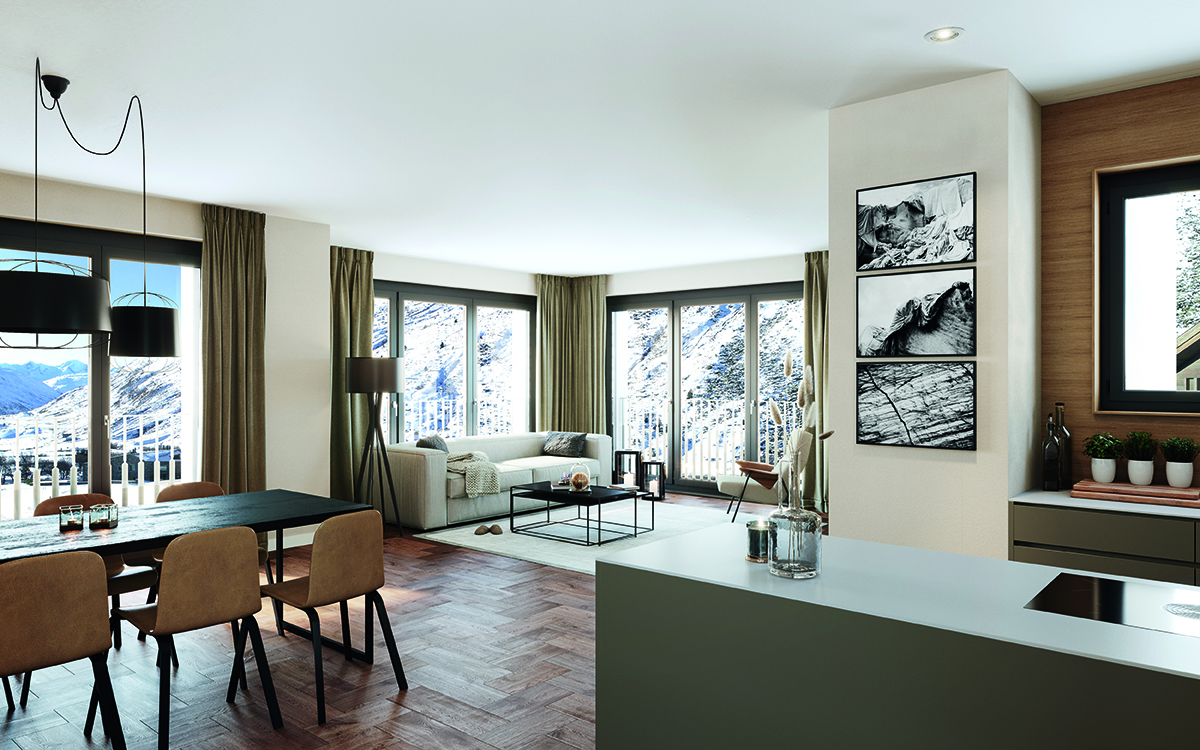
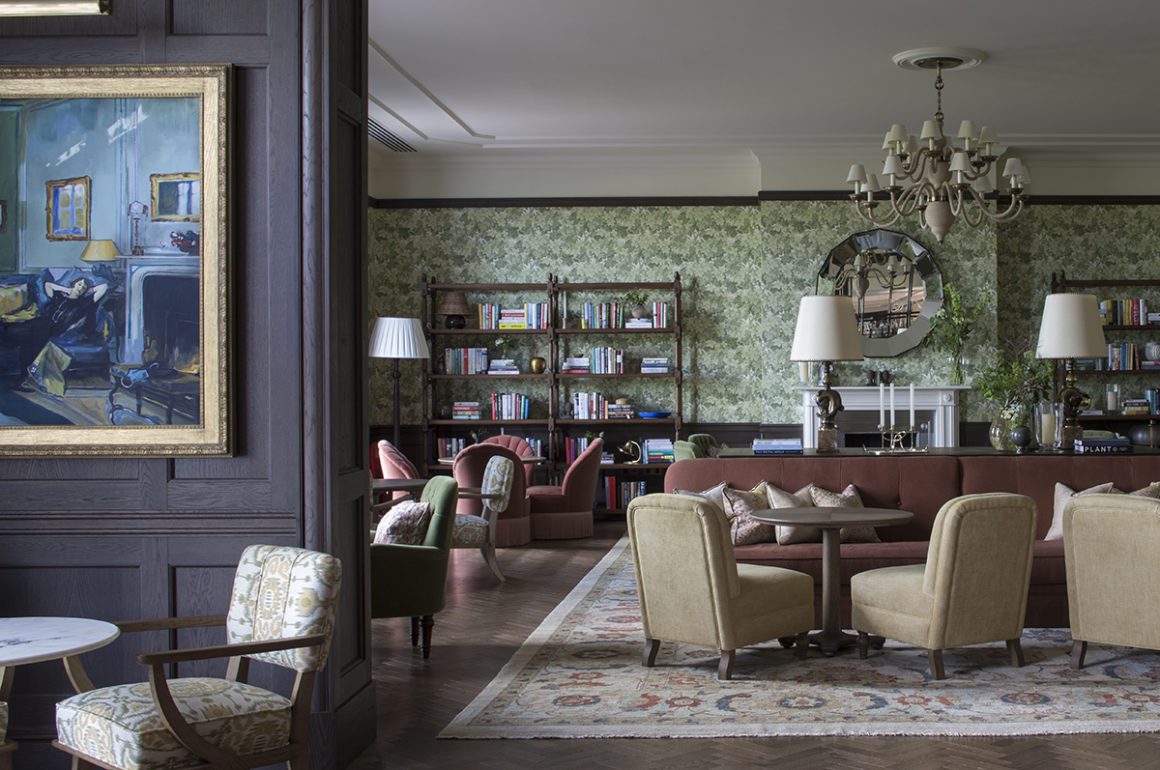









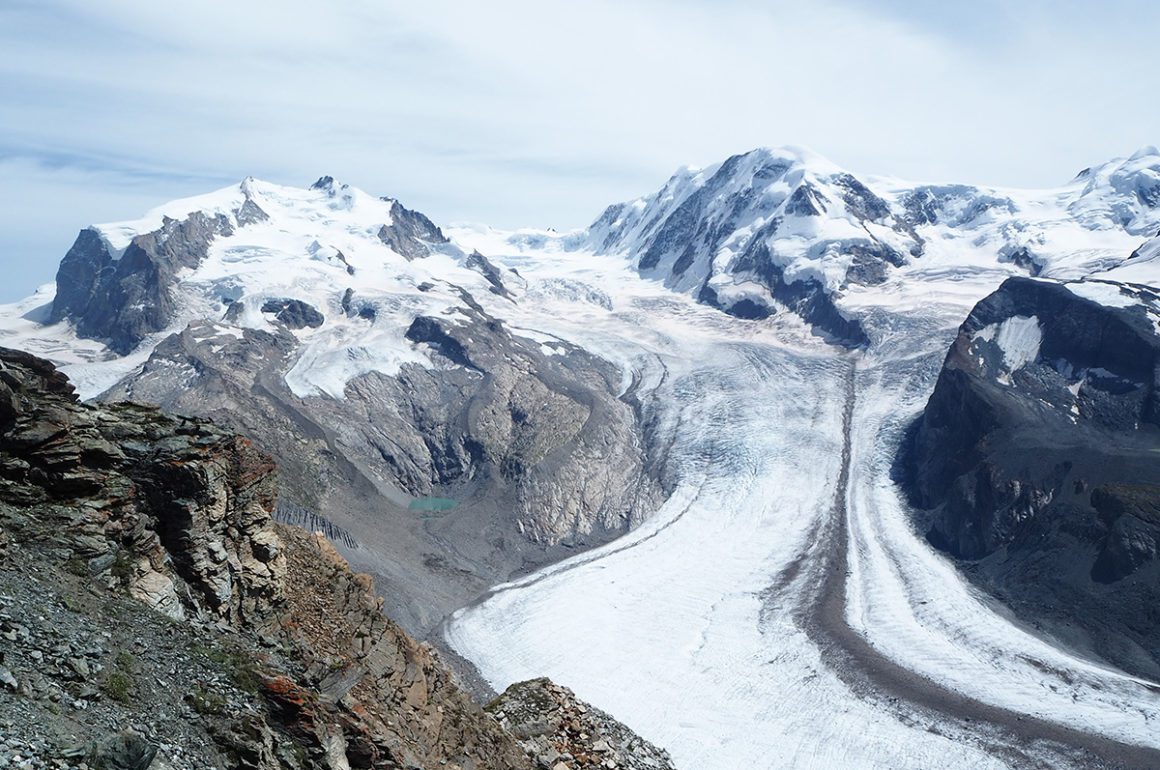
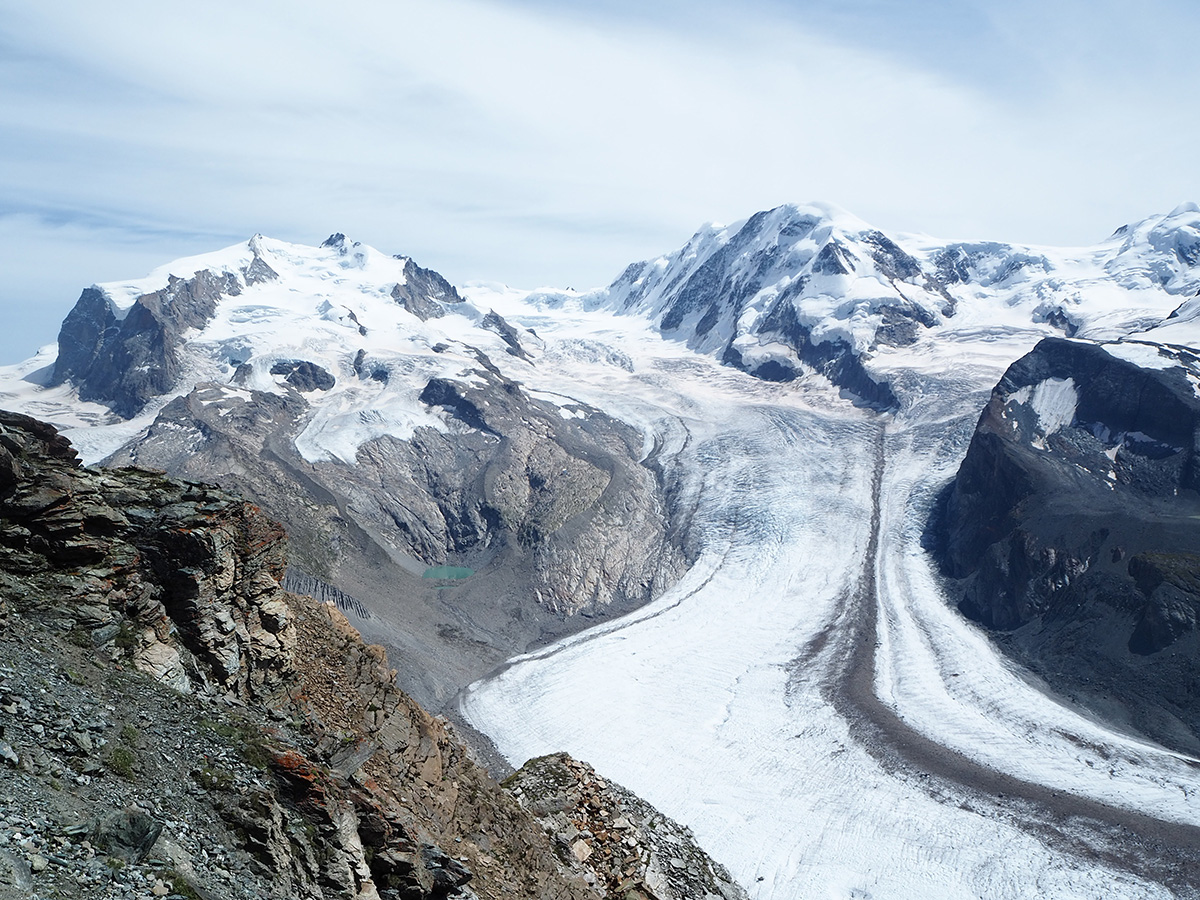
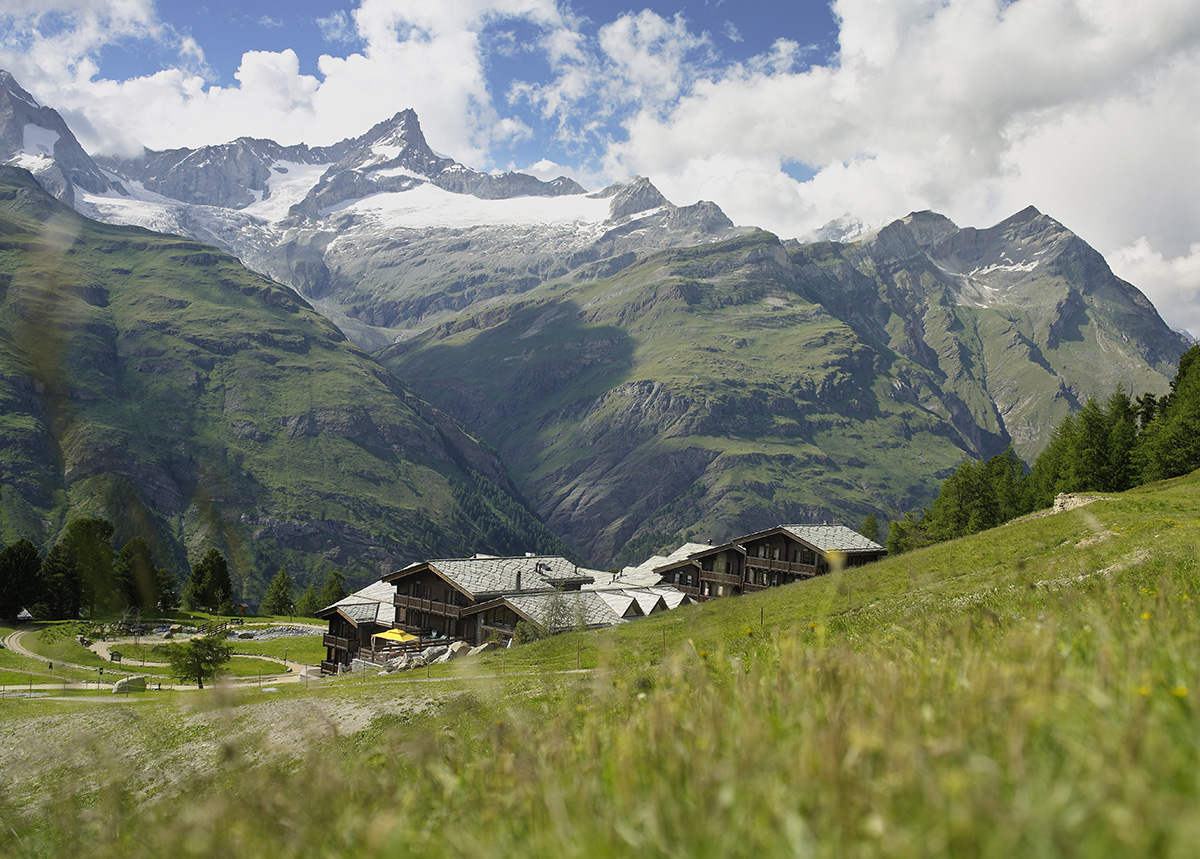
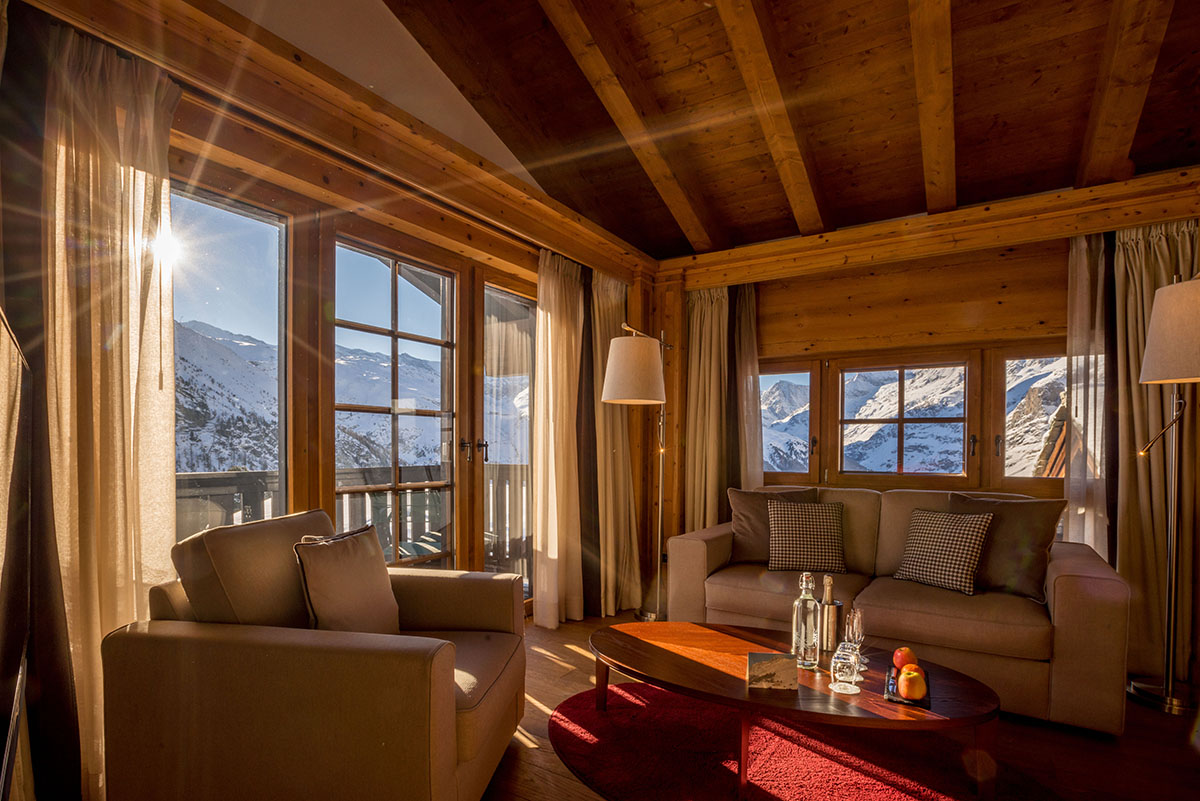
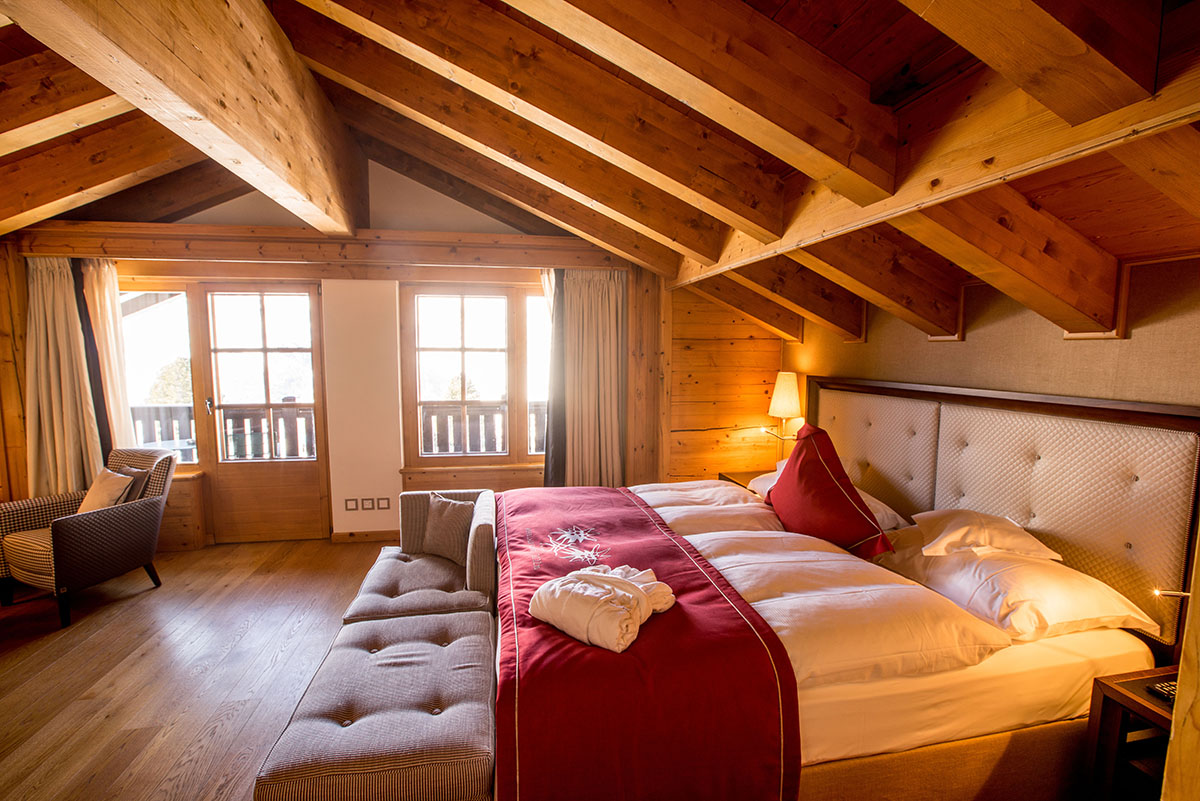
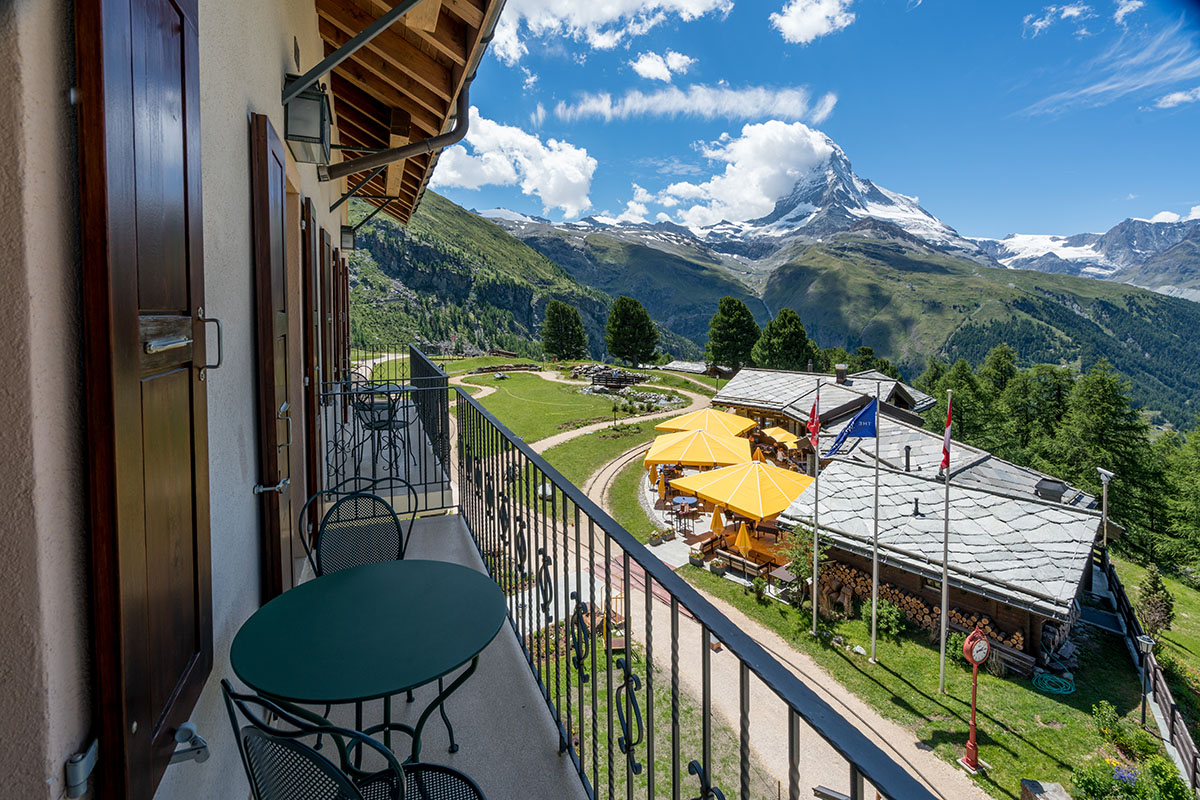
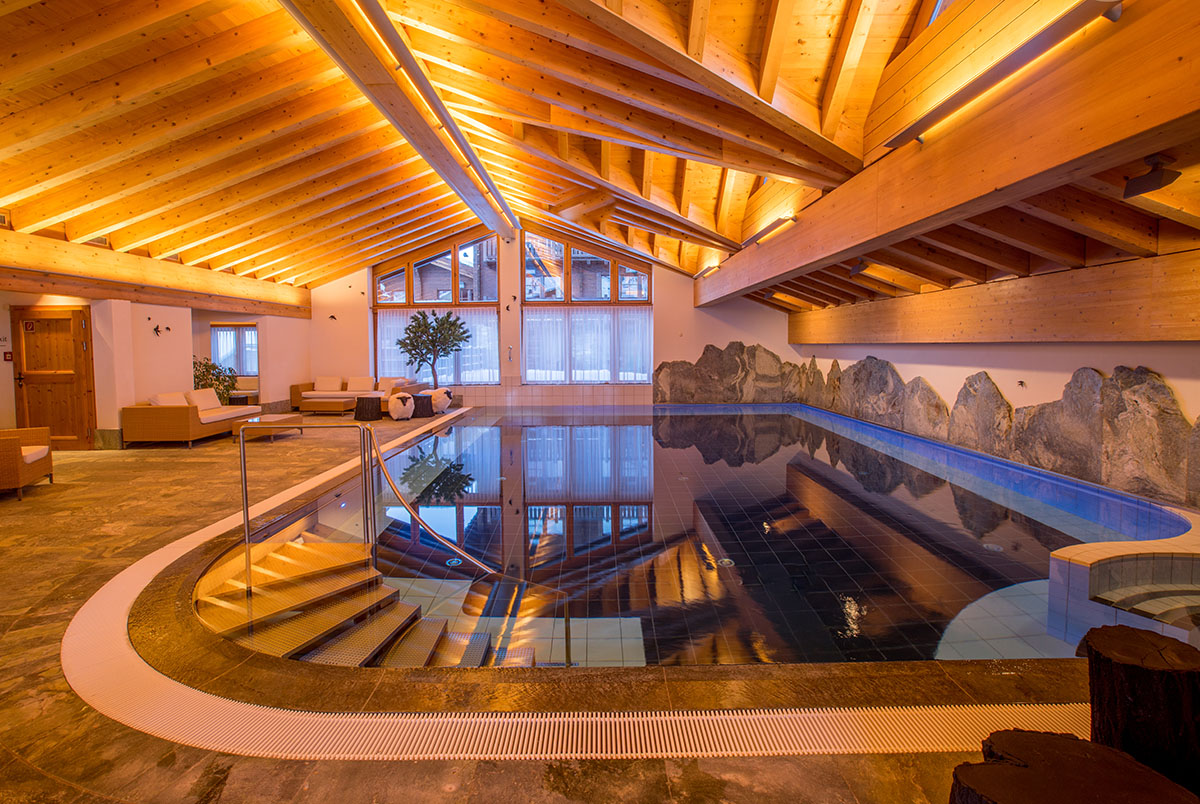
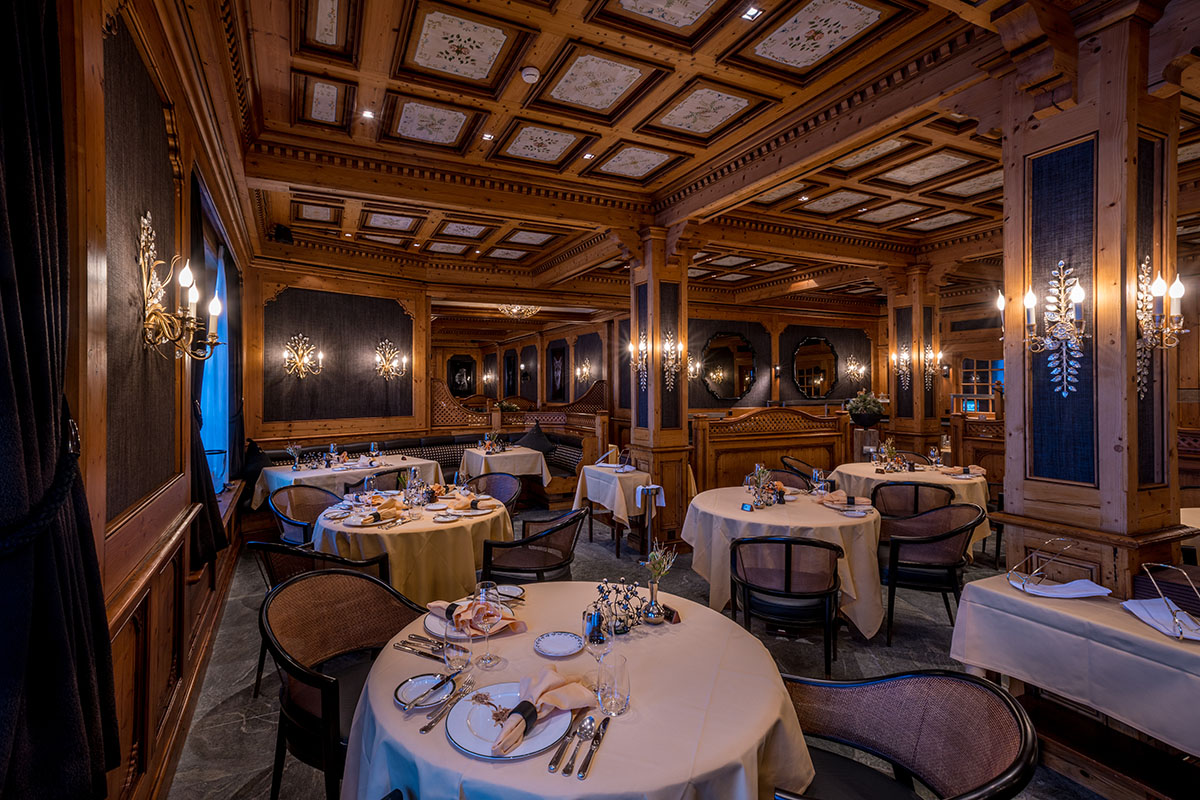
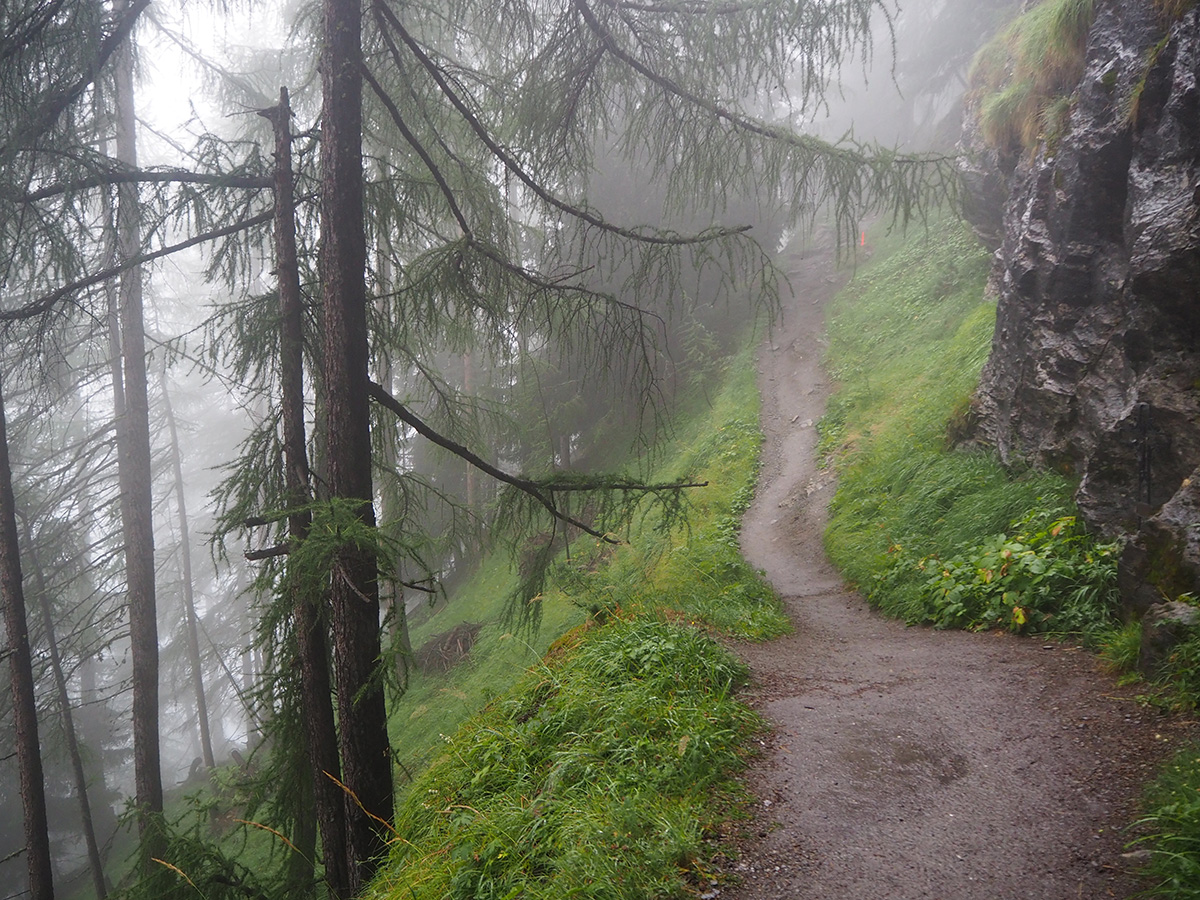
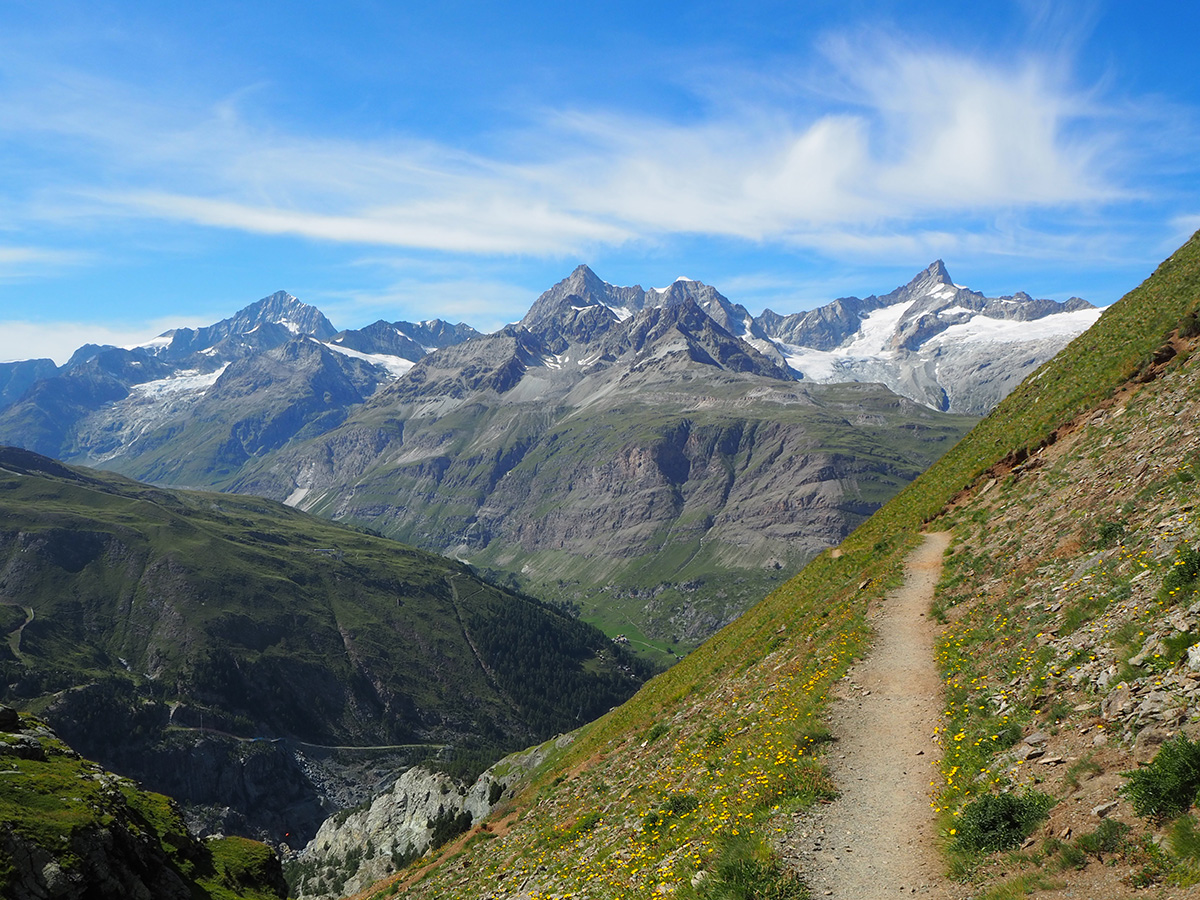
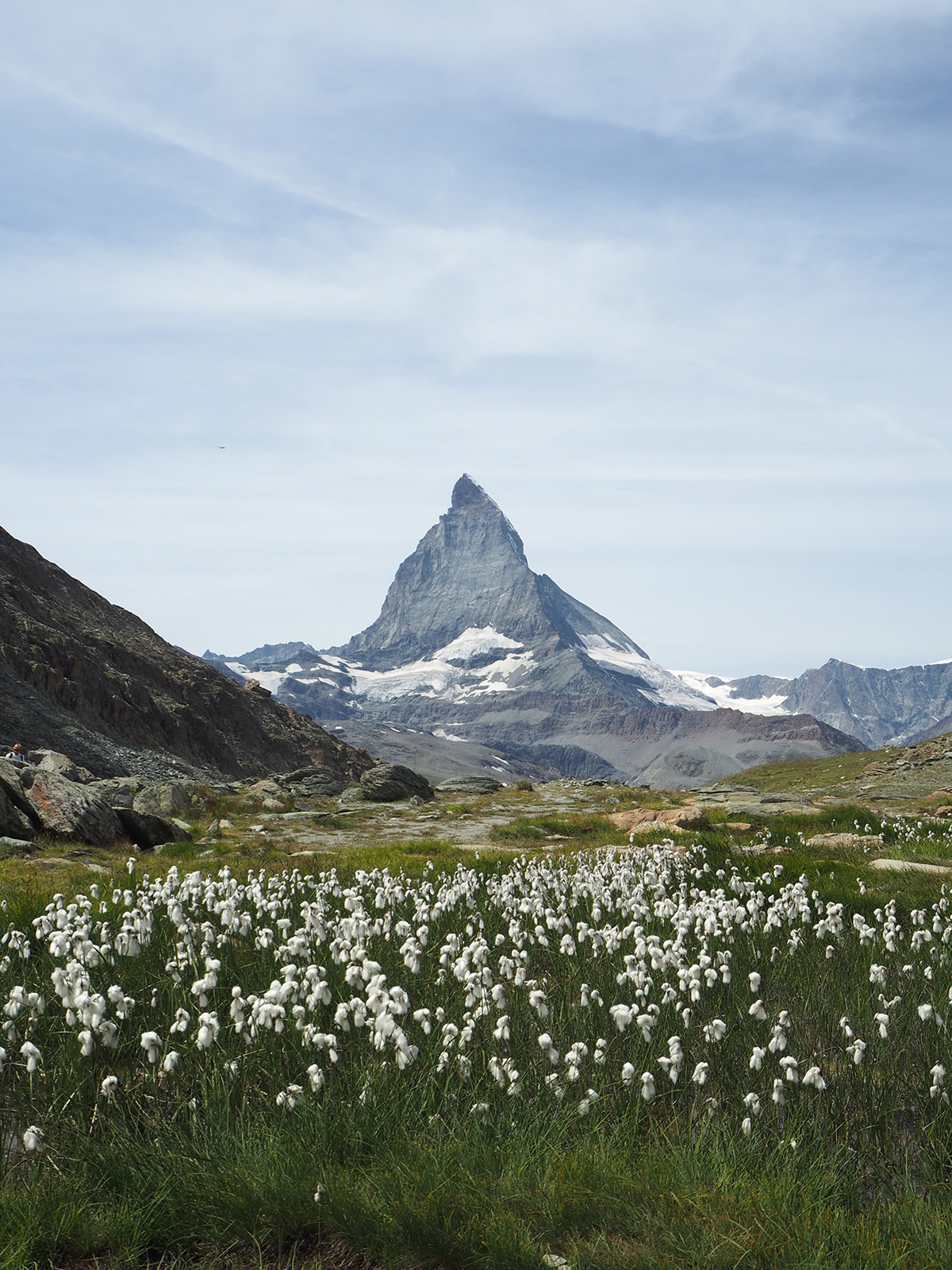
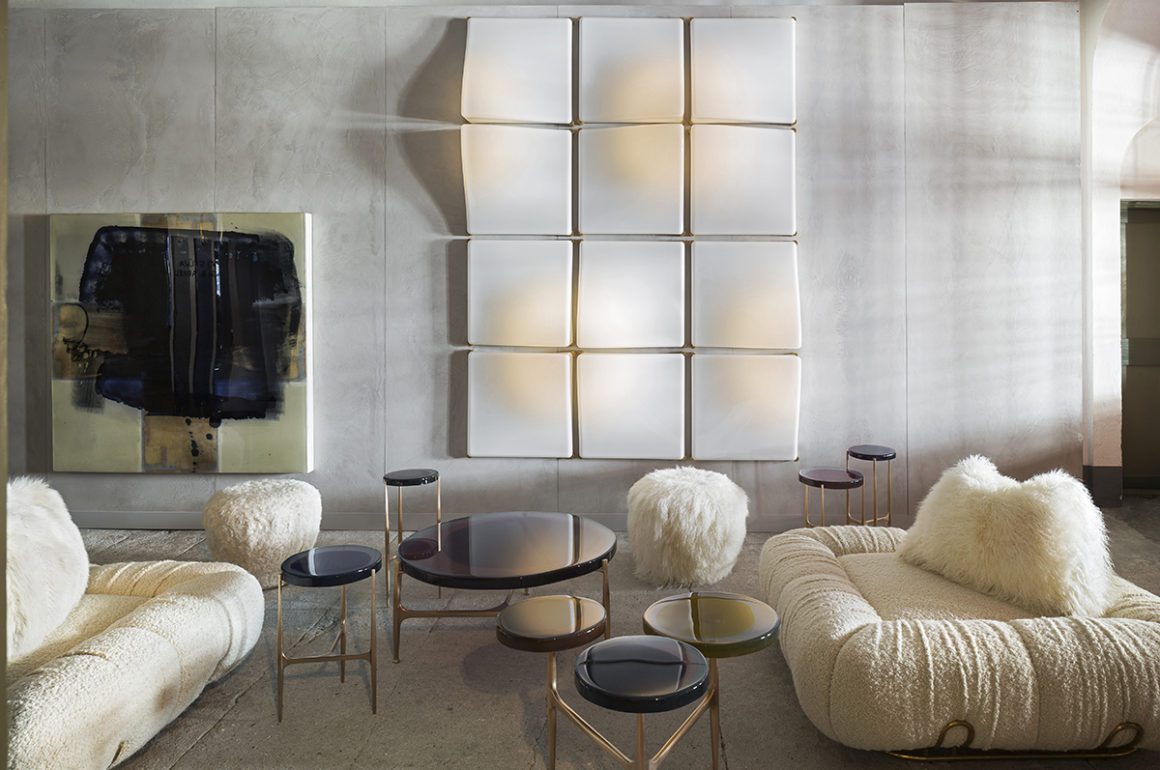
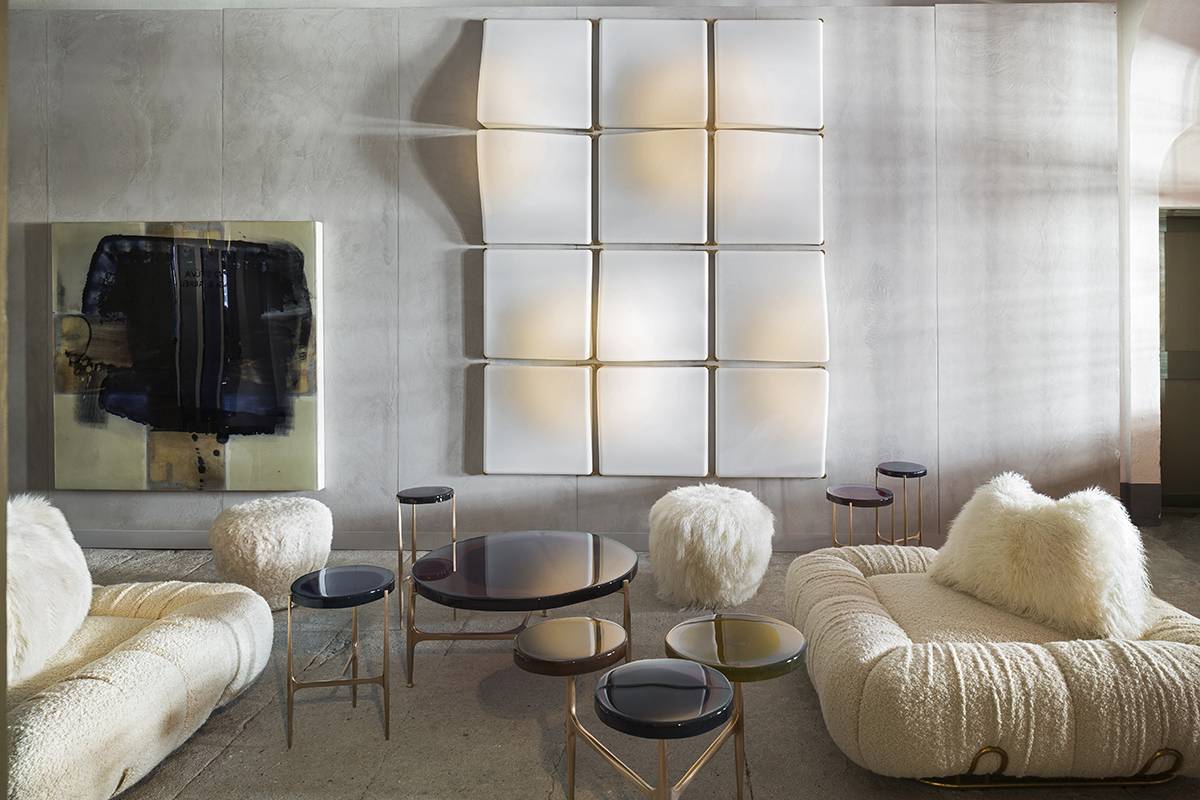
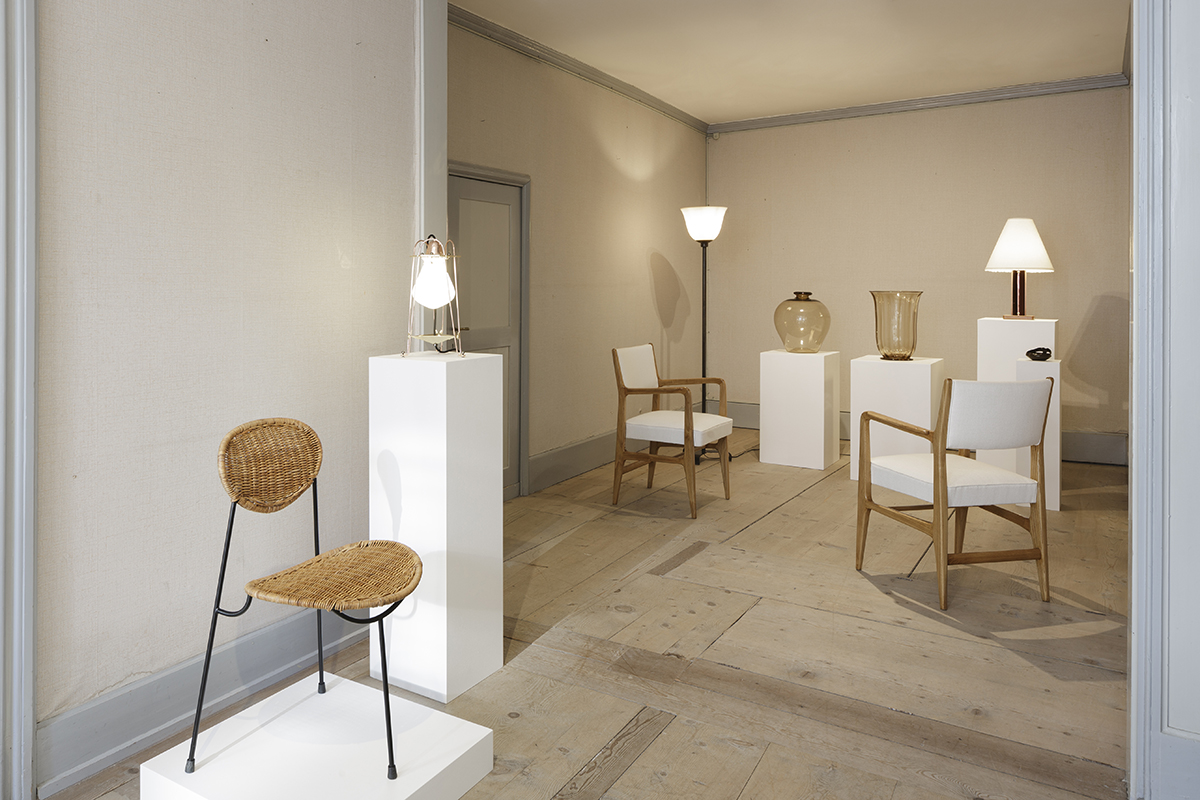
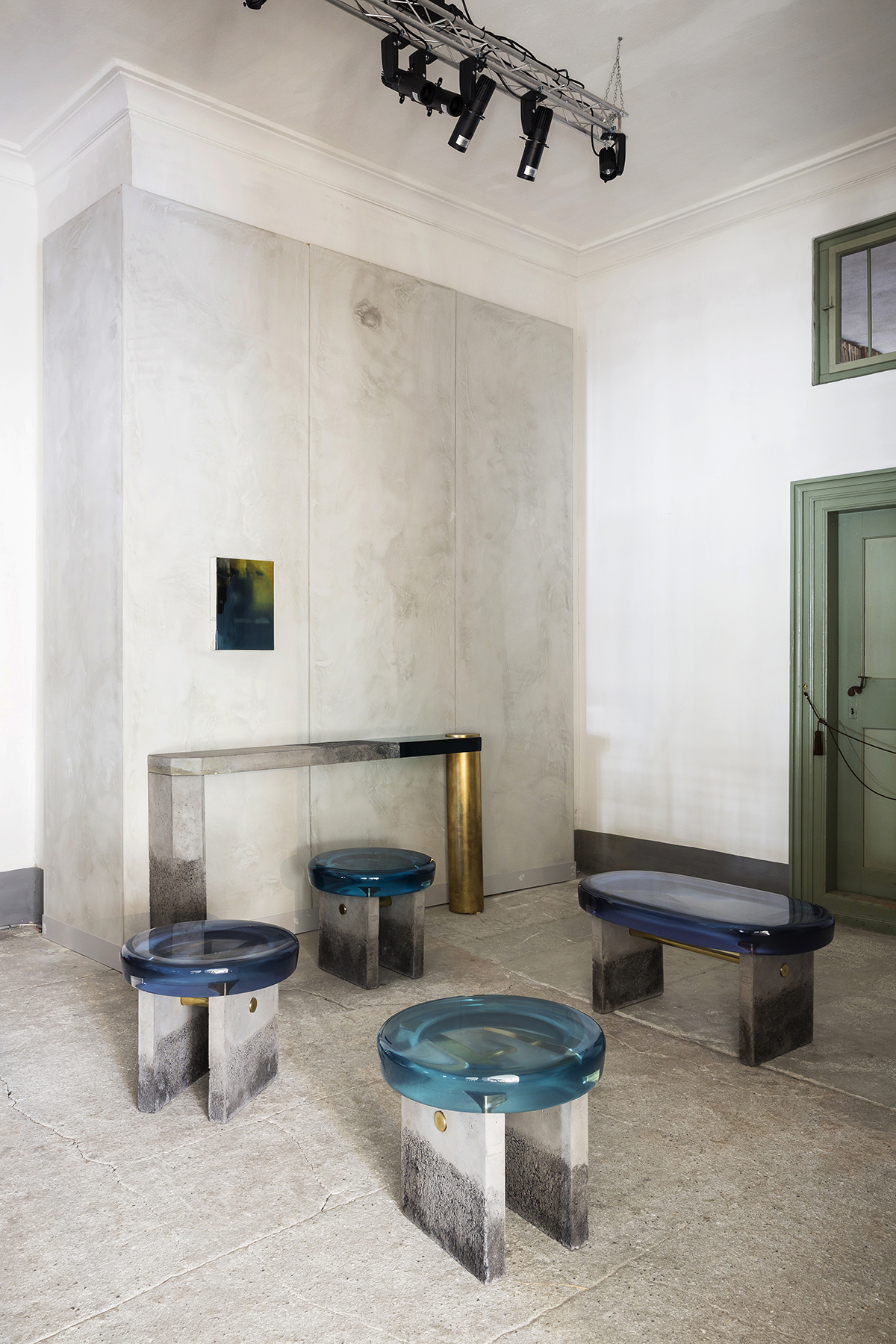
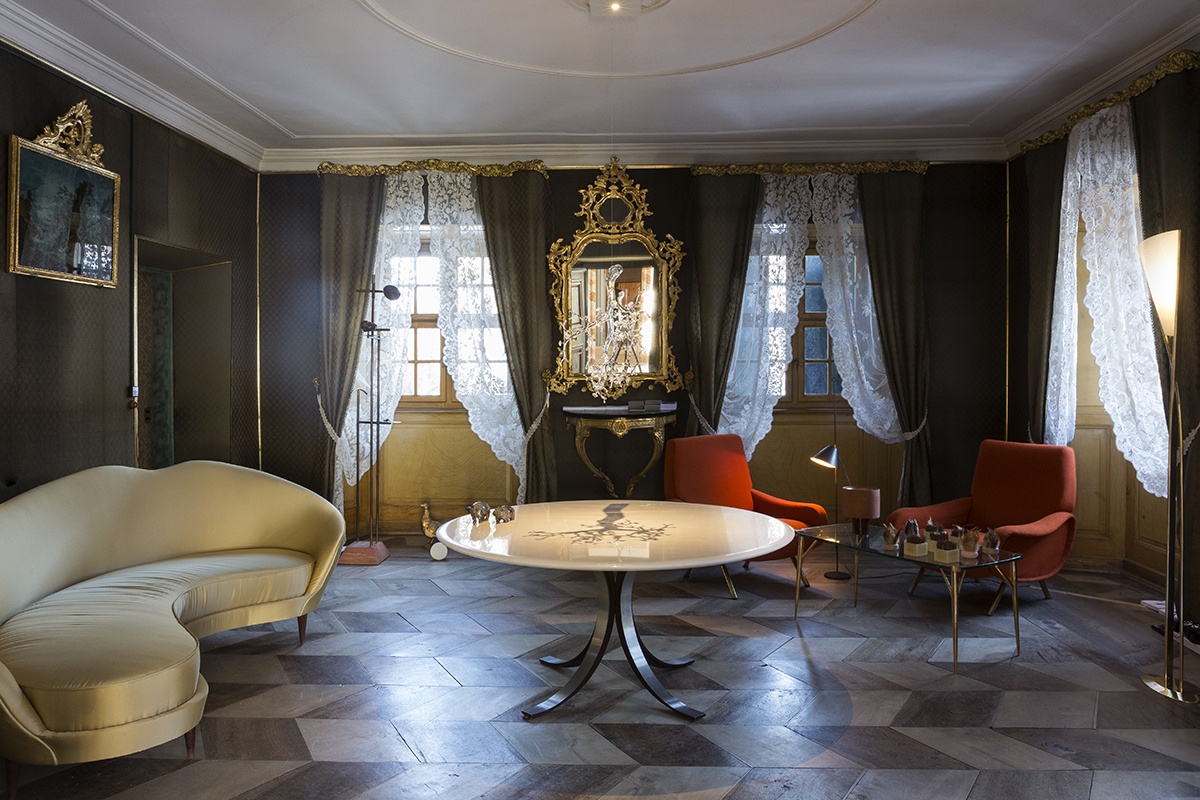
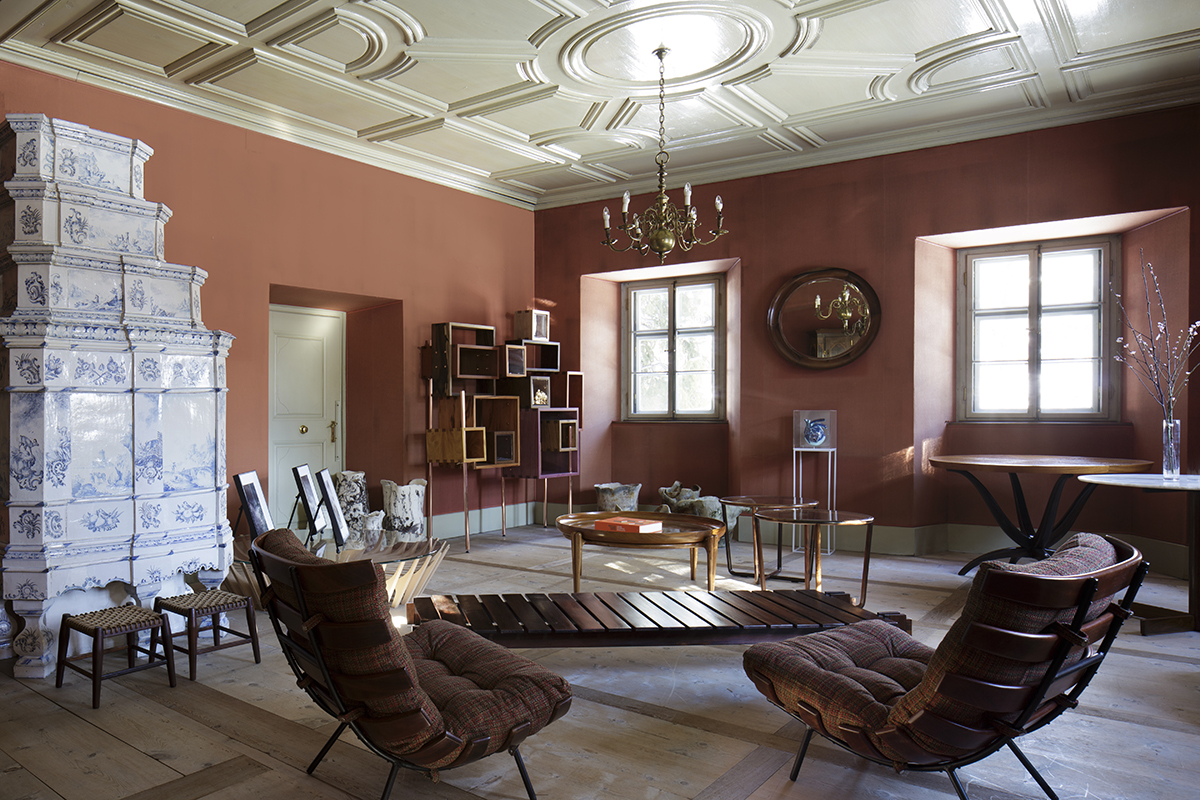
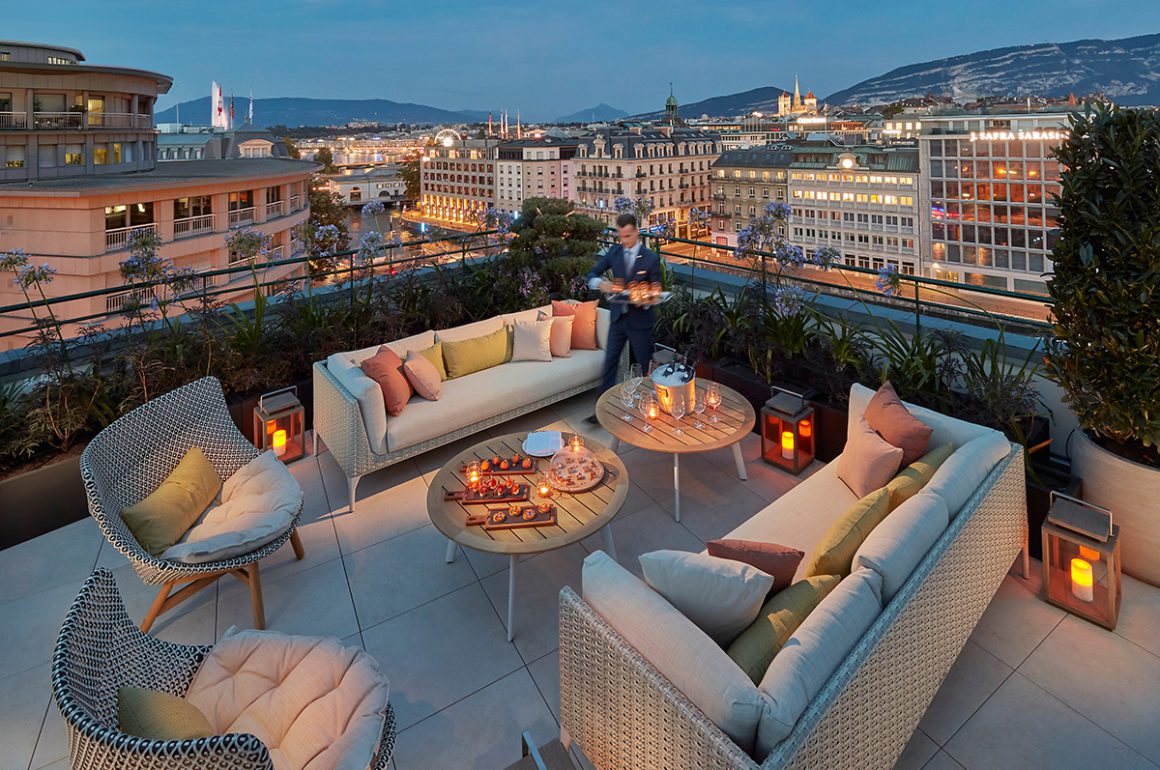
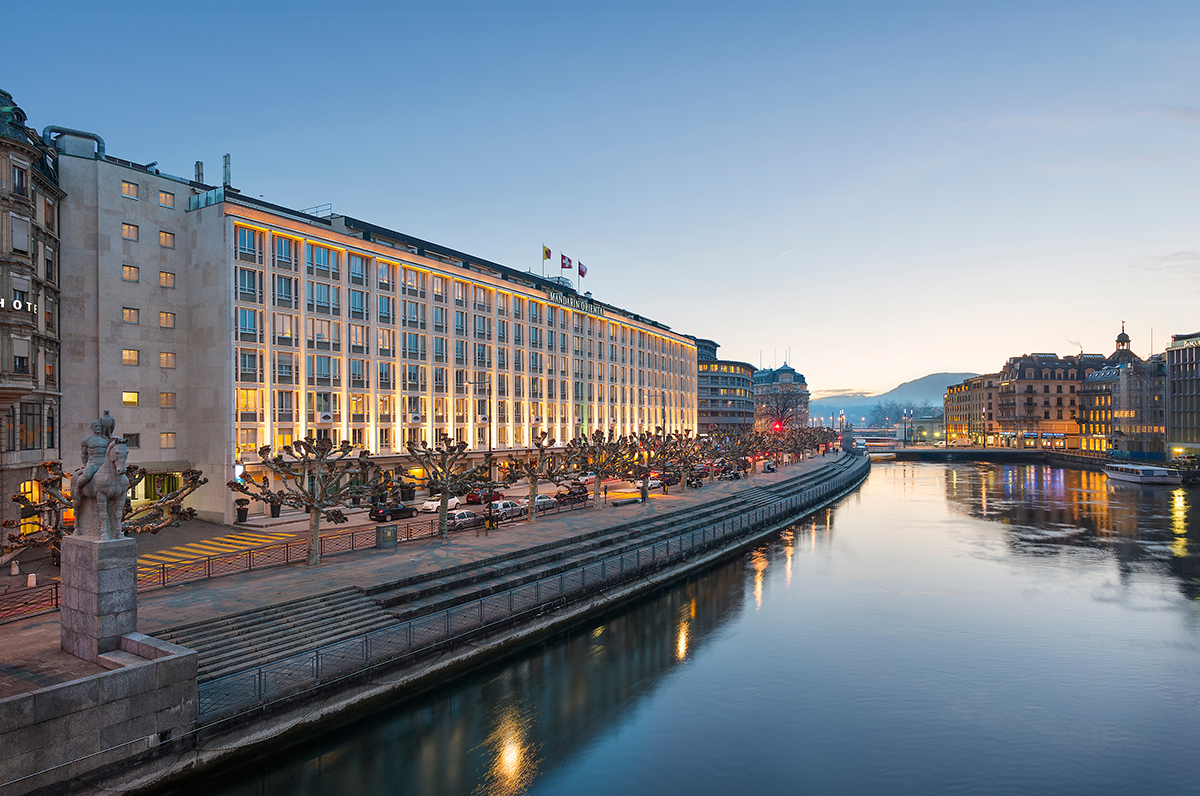
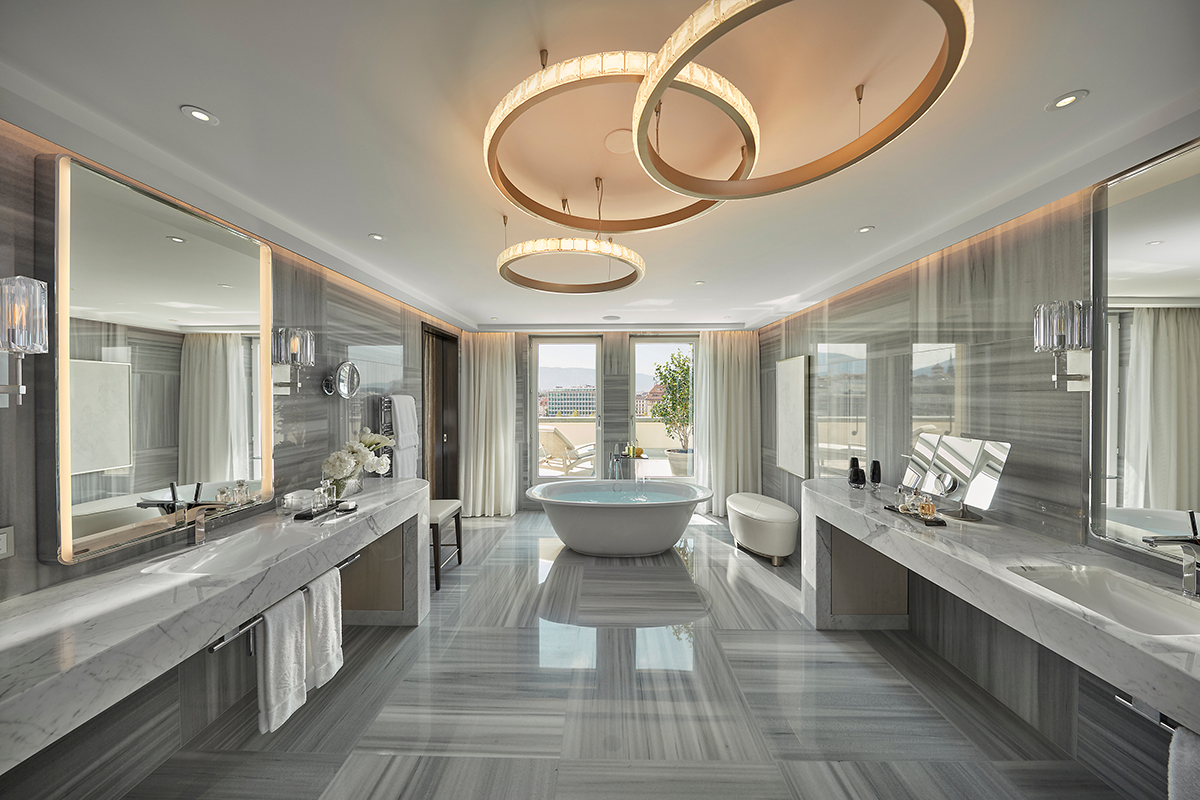
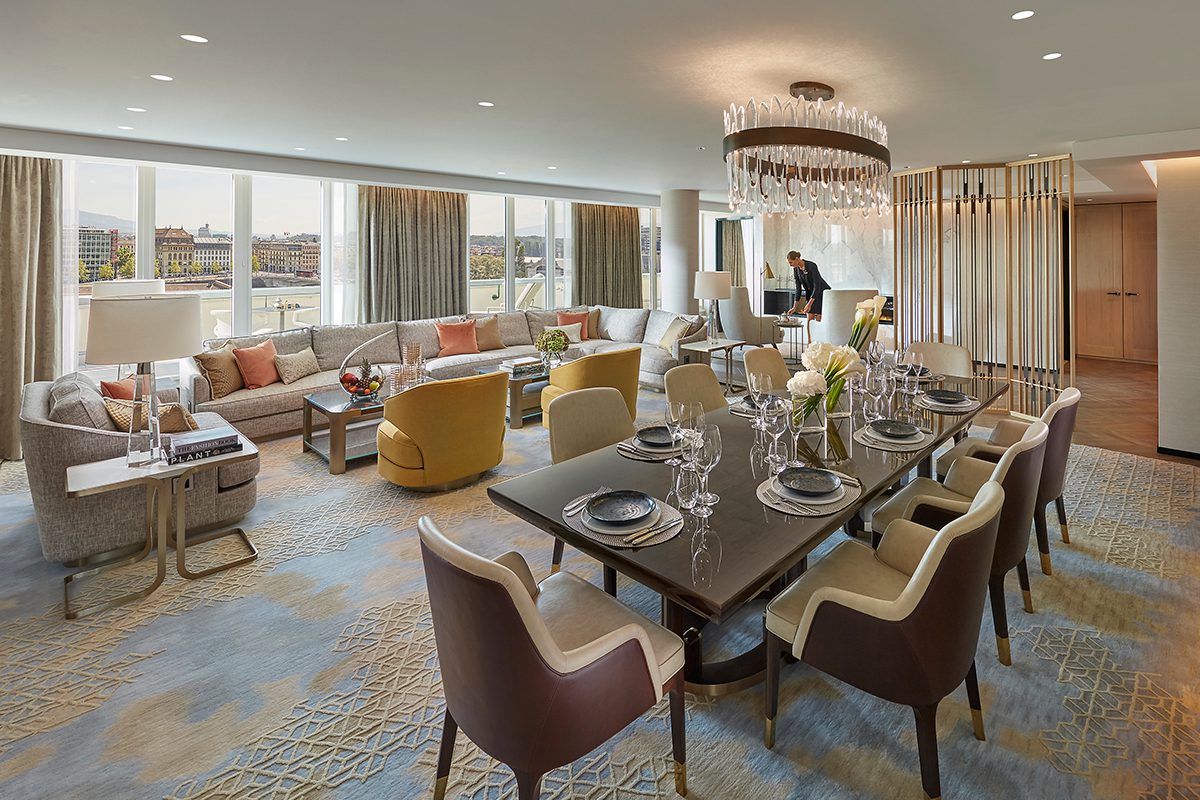
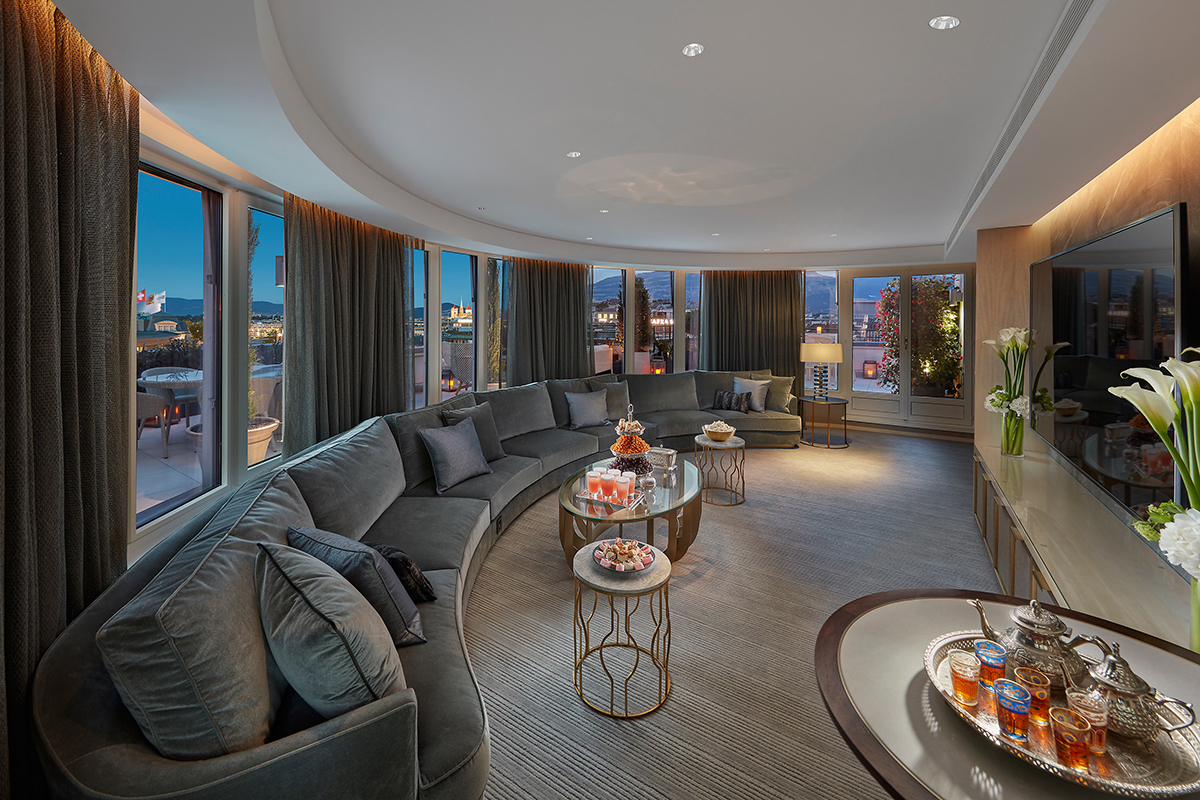
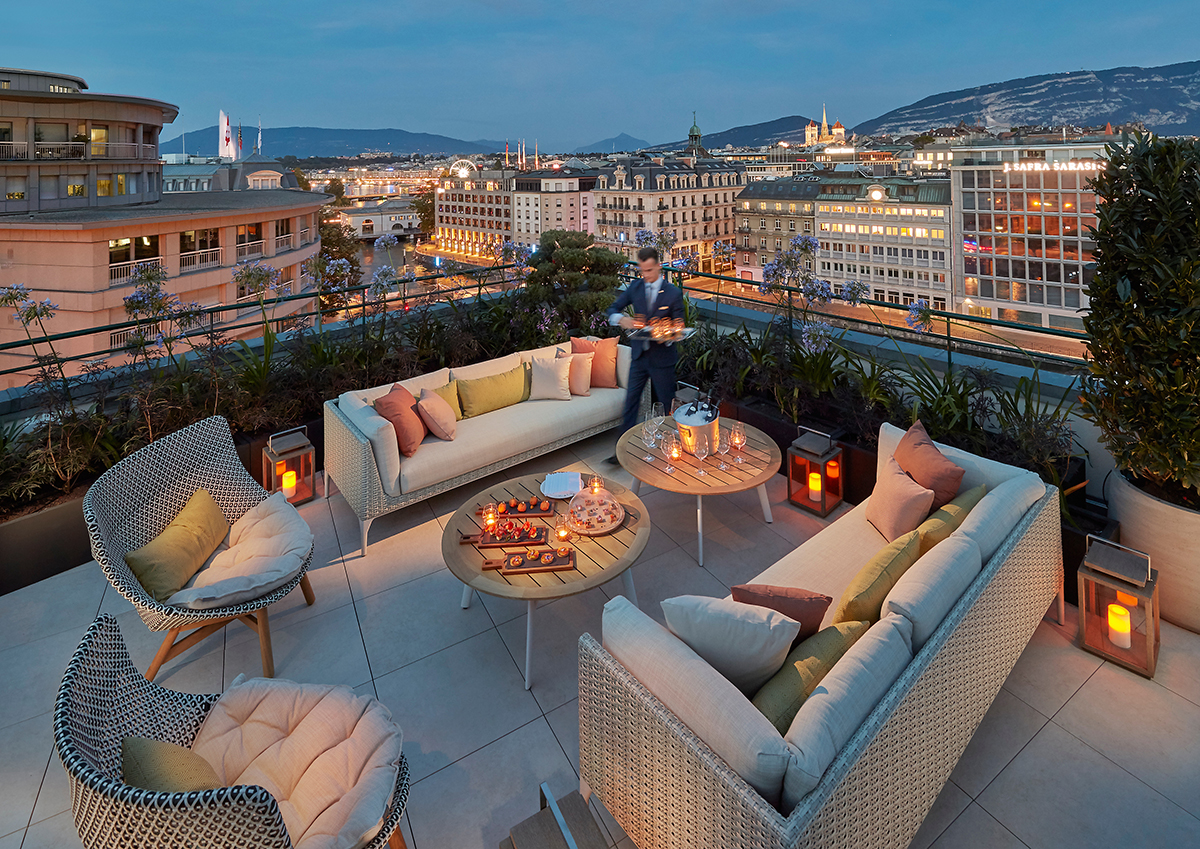
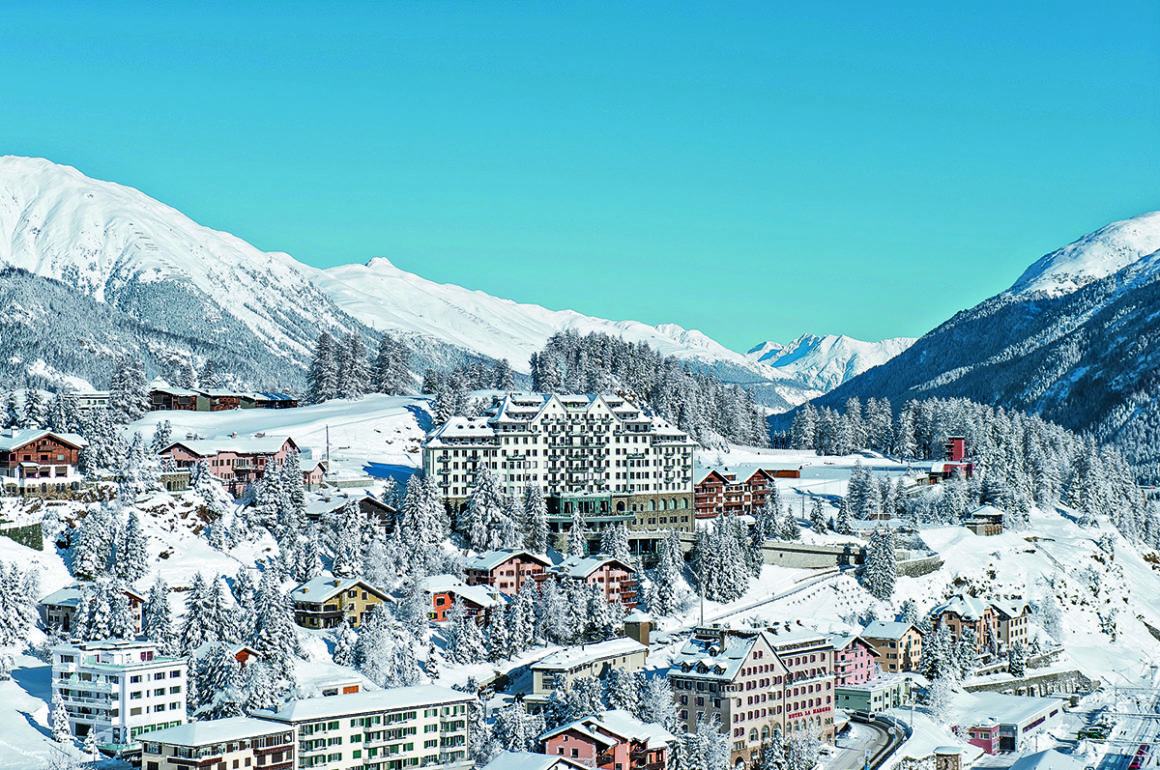
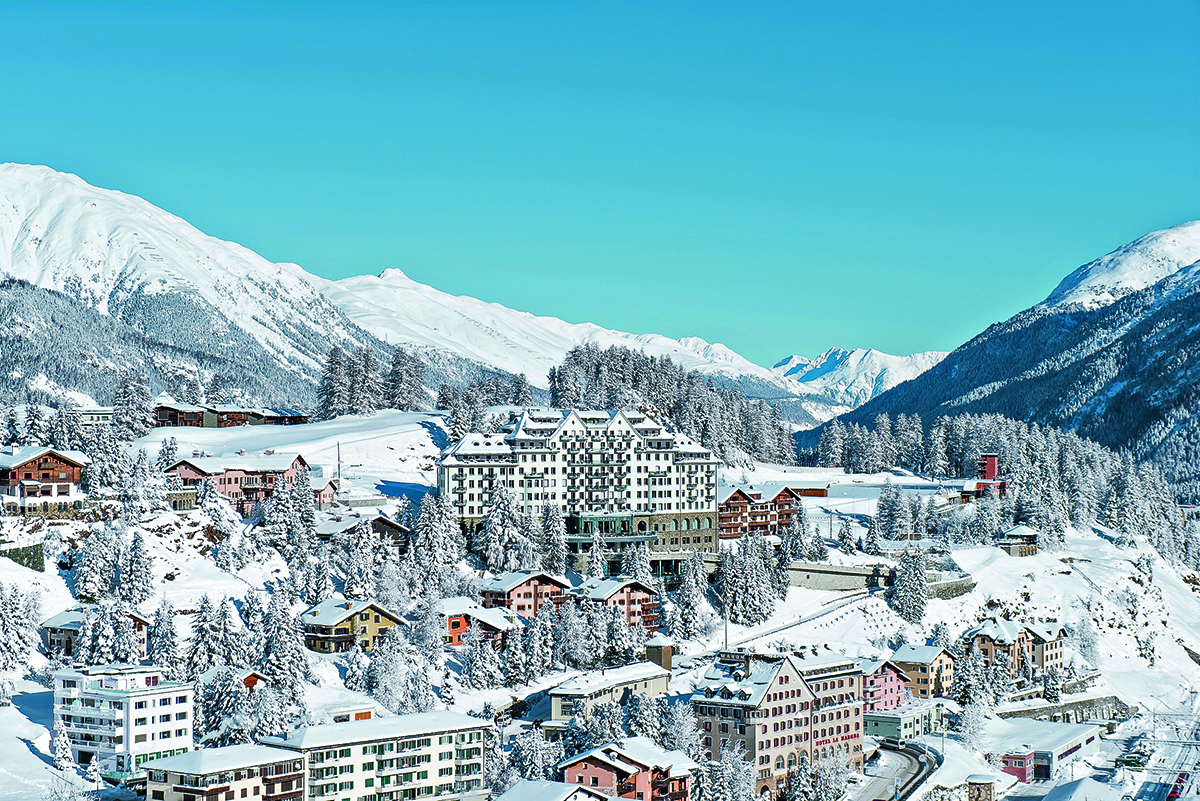
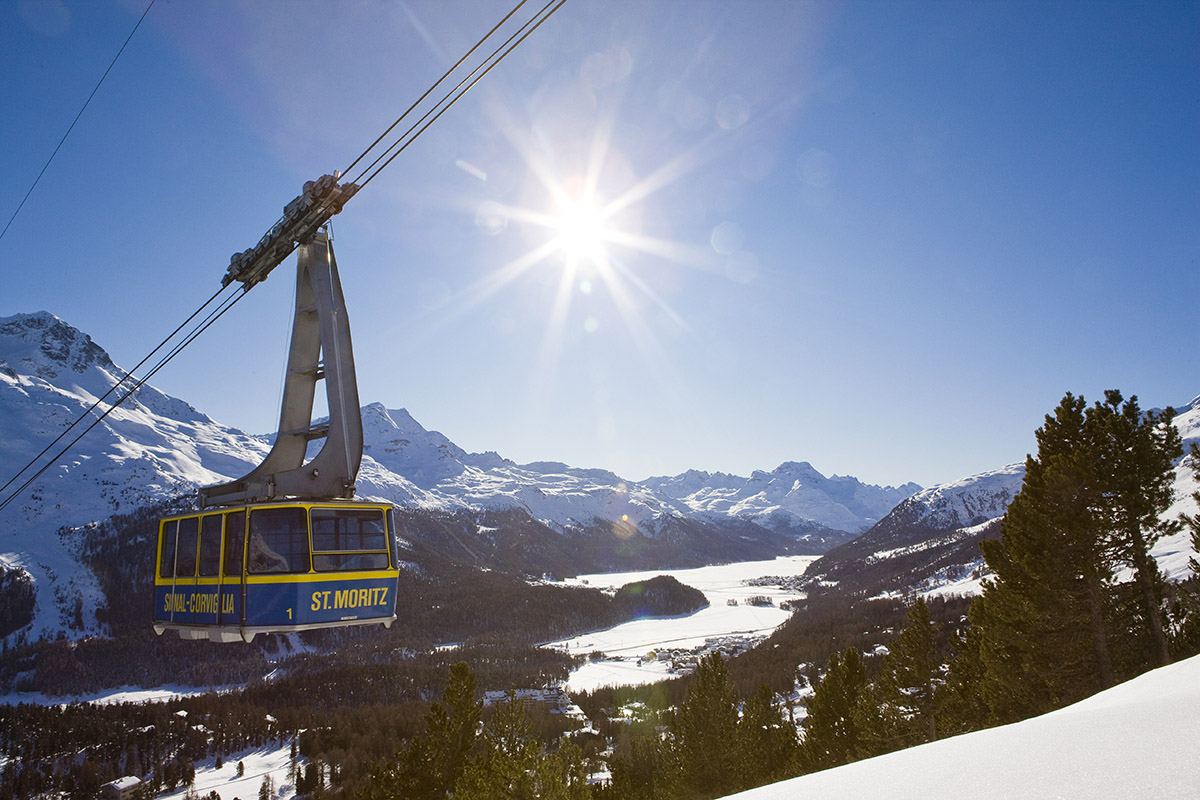
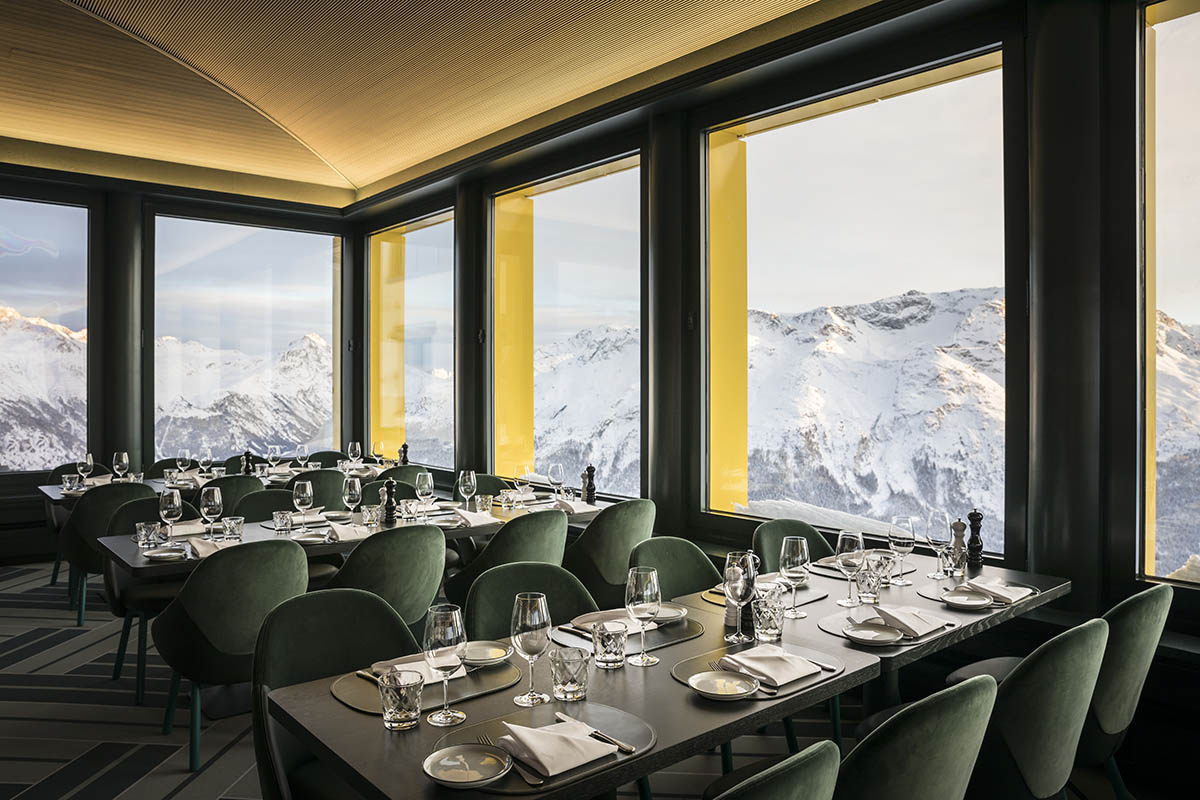
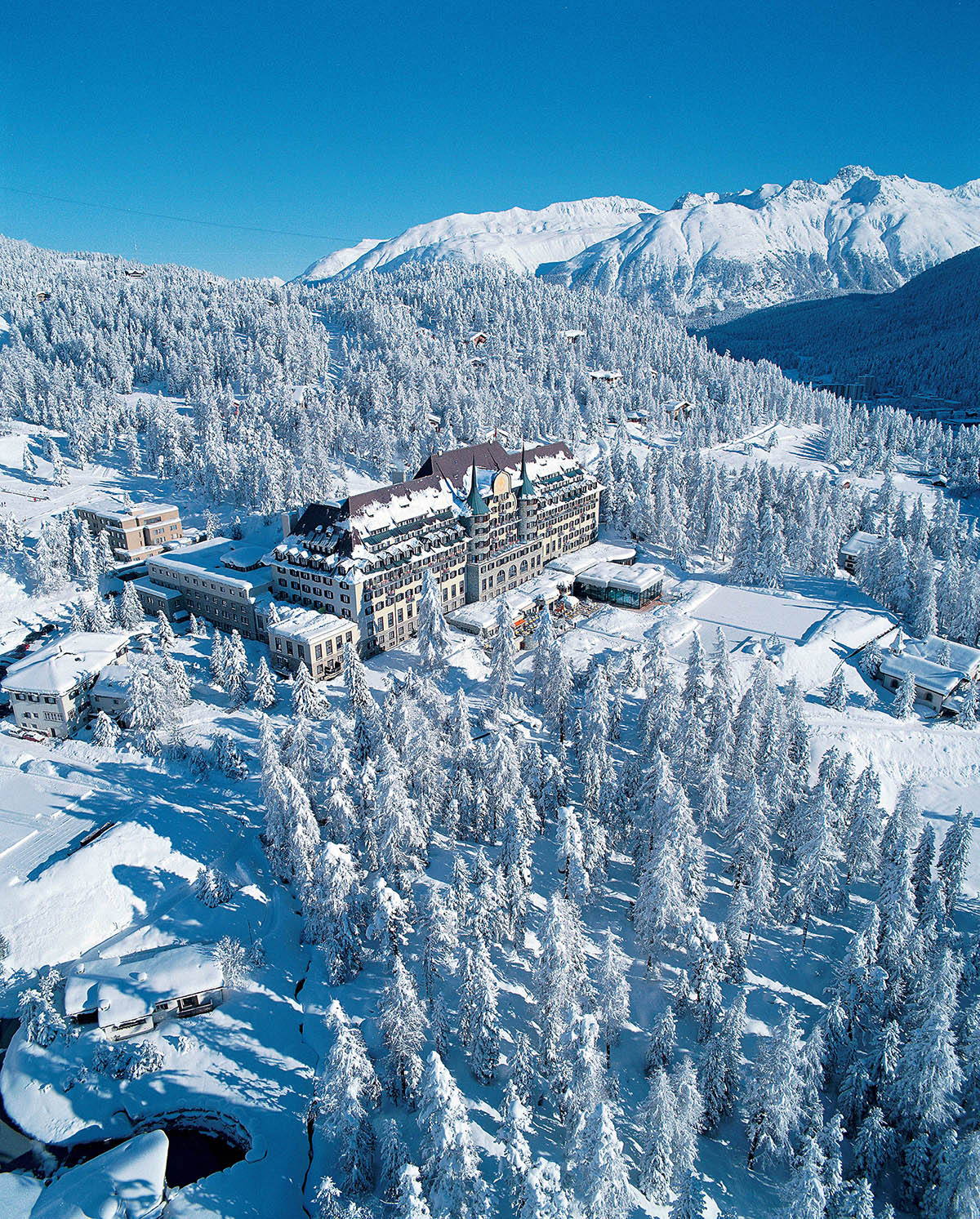

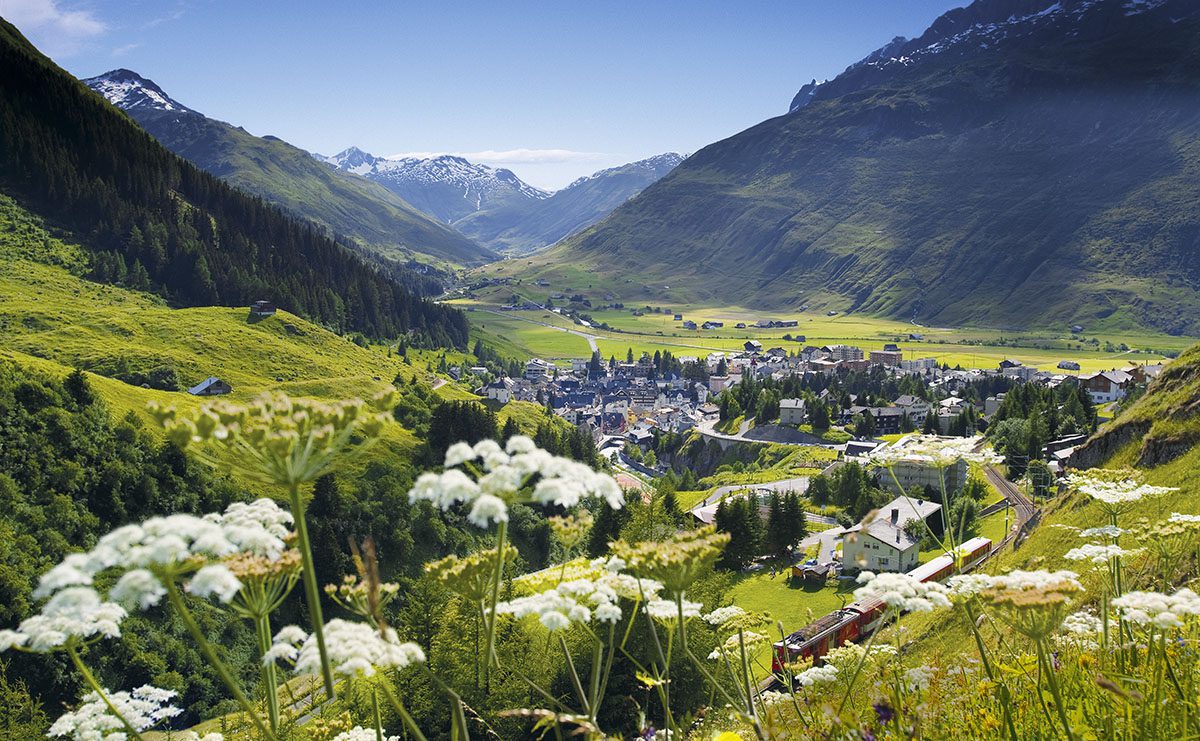
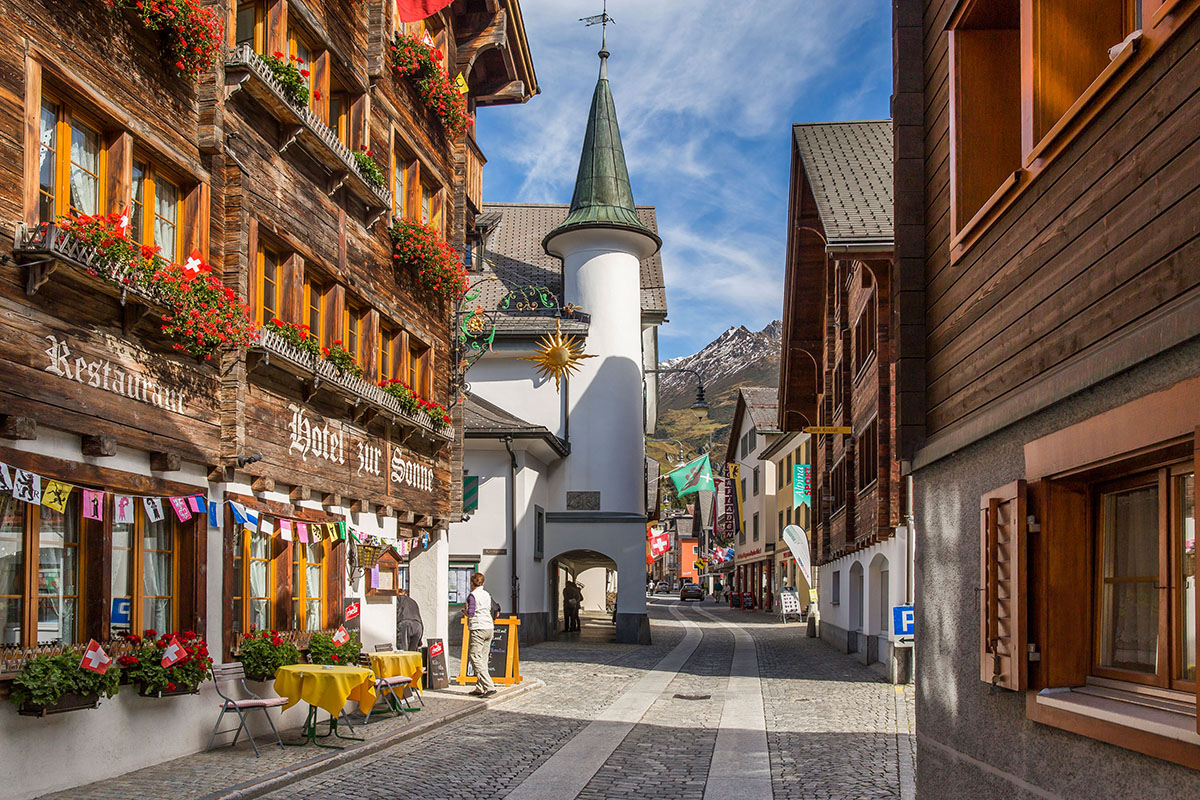
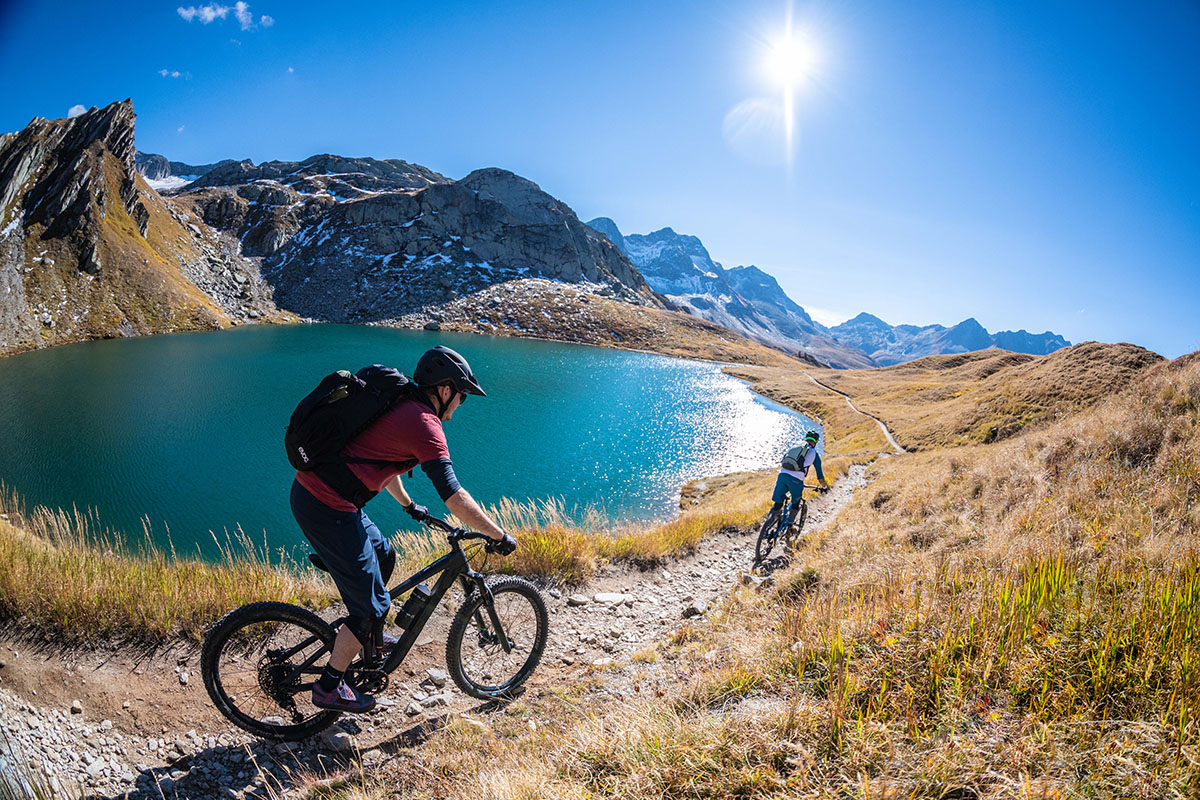
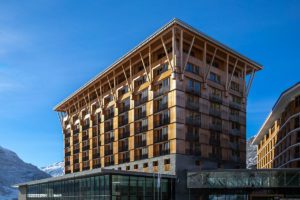
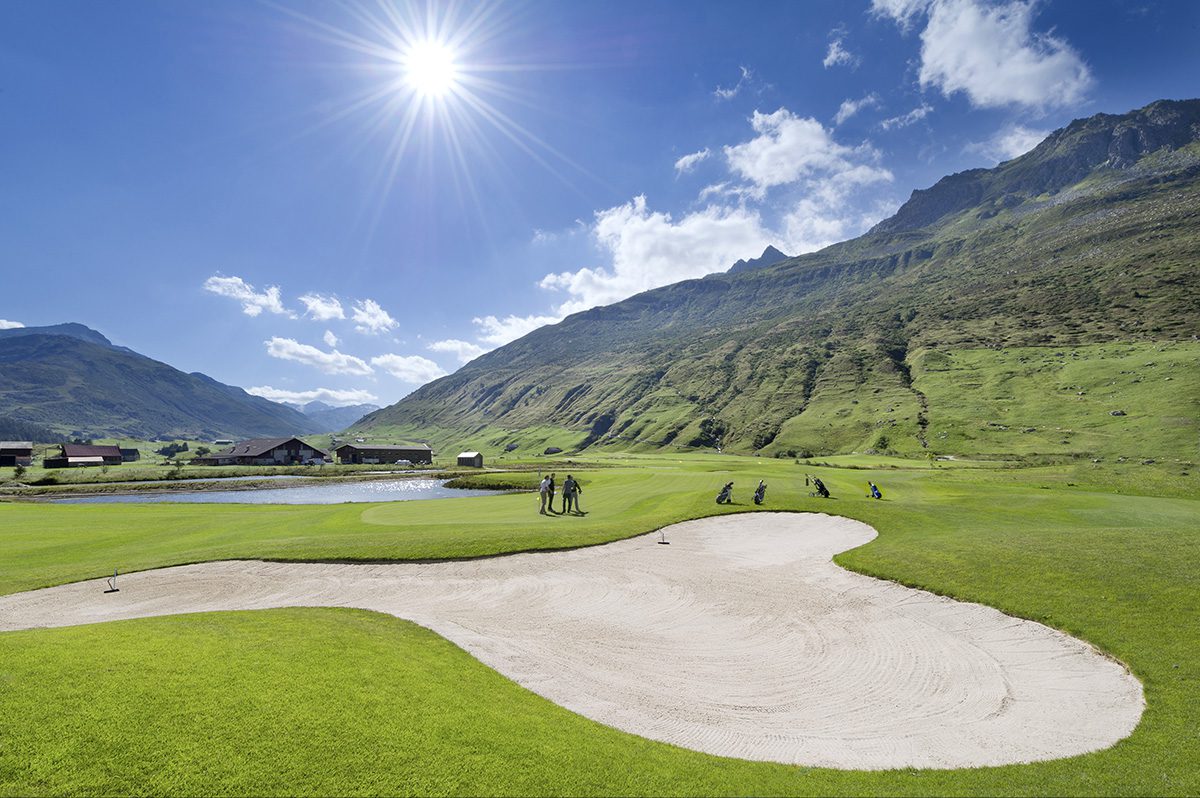
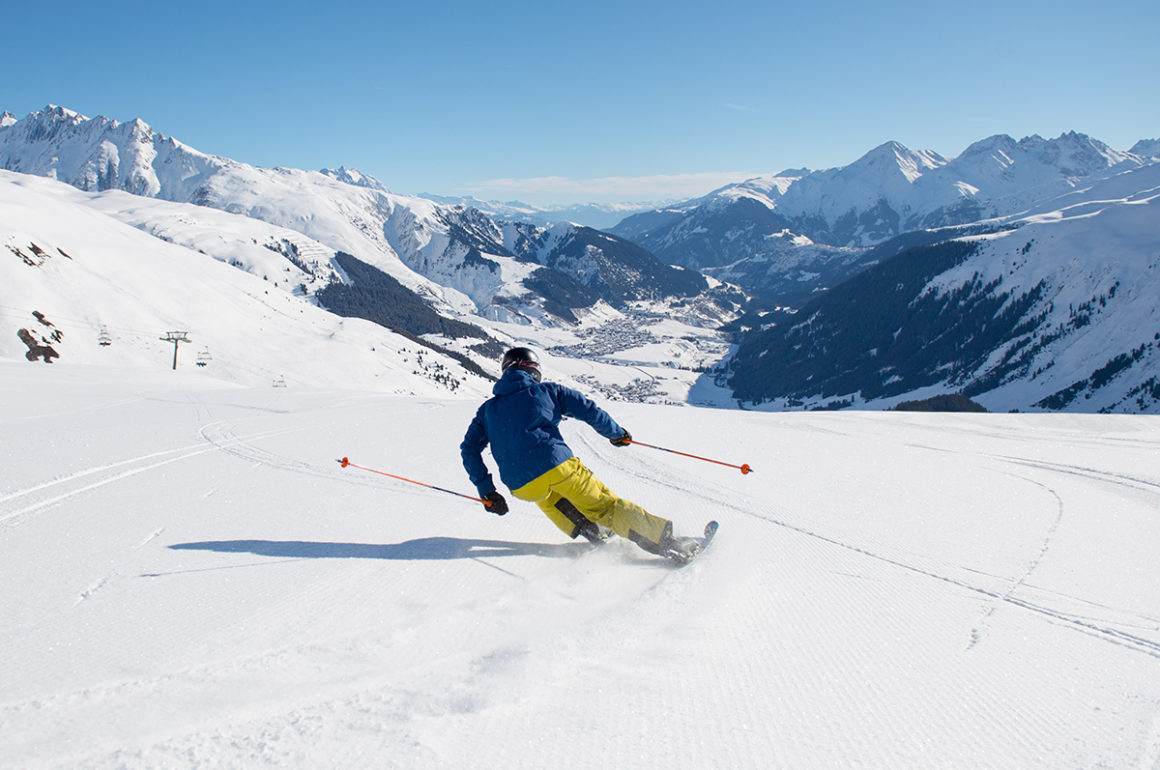

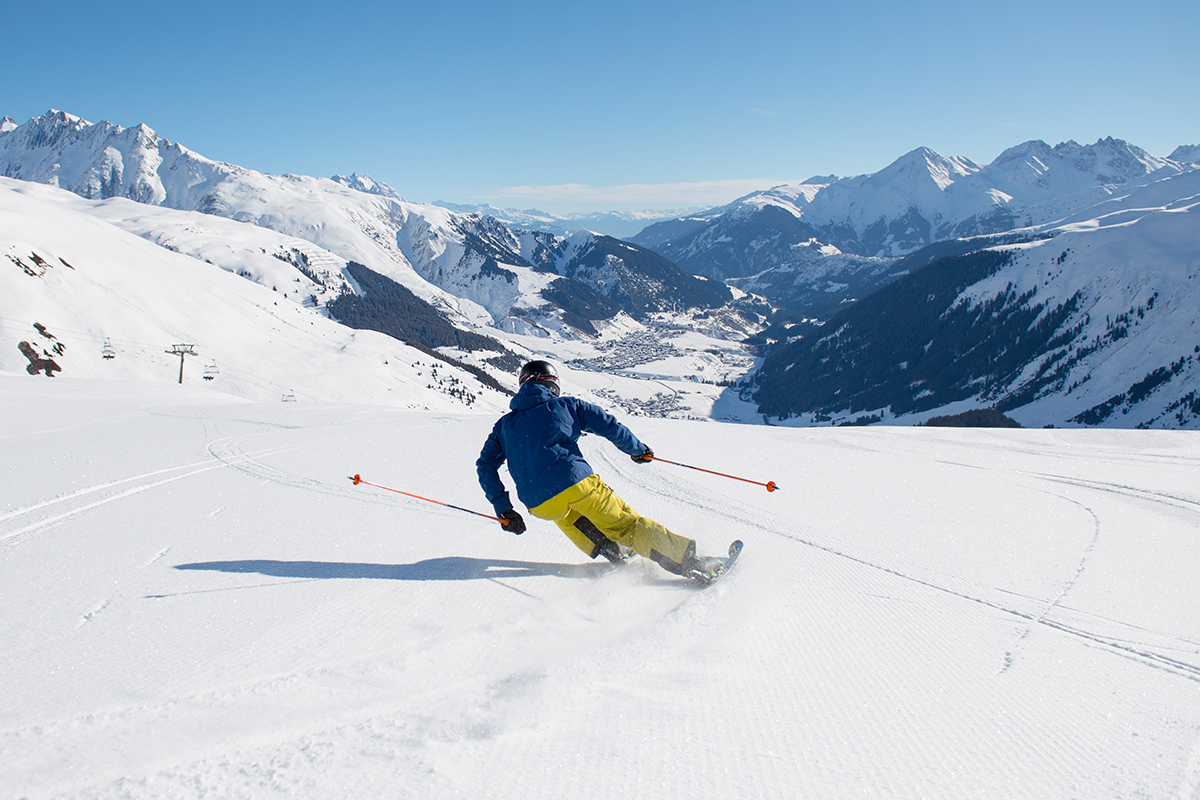


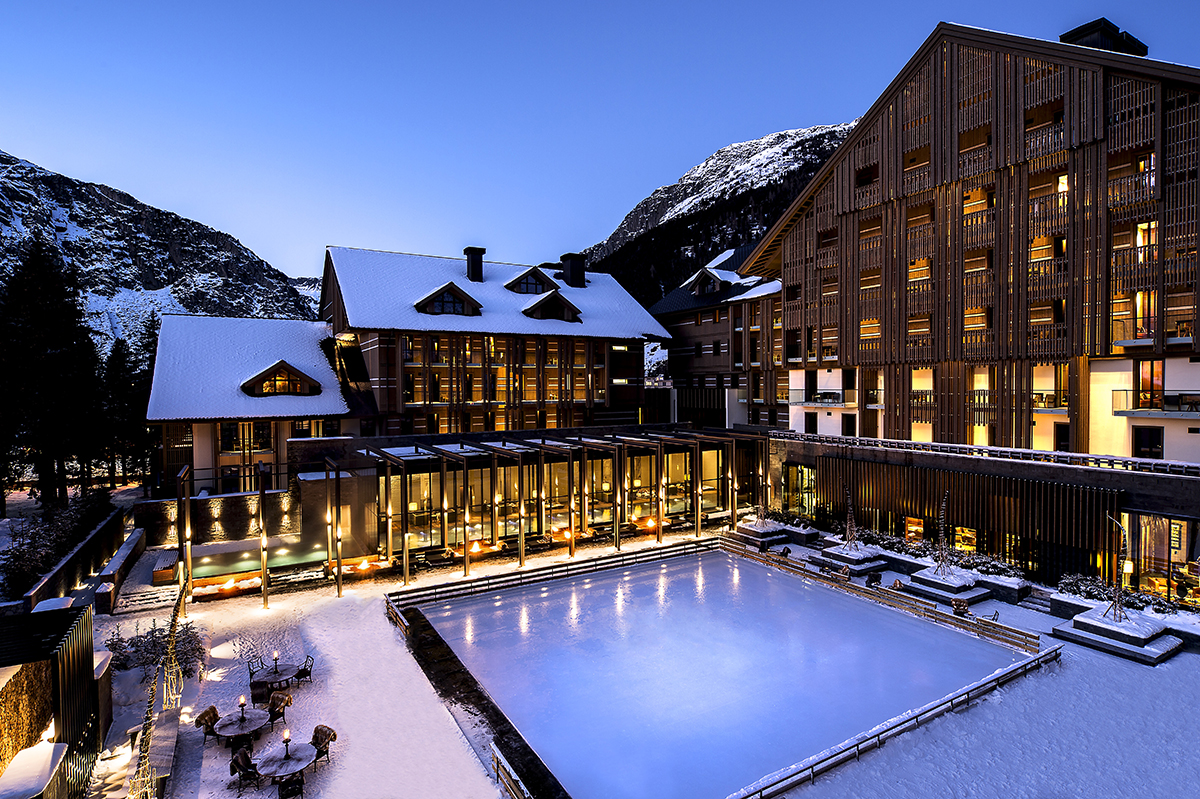
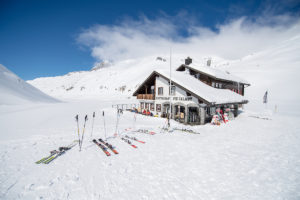
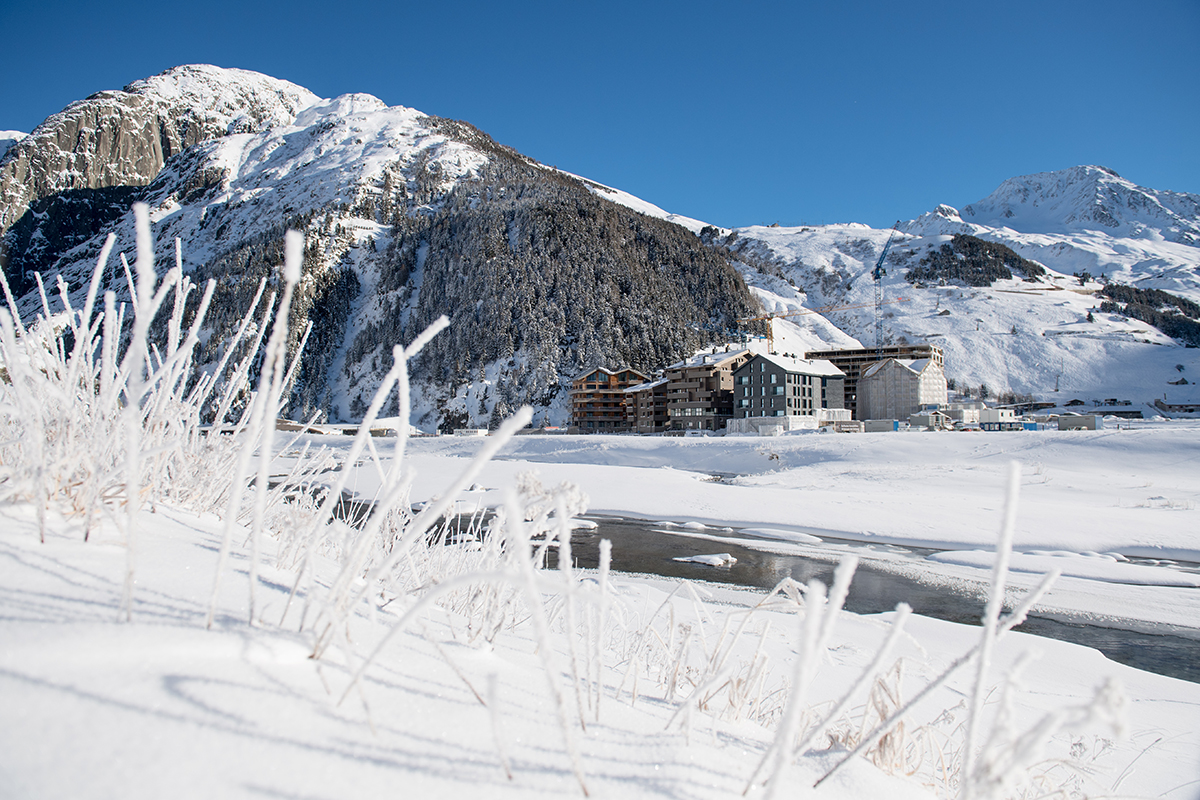

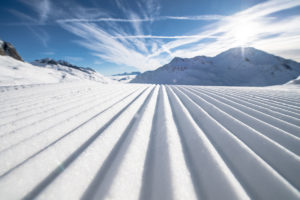
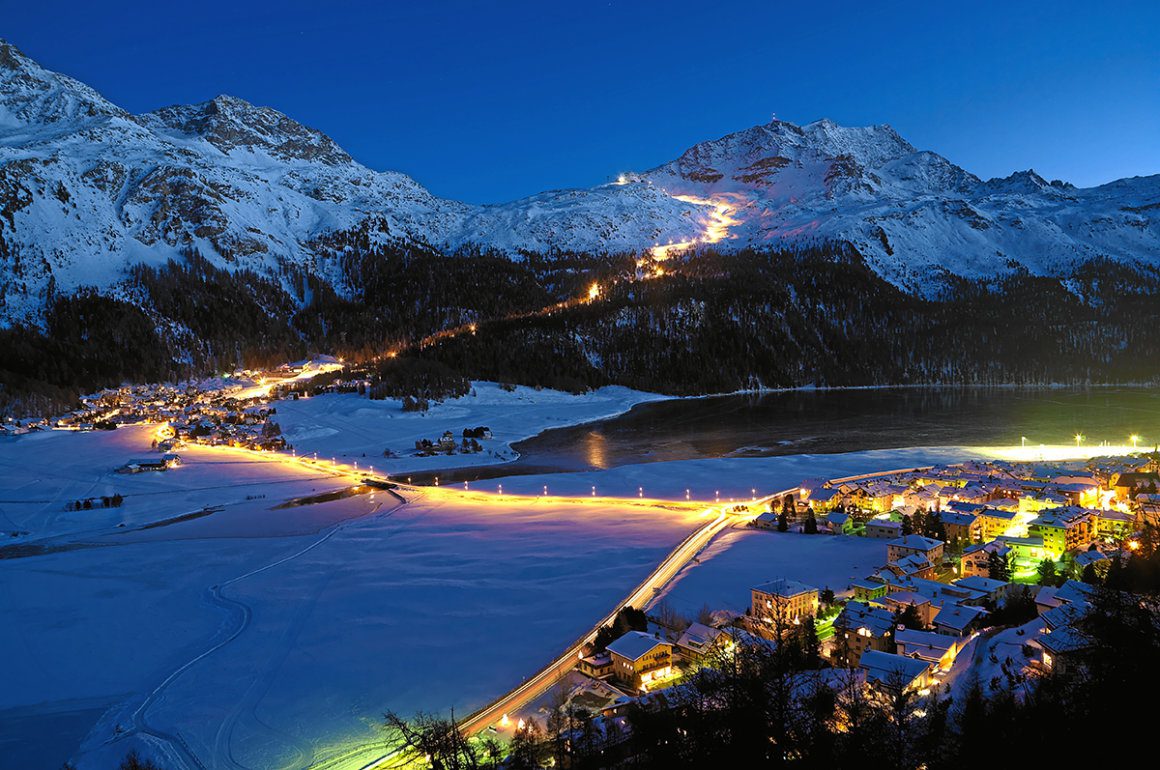
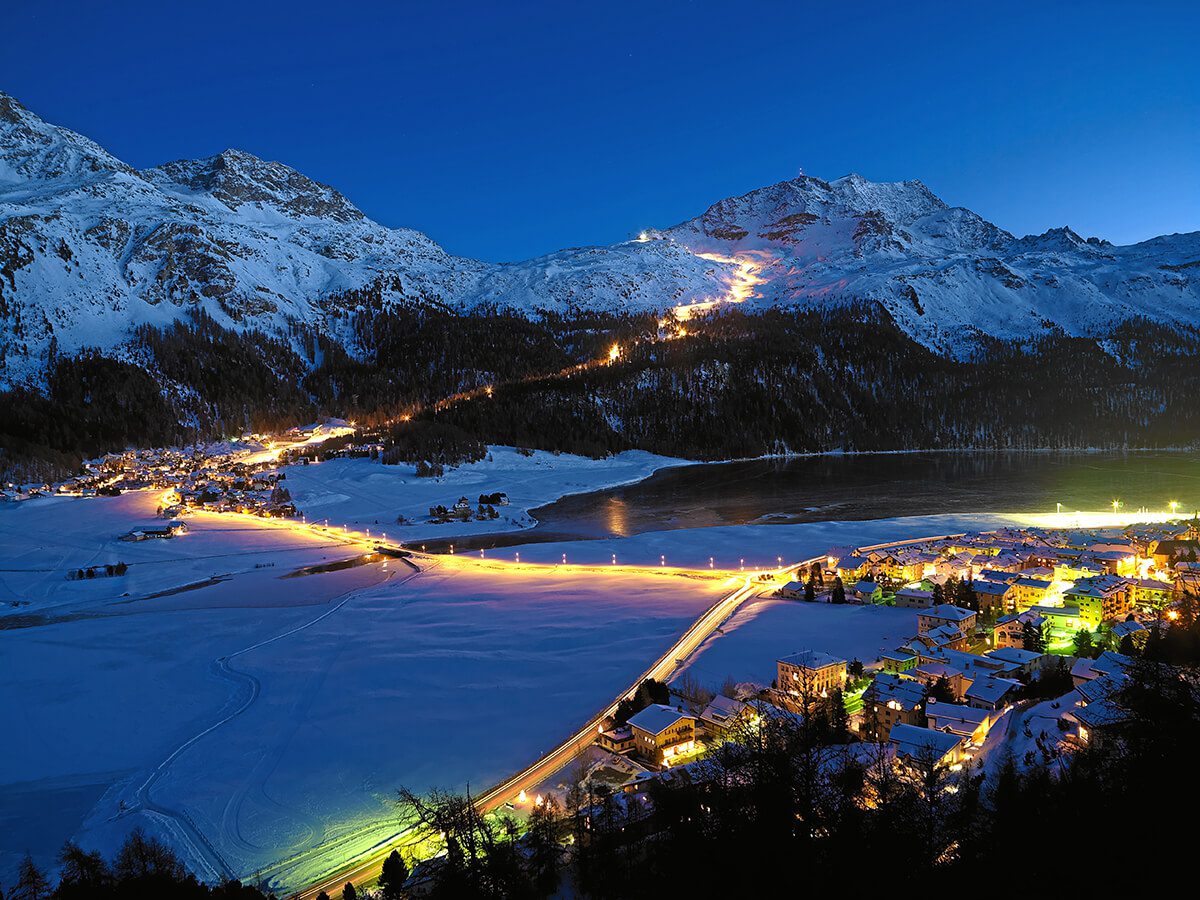
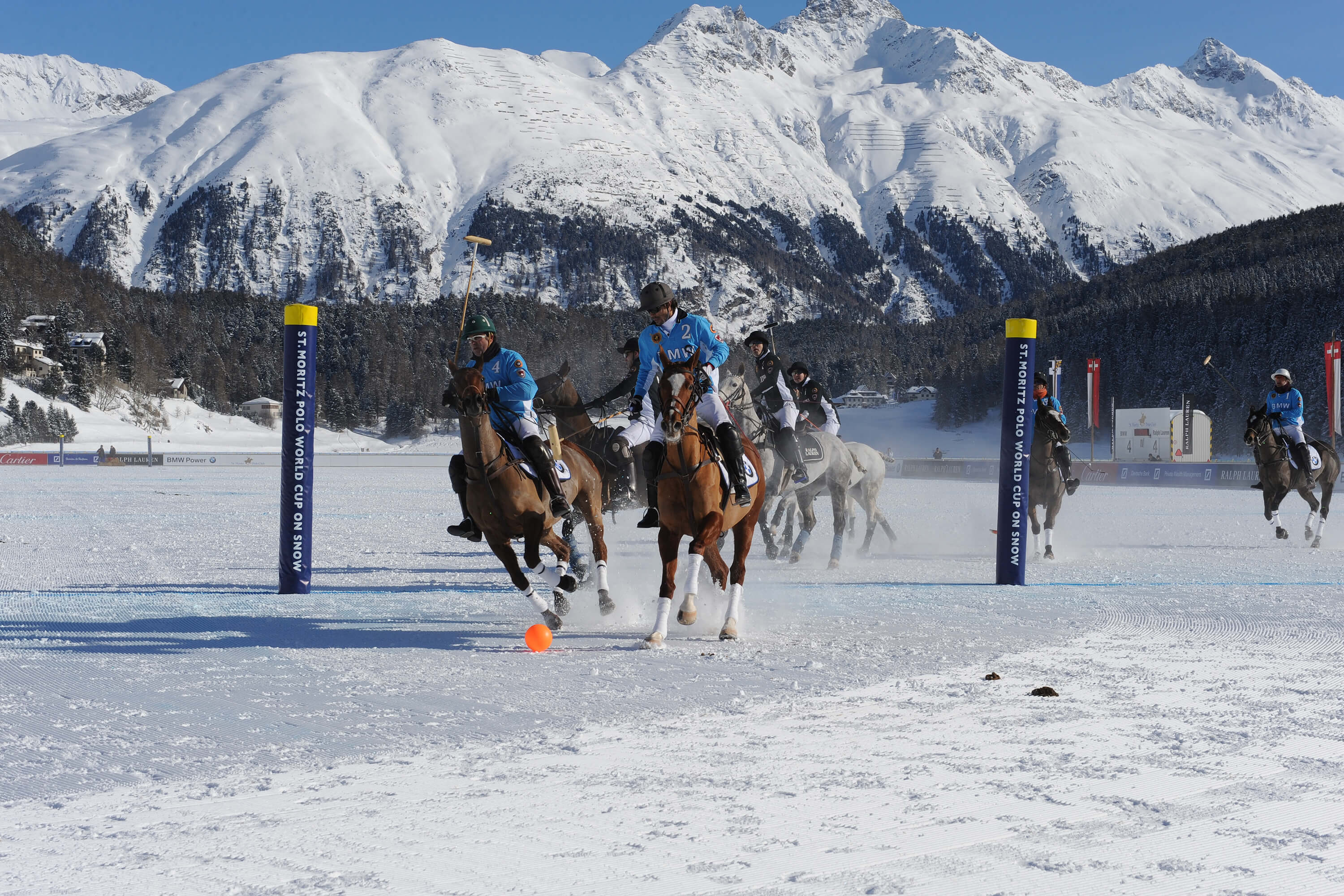
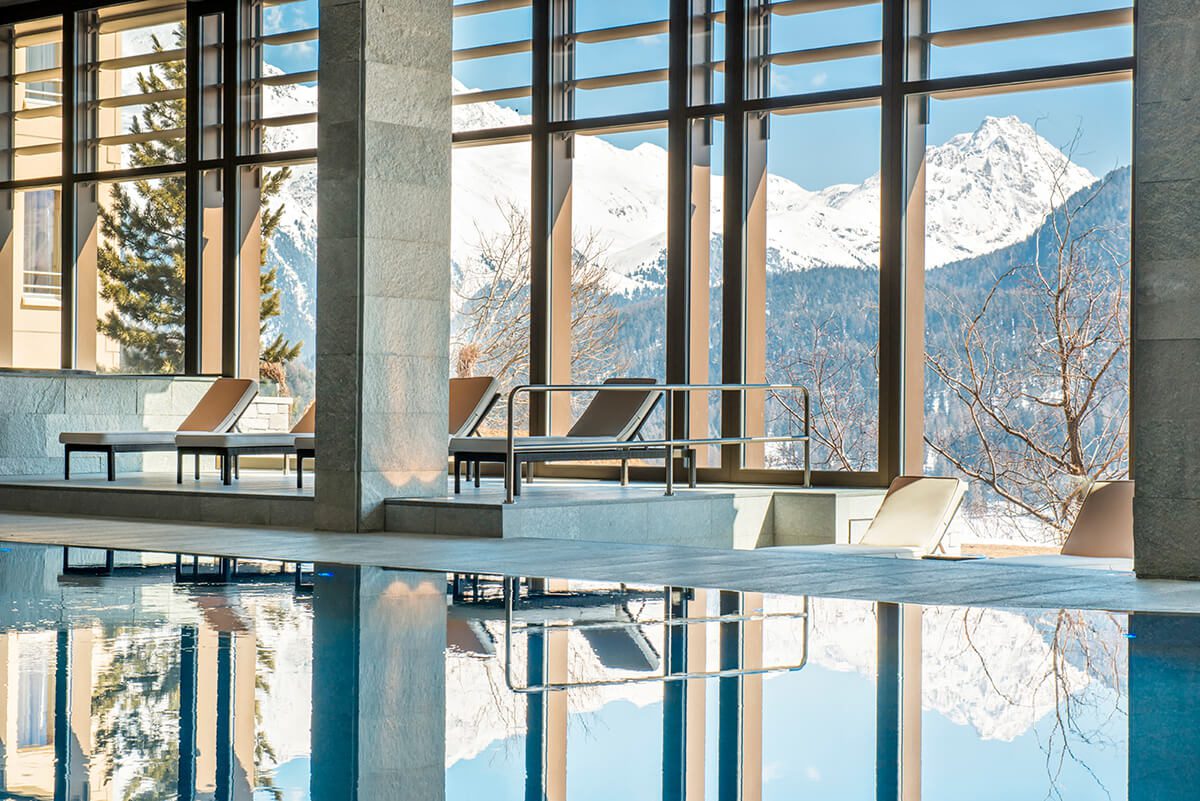
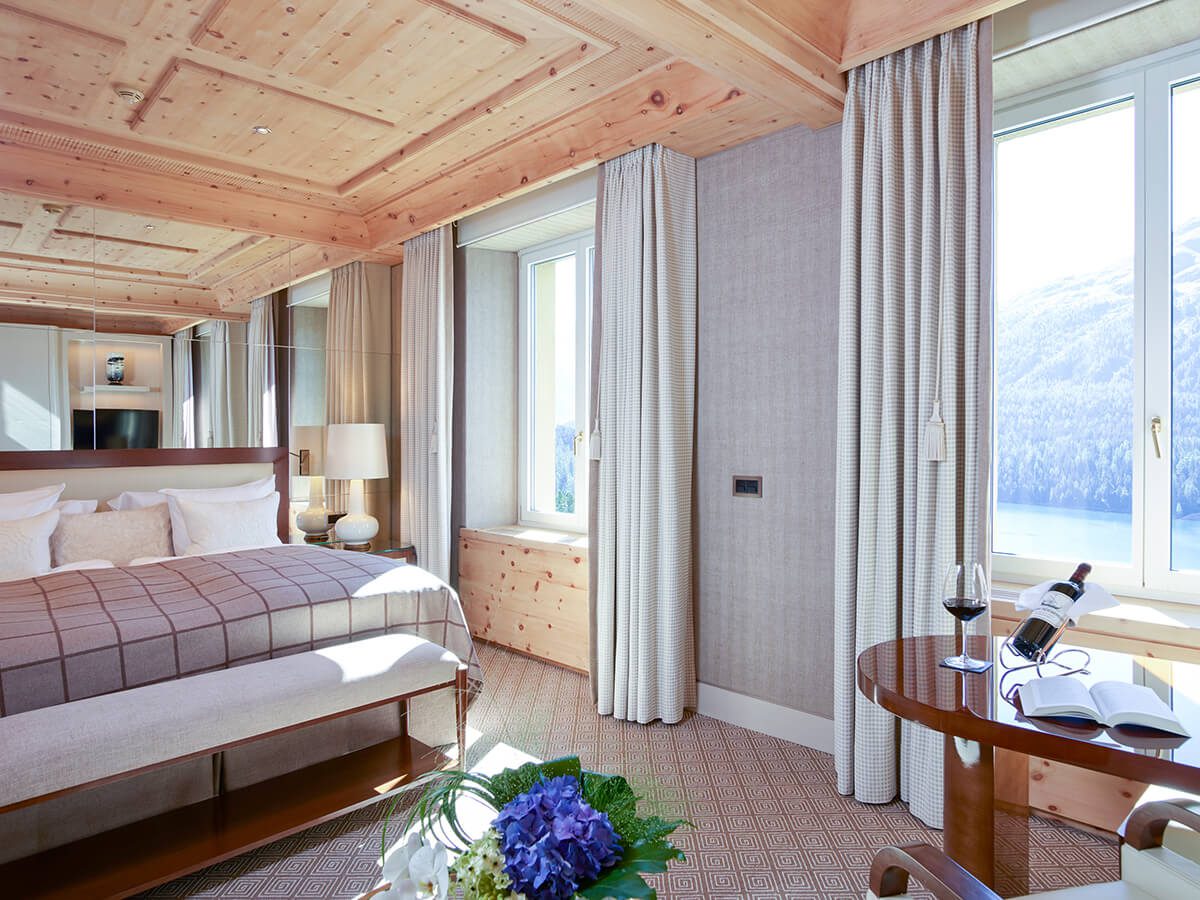
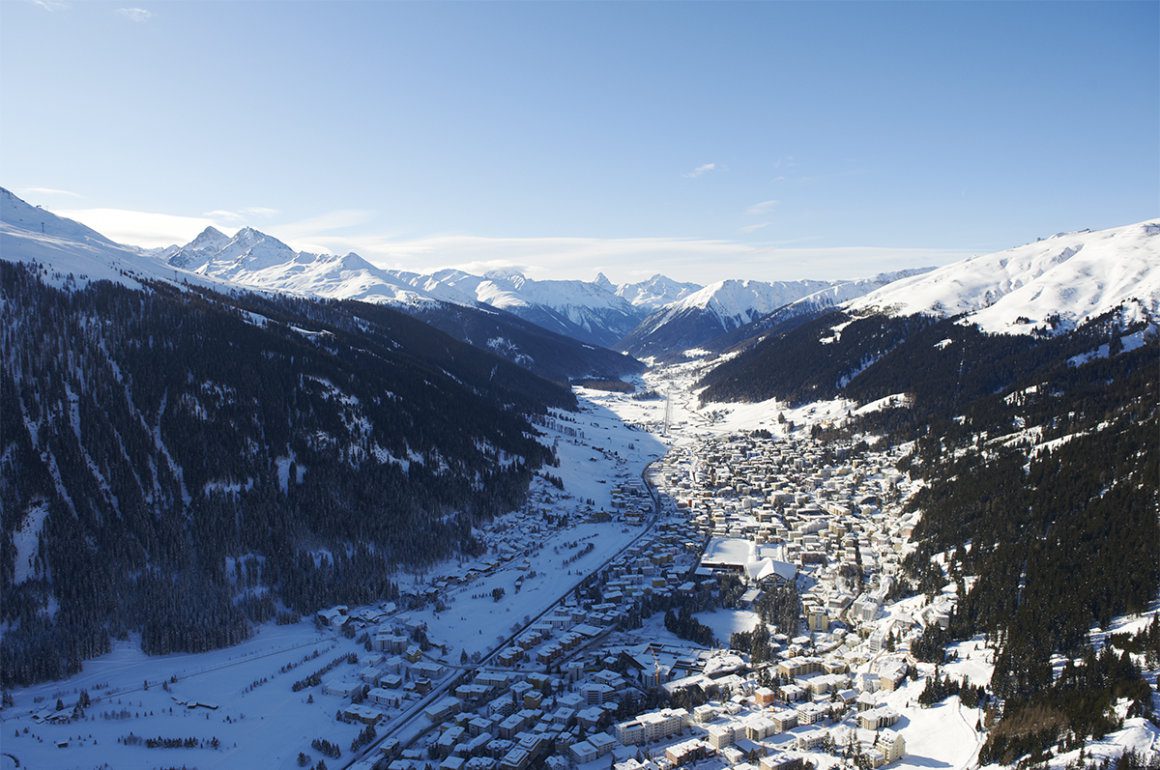
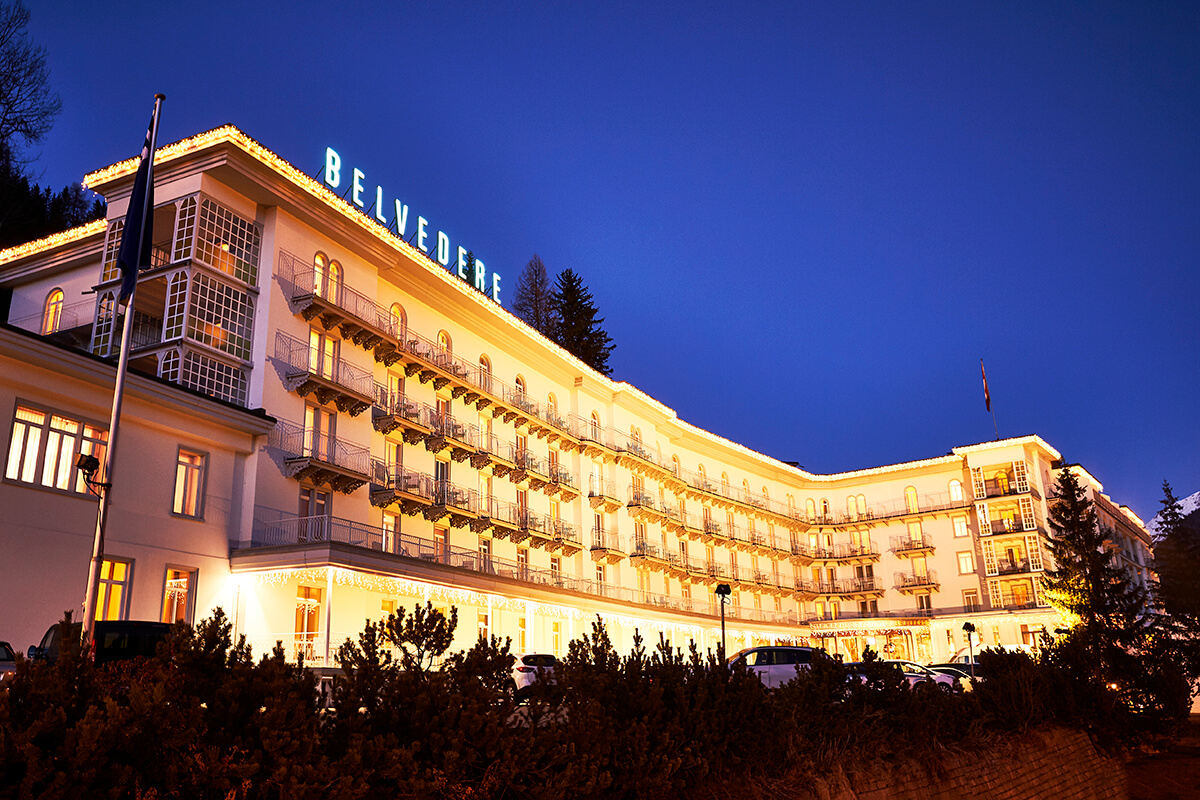
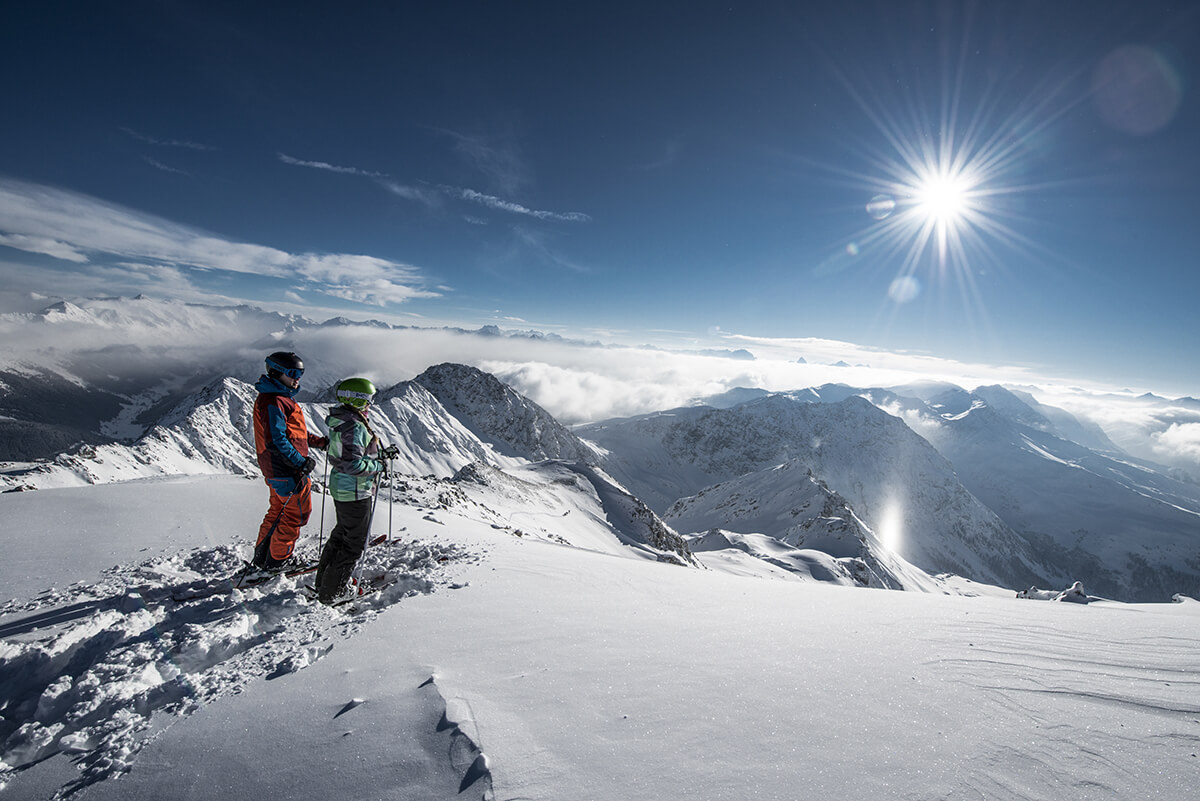
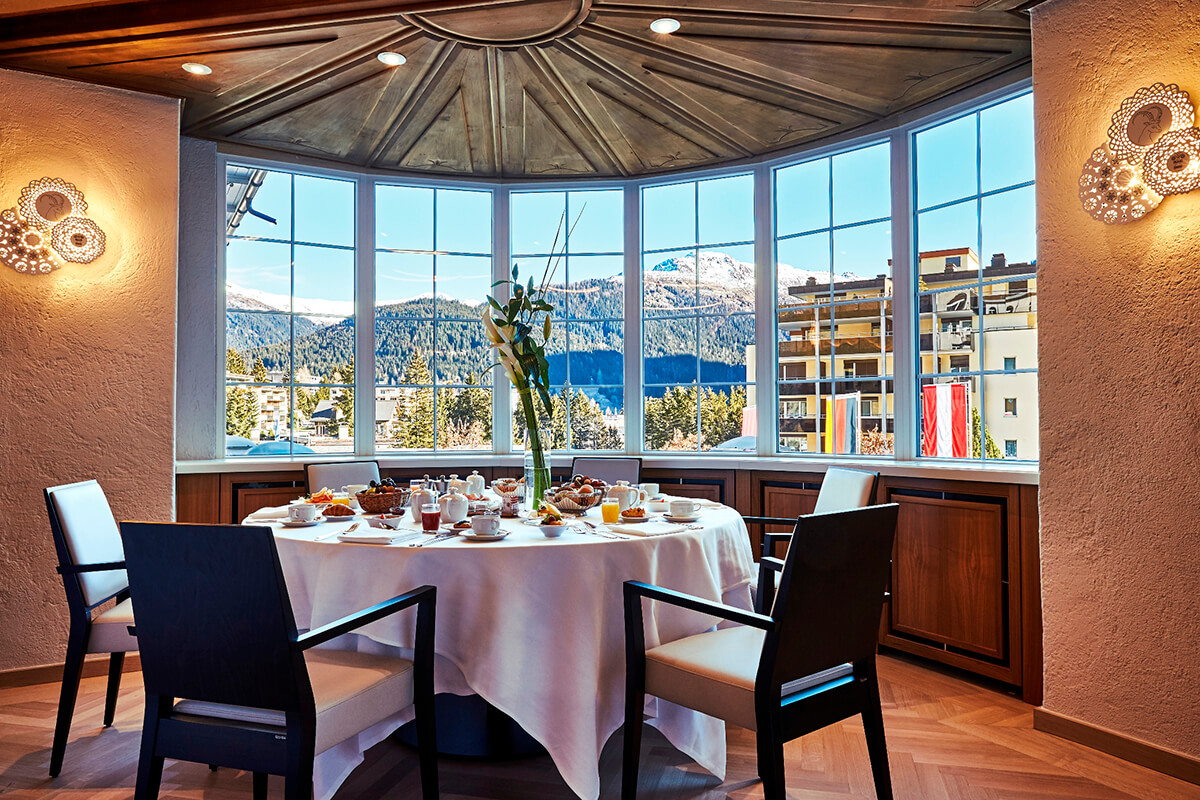
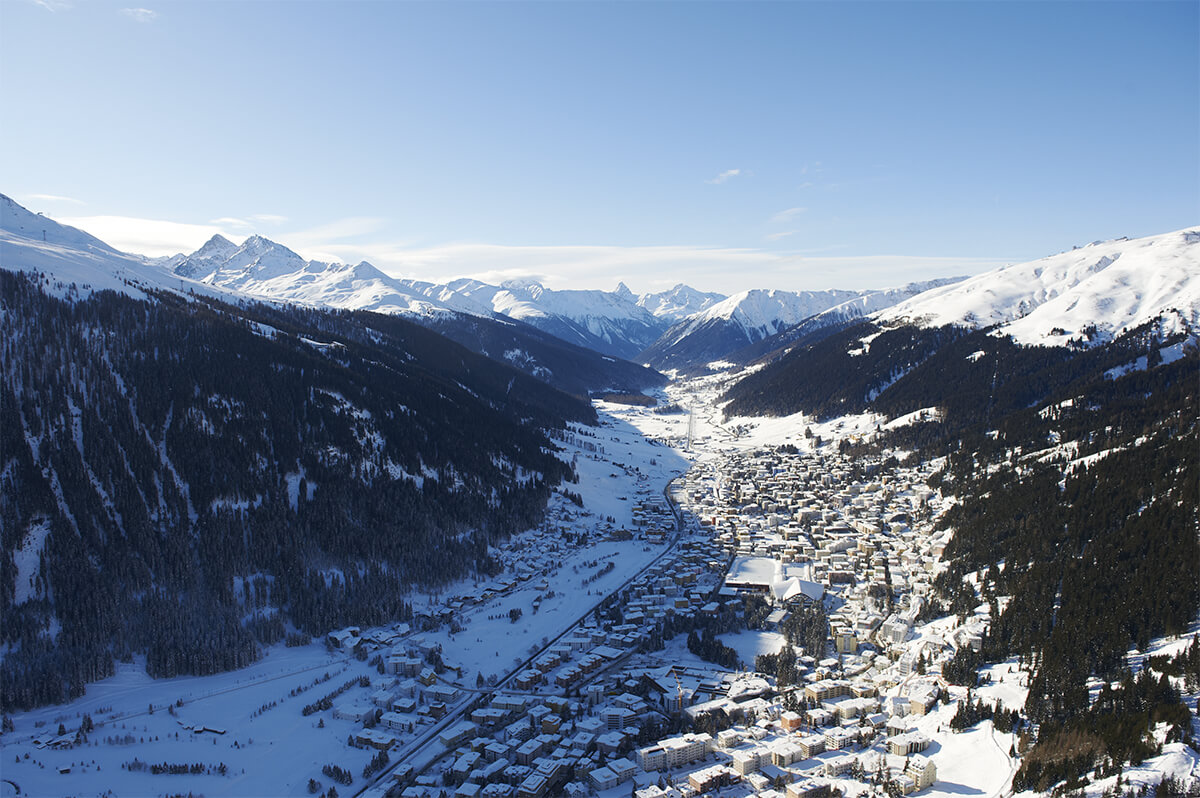
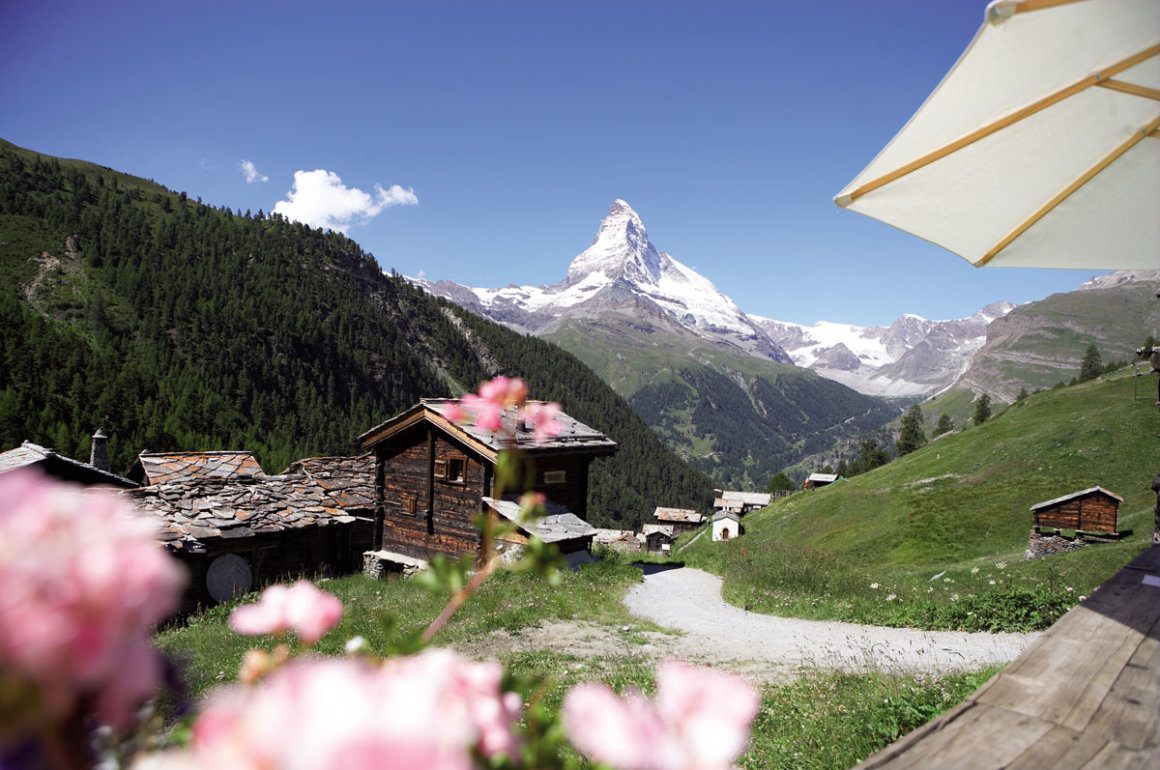
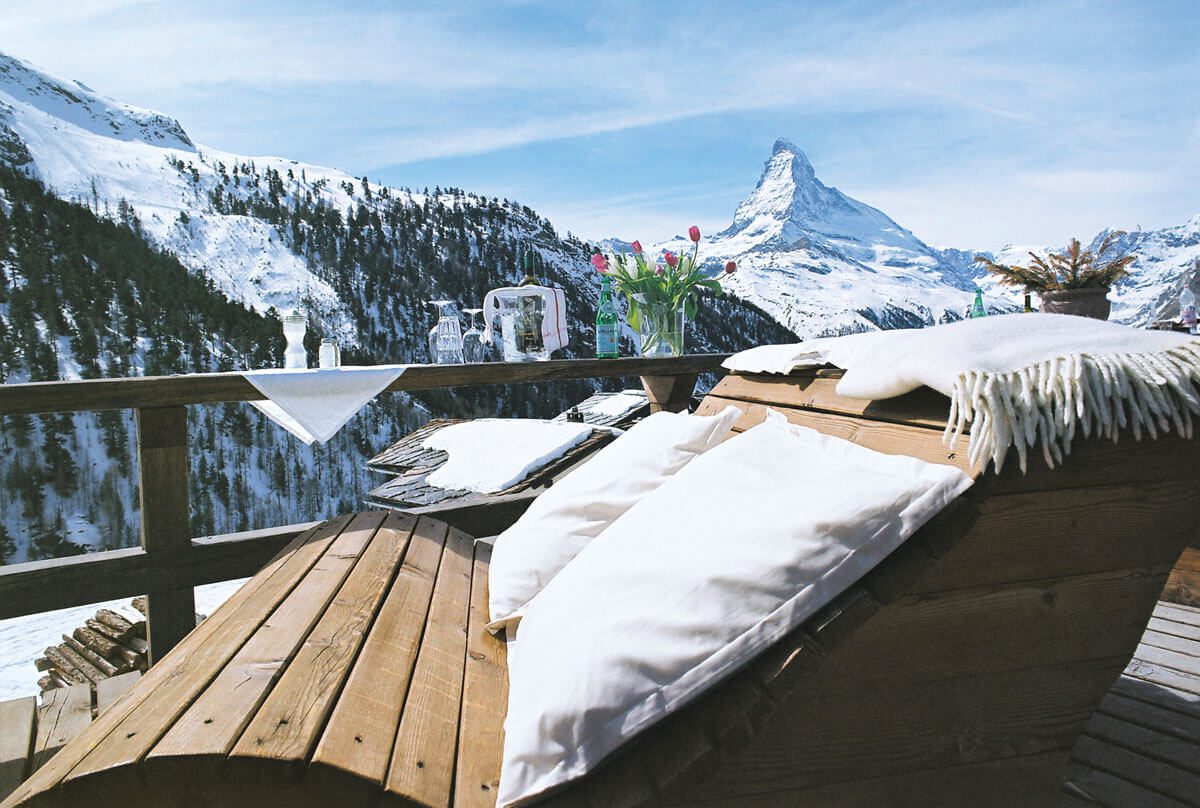
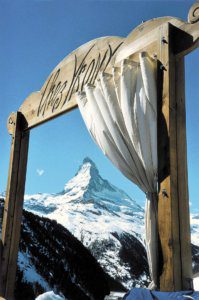
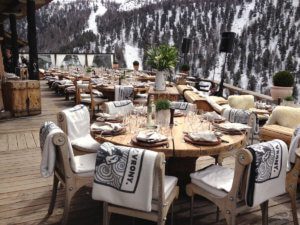
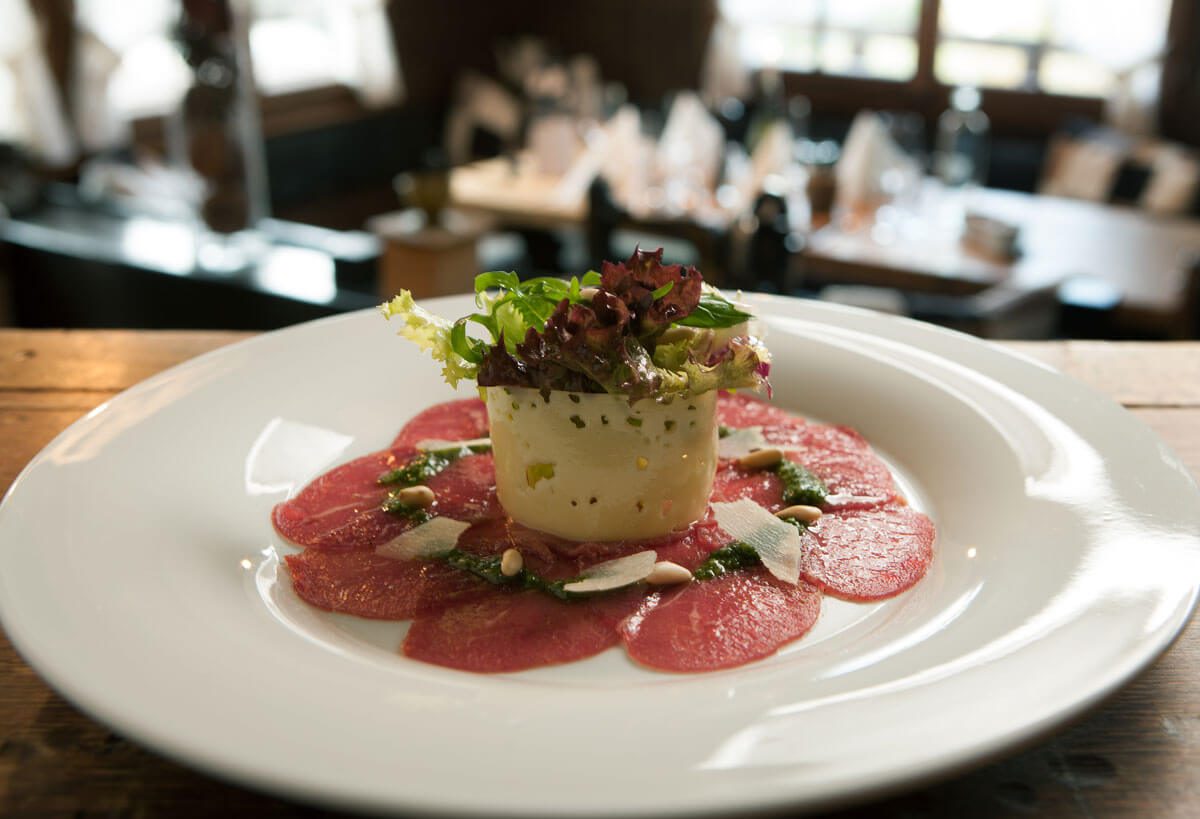





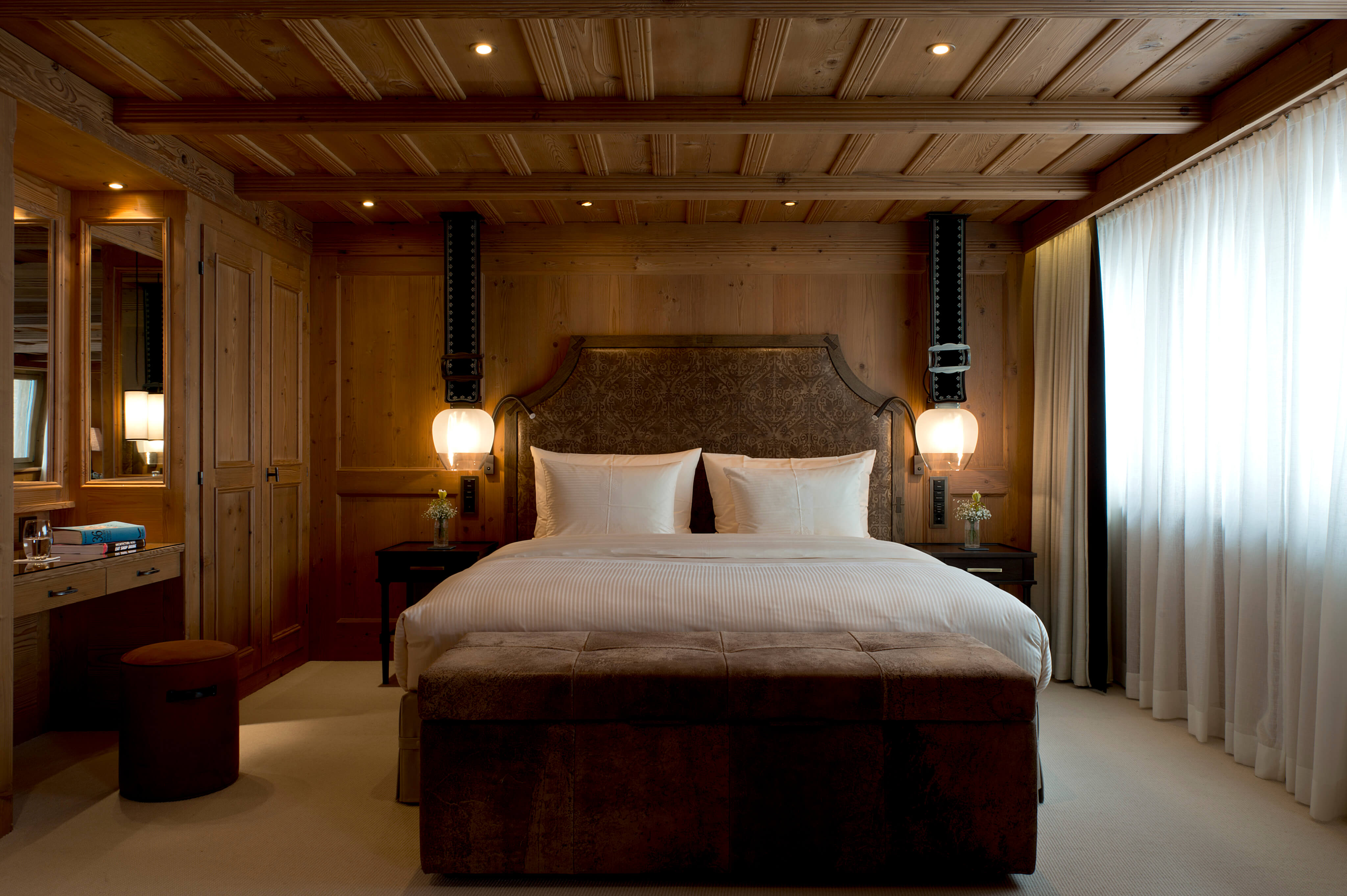
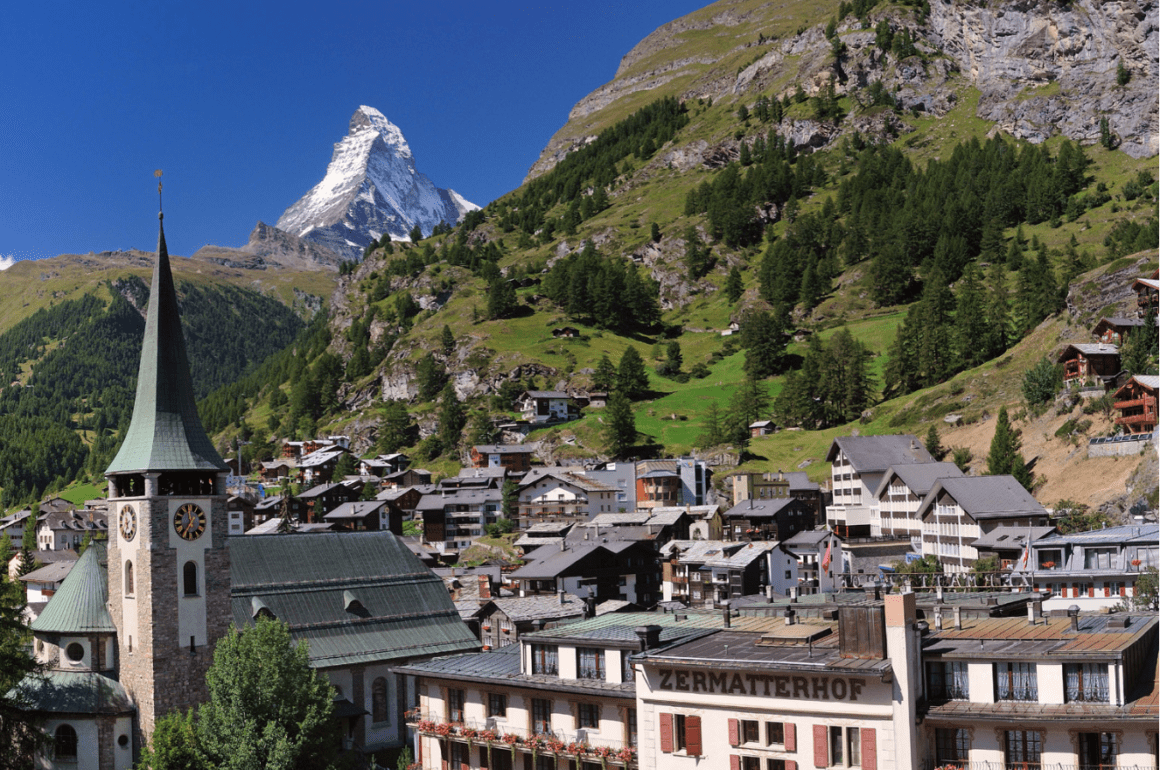






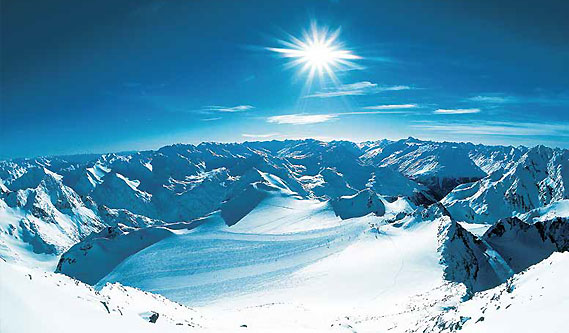









Recent Comments